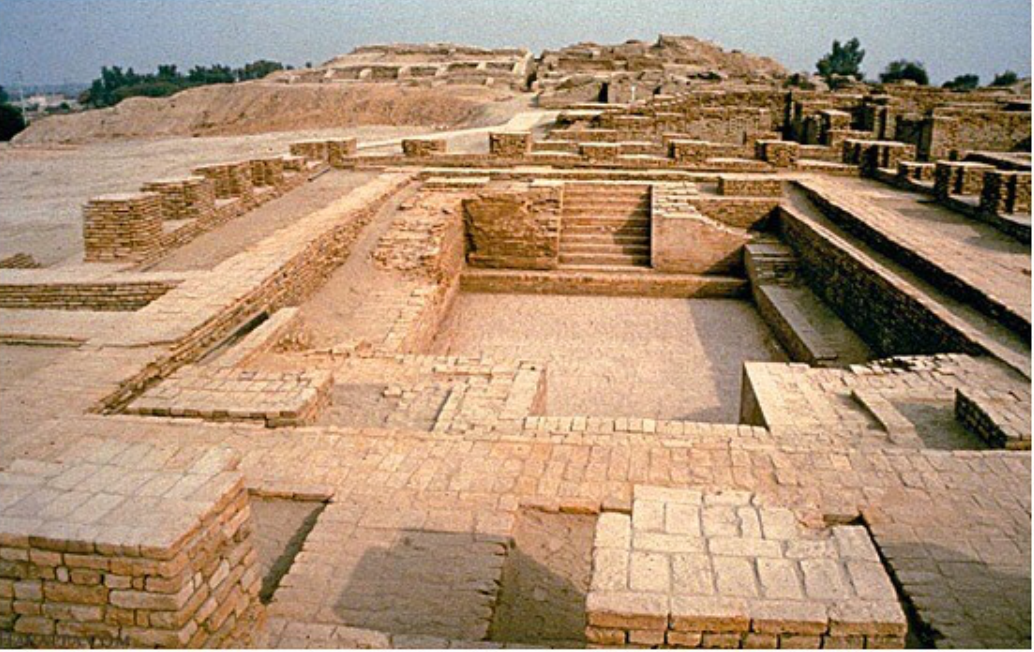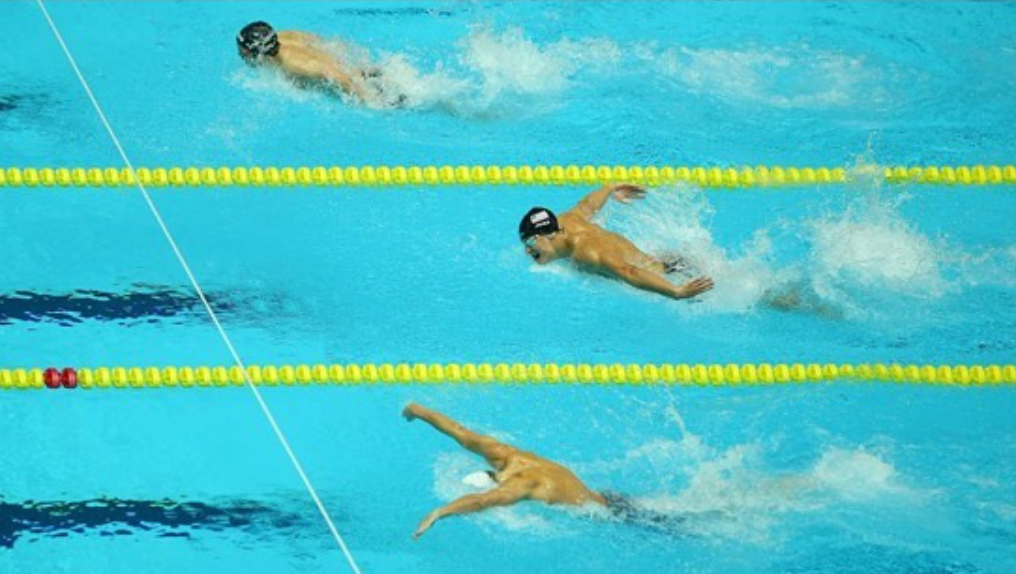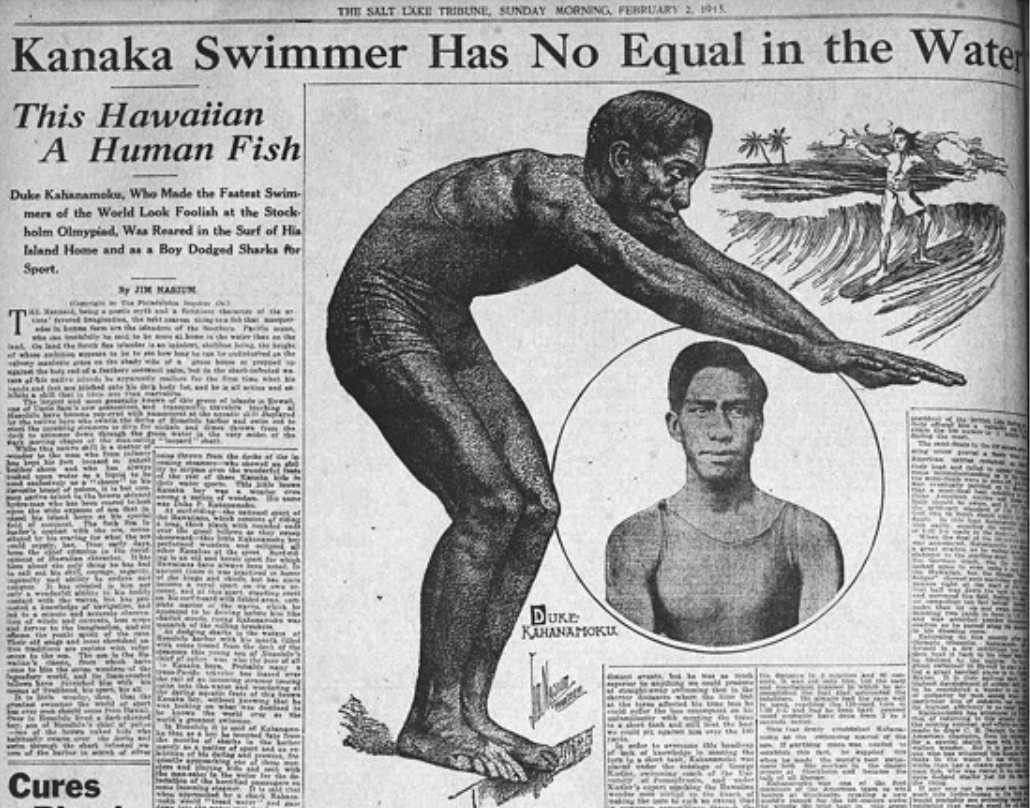A journal filled with musings and informal essays—written or visual—about design, radical imagination, and tidbits of life. Usually written hastily in my phone's note app, on the ferry into town, or in the early morning hours before the day fully begins.
- Oct 14, 2025
Tentacular (En)Tanglement: From the Passive to the Active Tense in Graphic Design
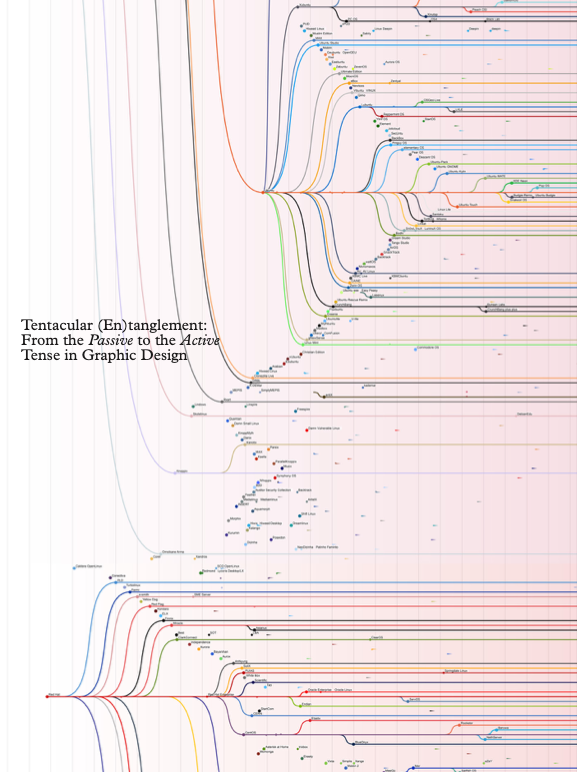 Read the whole thing ↓
Read the whole thing ↓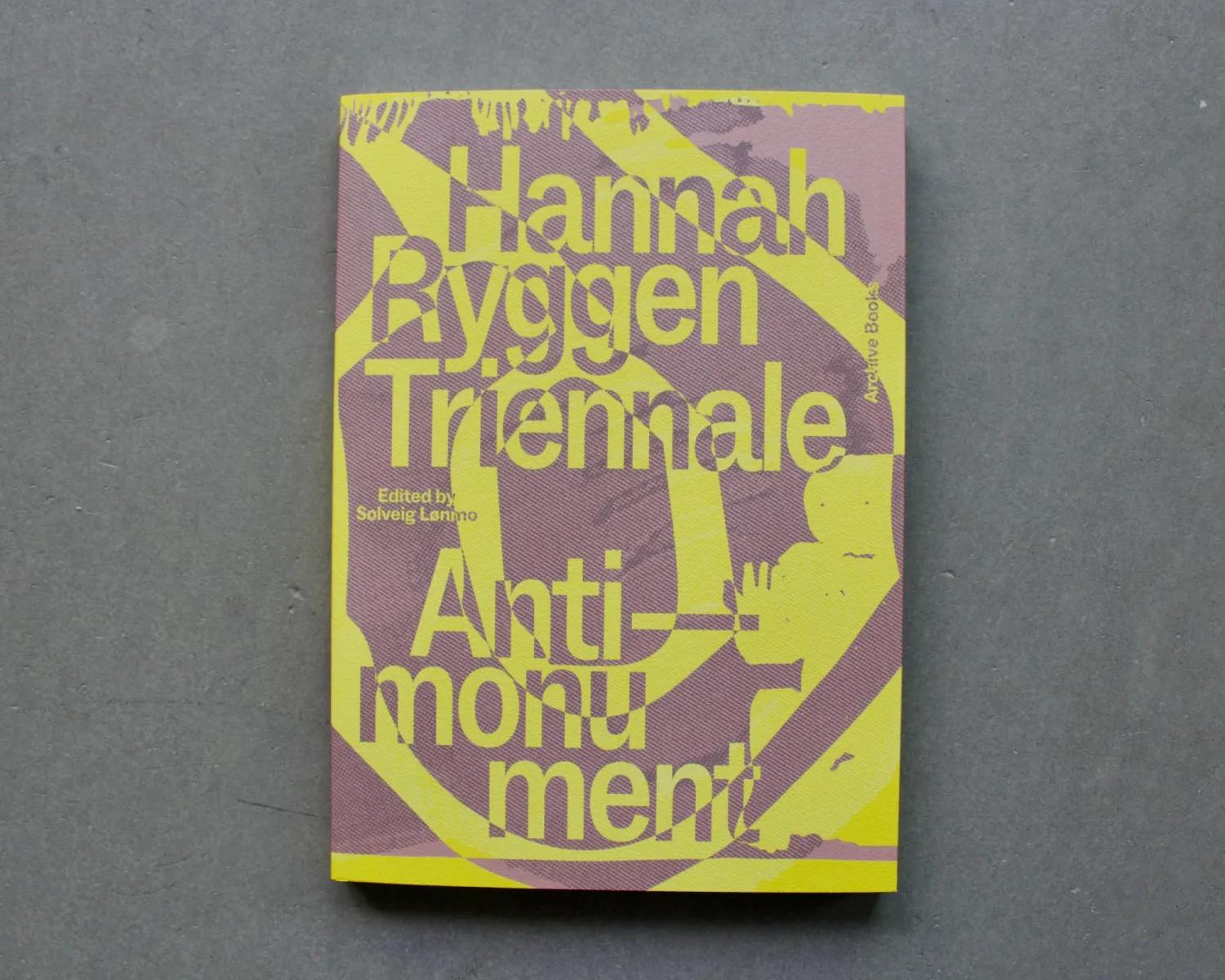



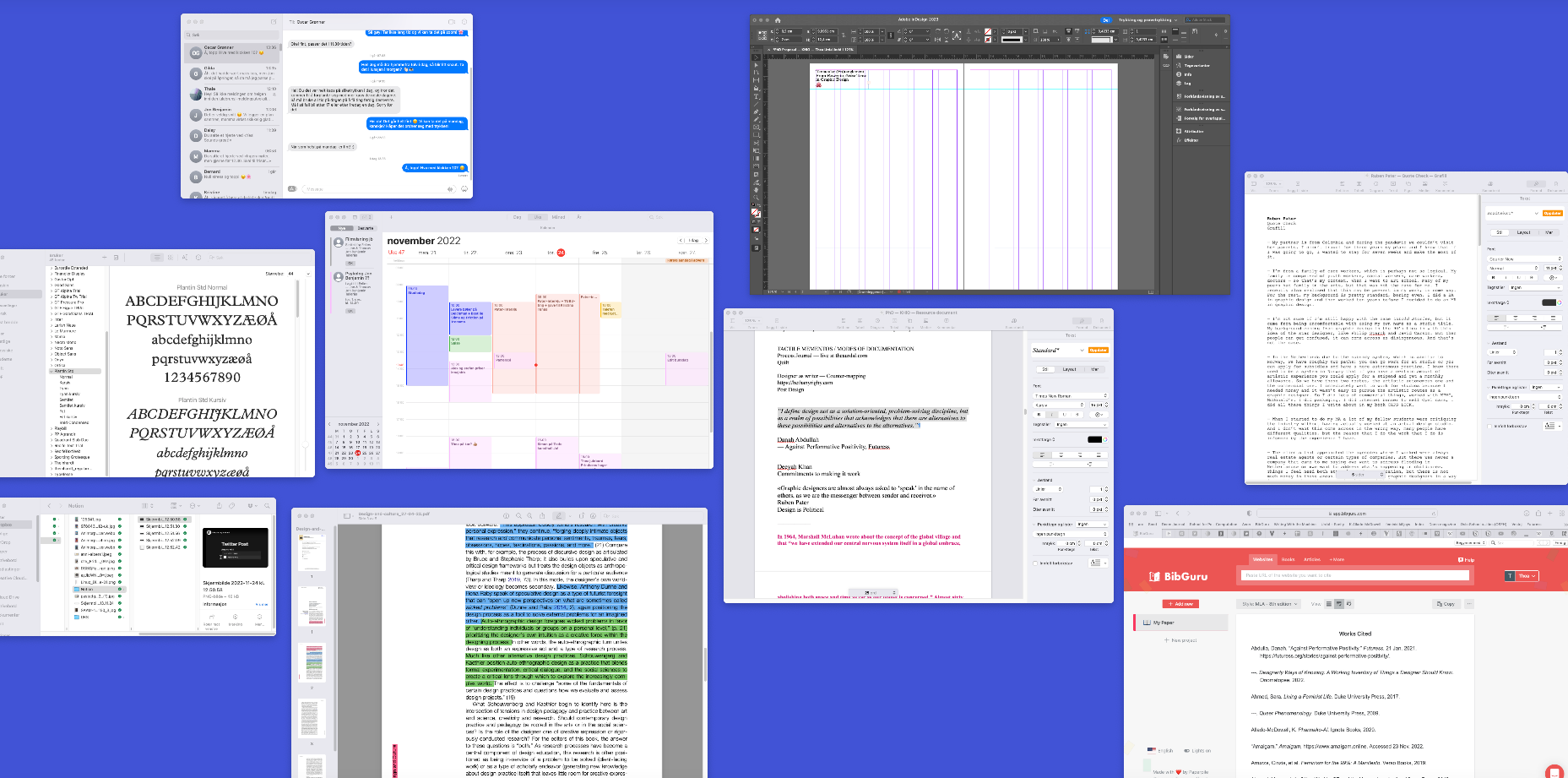



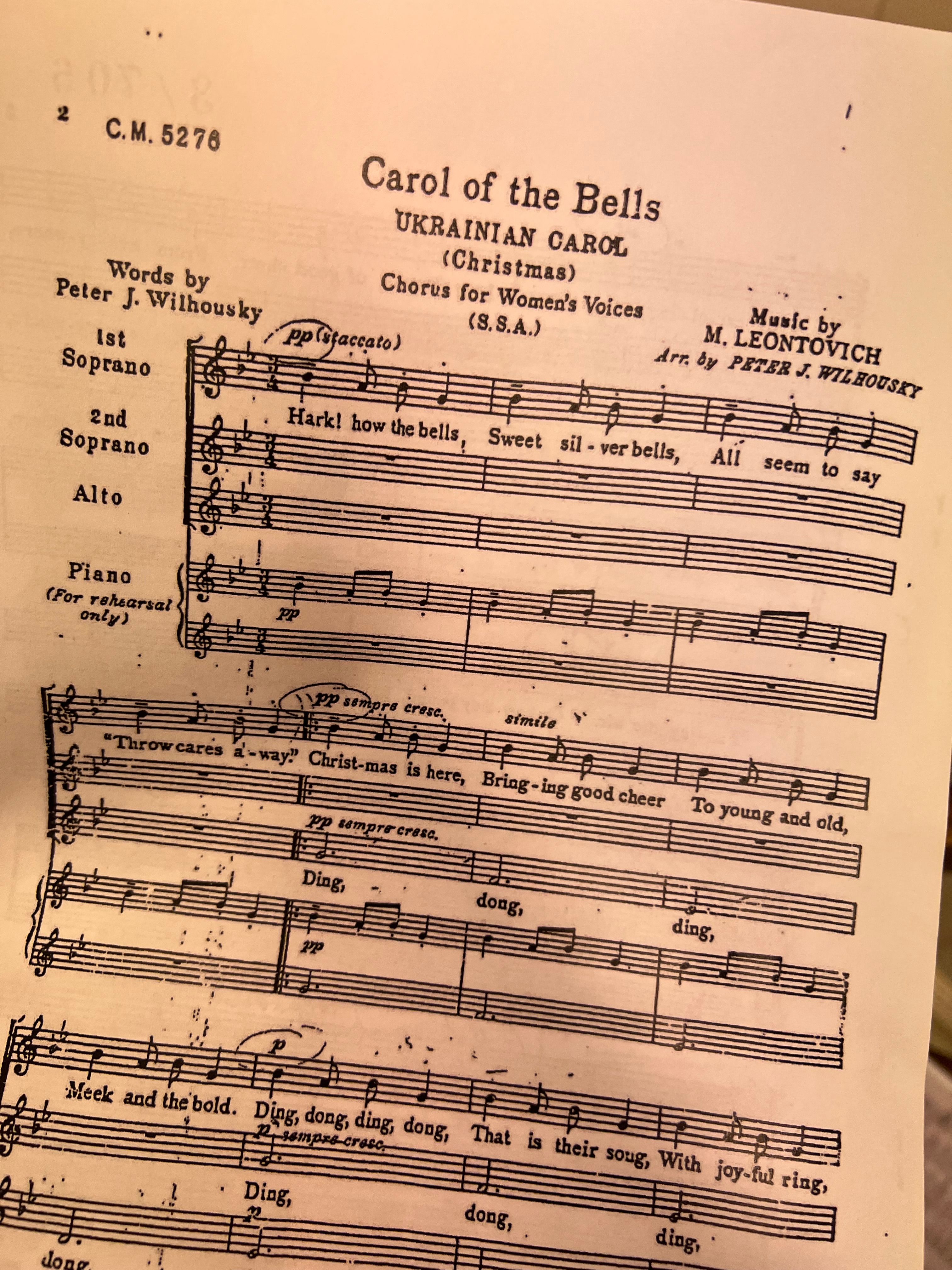
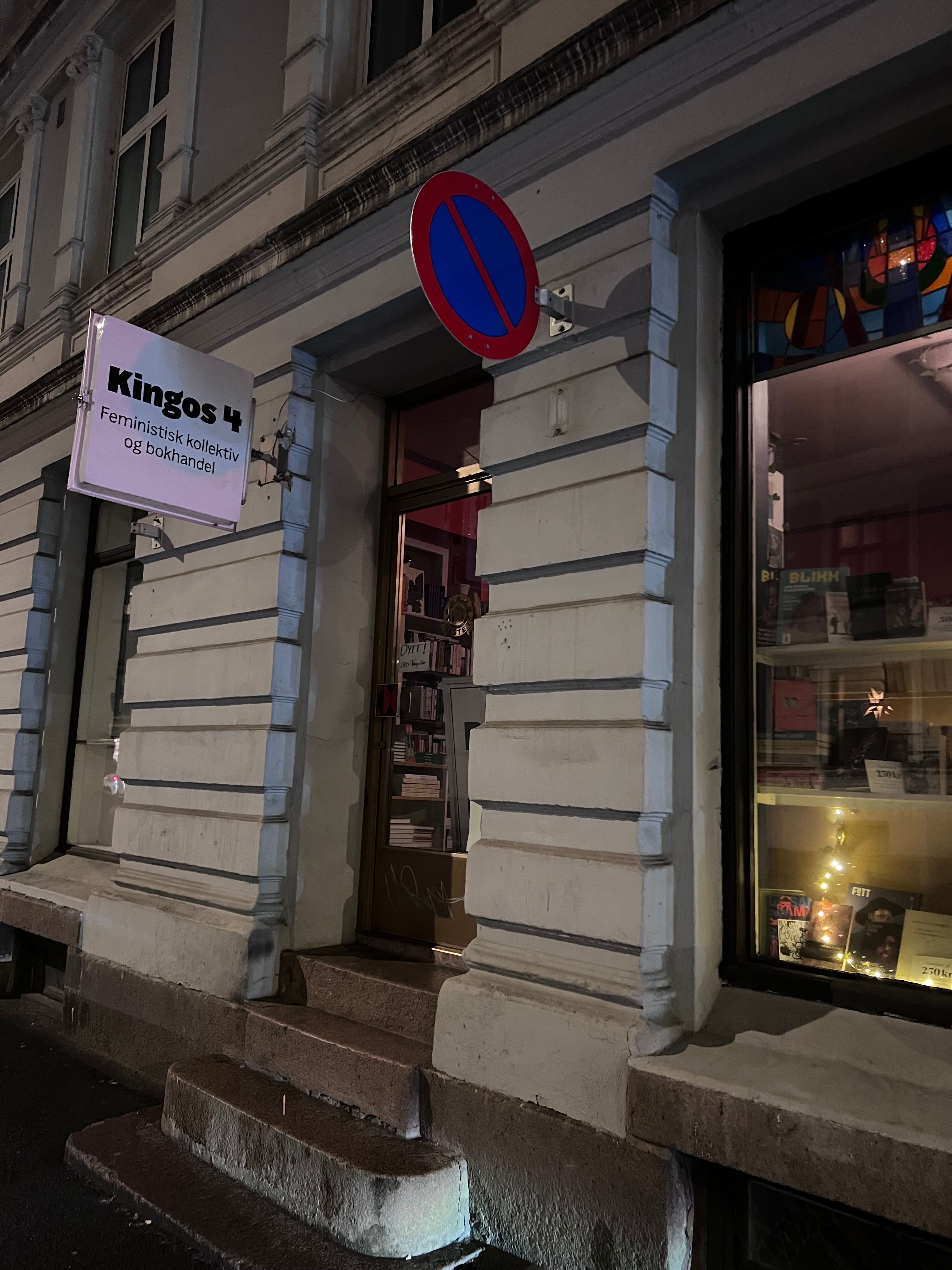
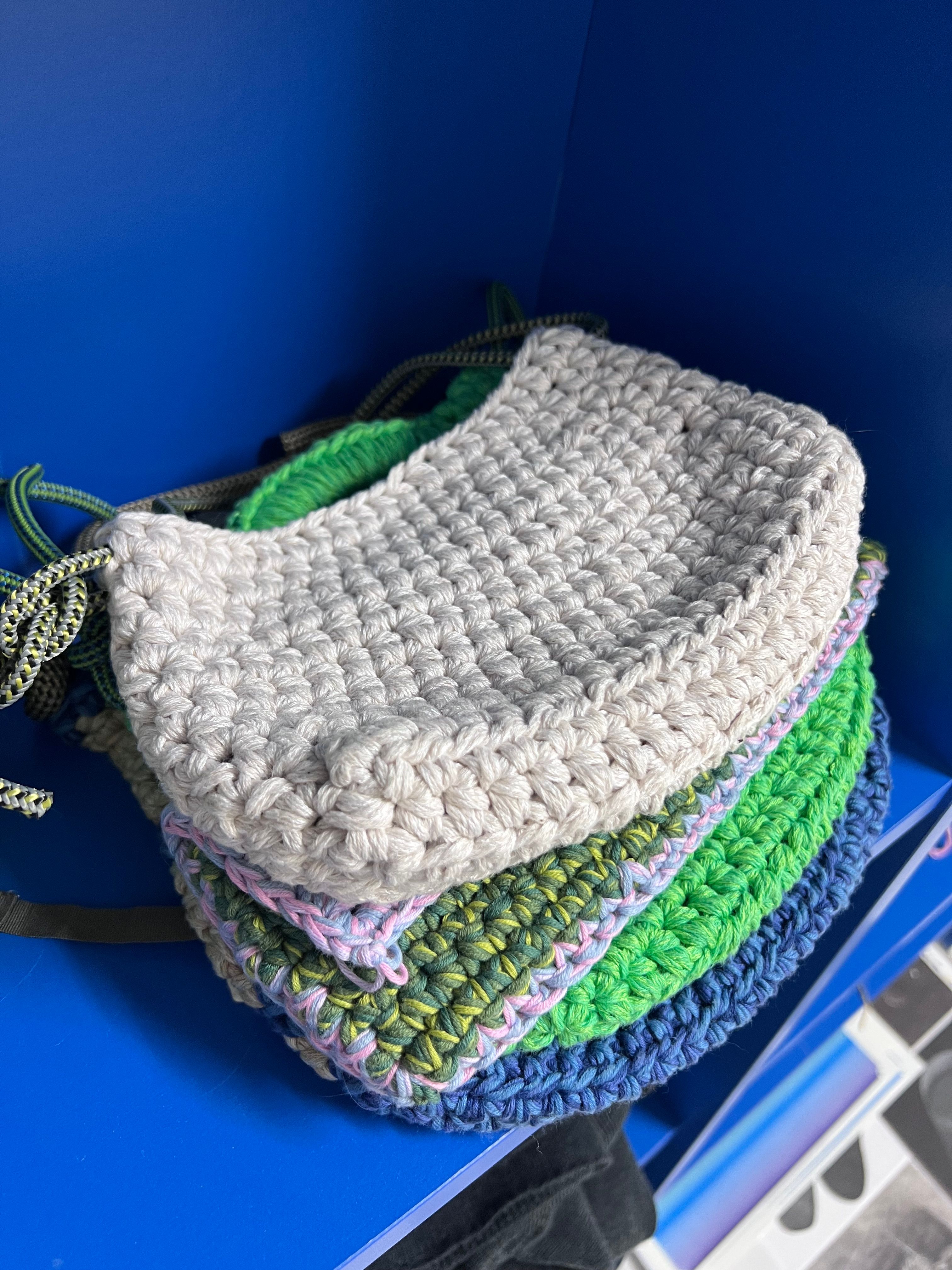
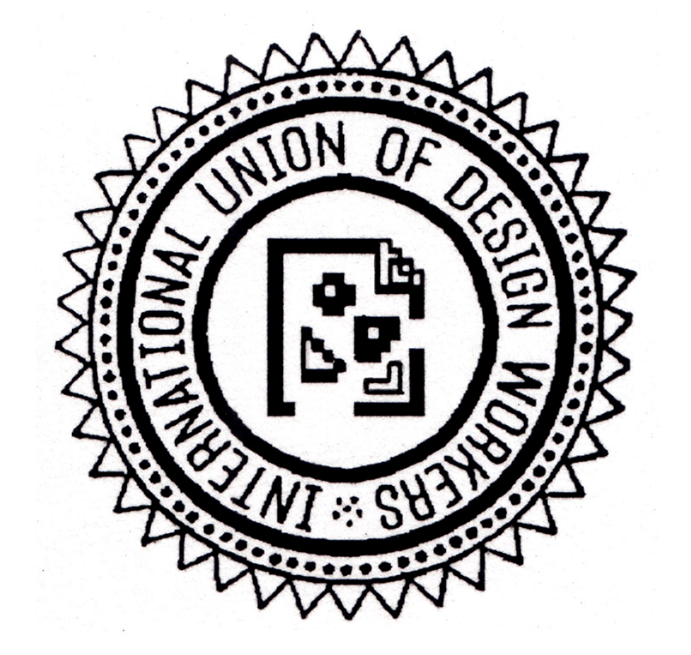

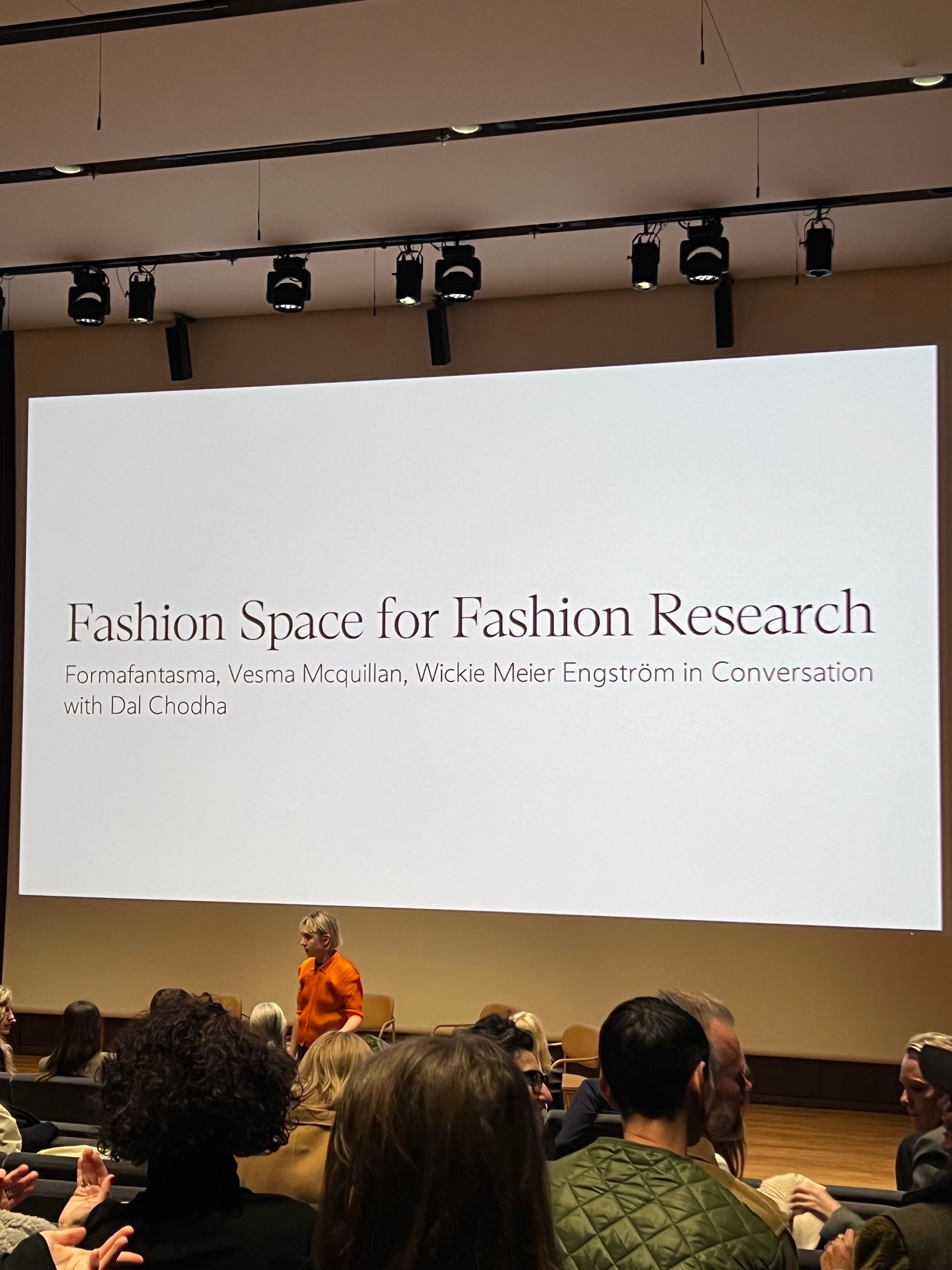
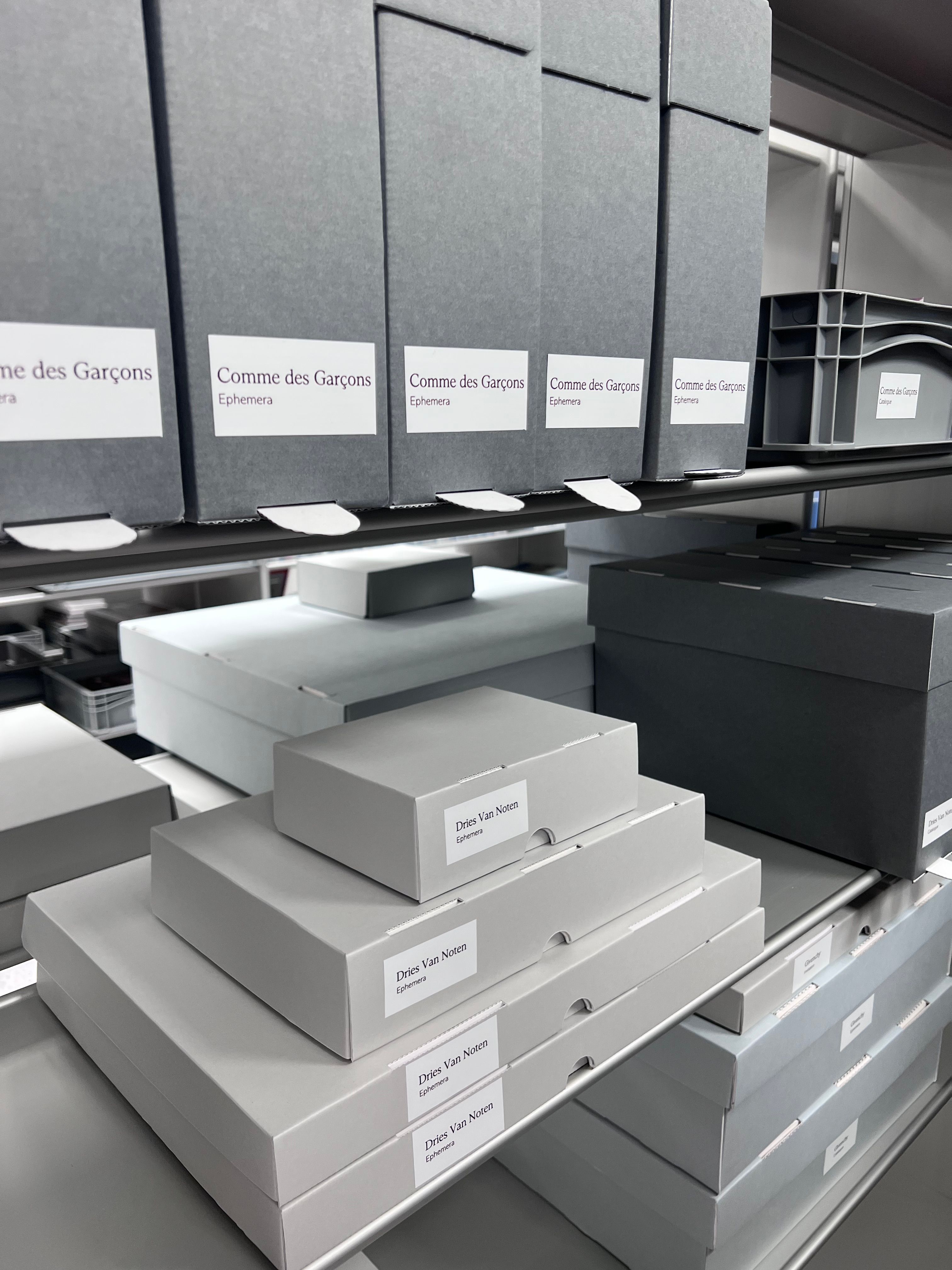
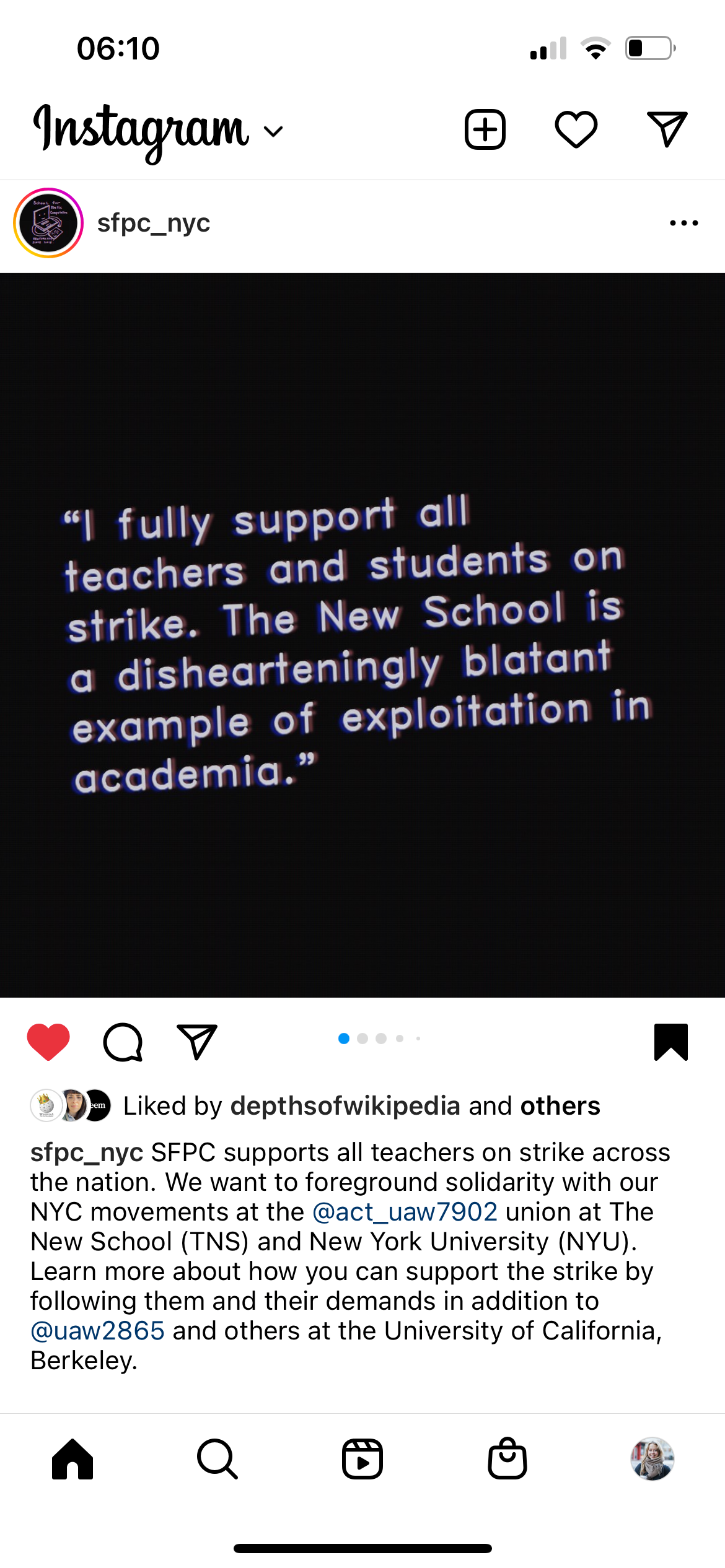
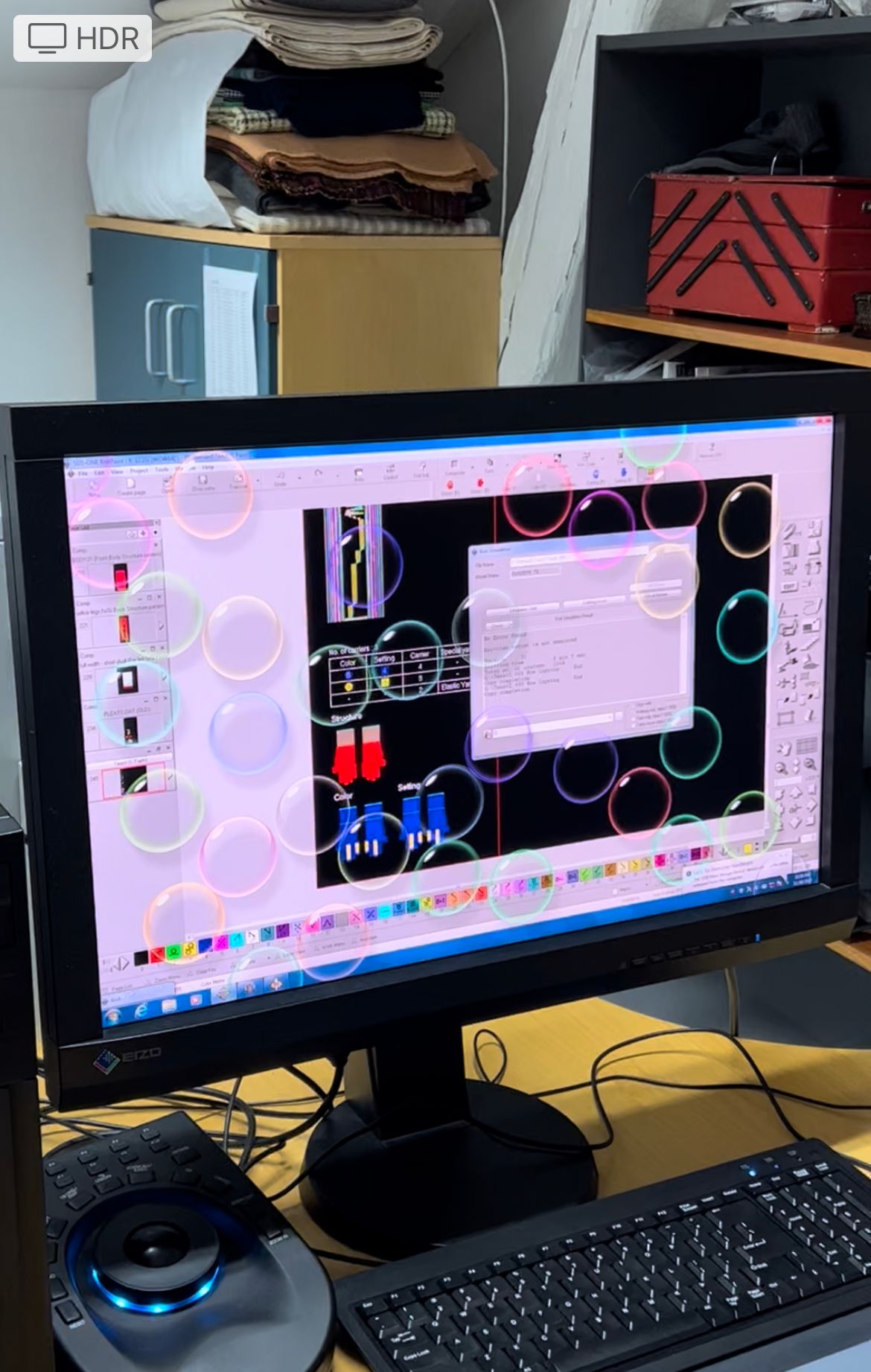
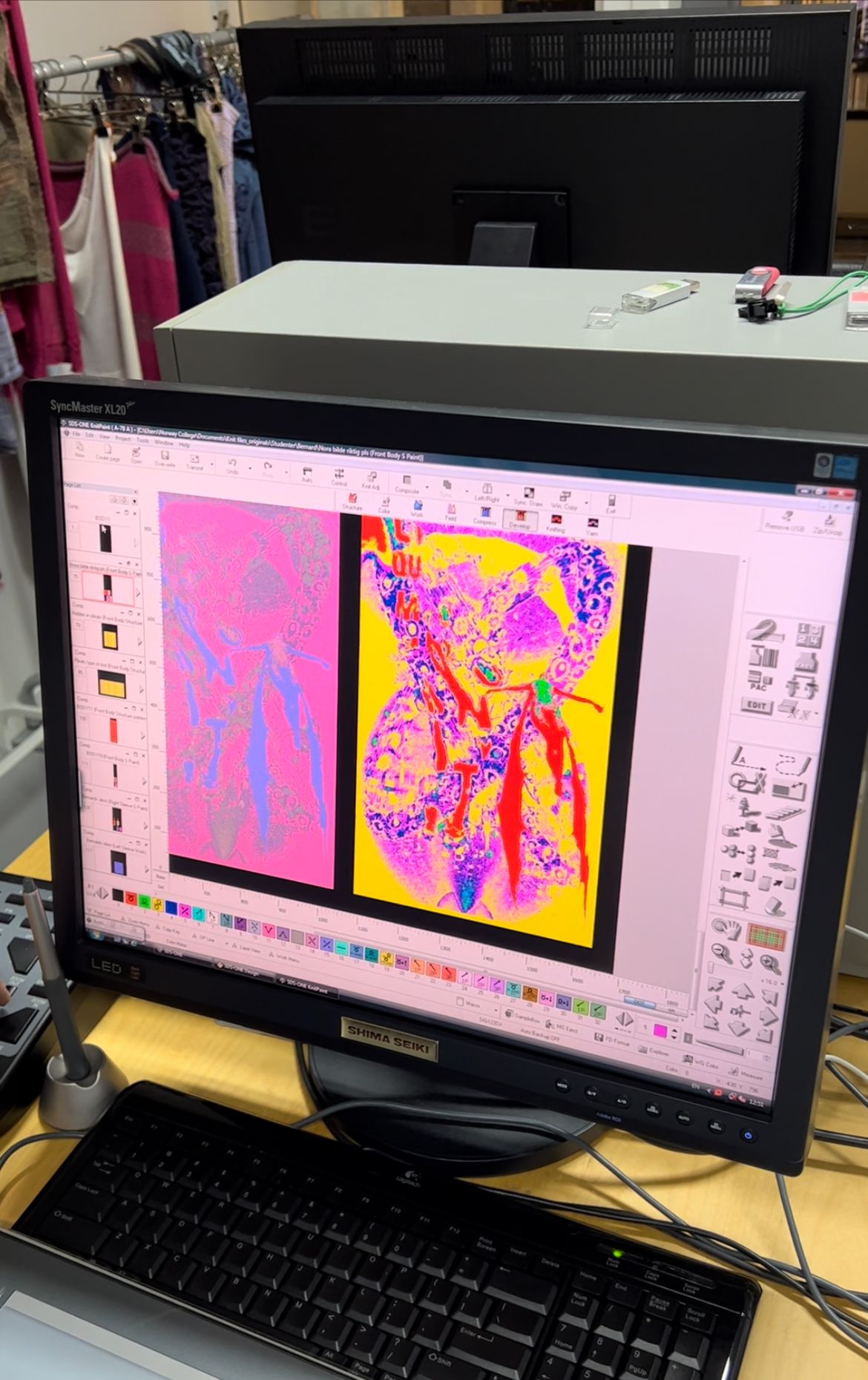


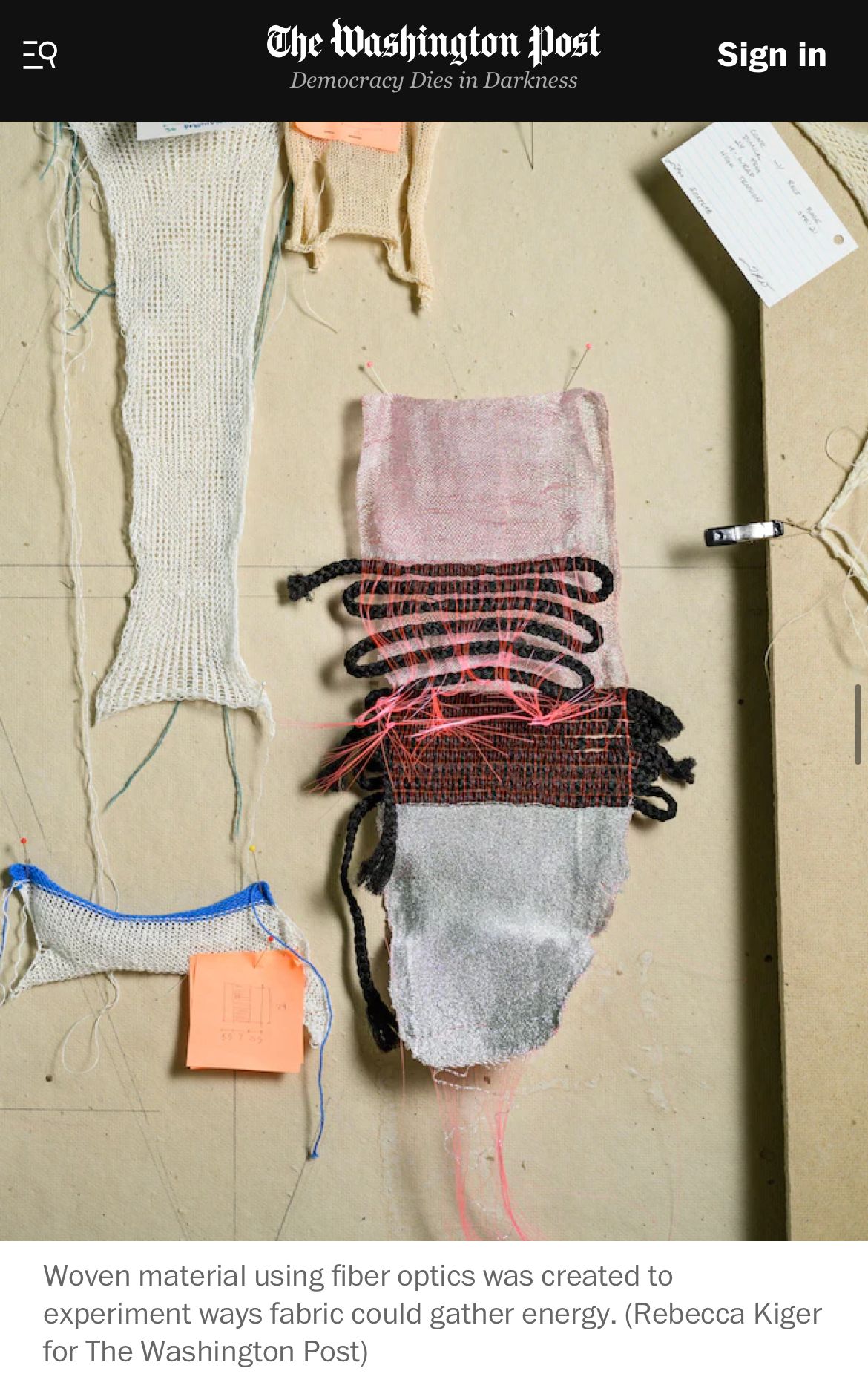
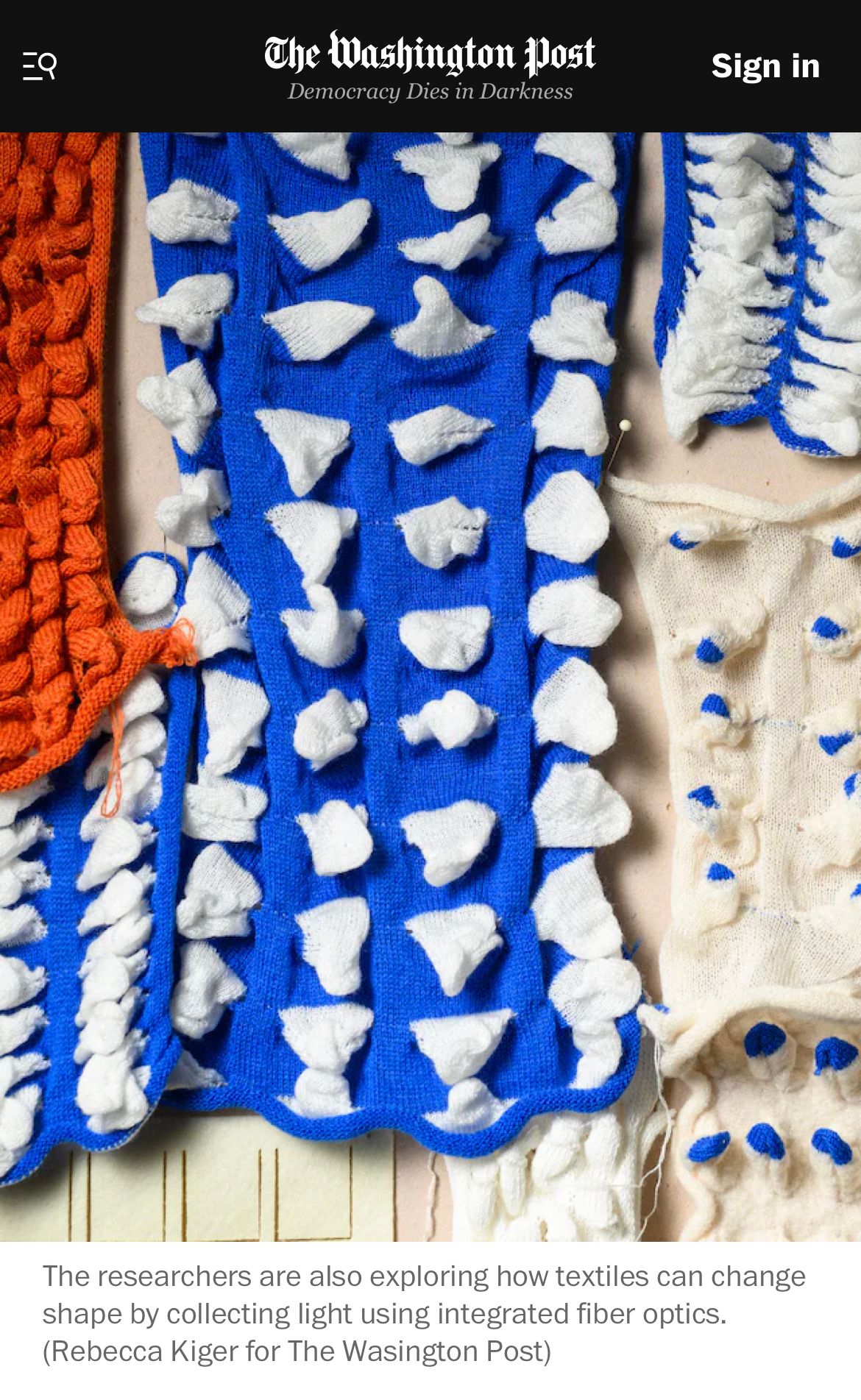
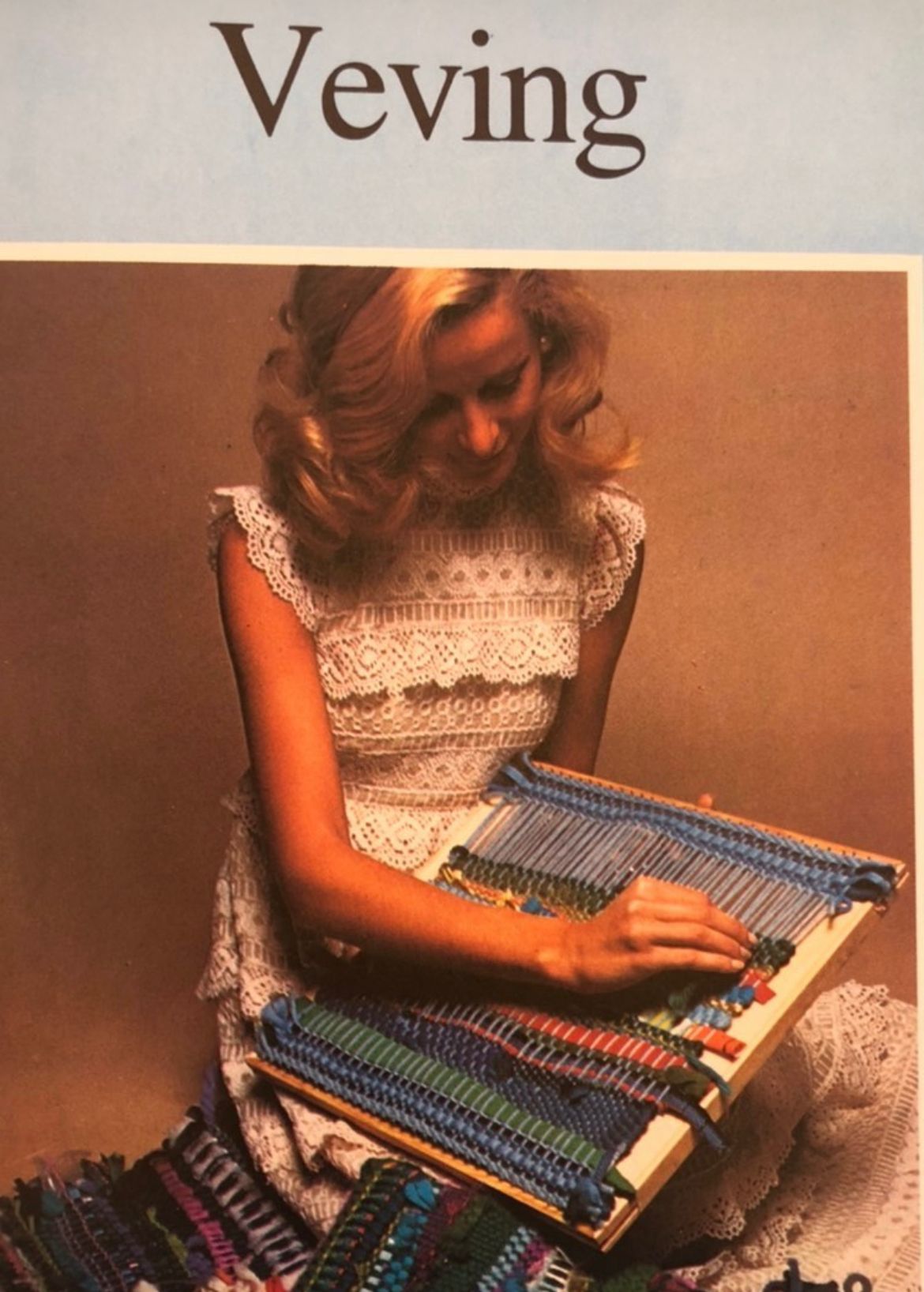
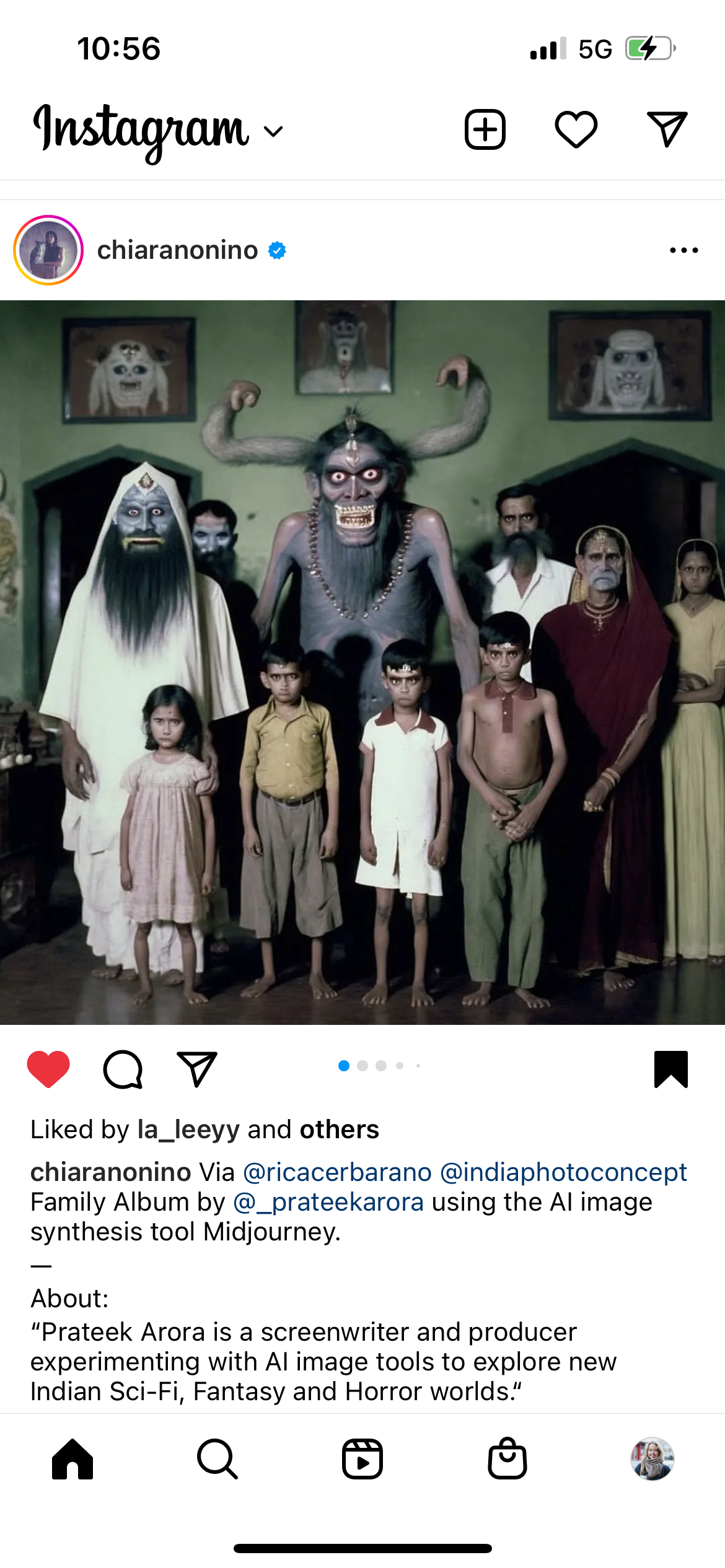

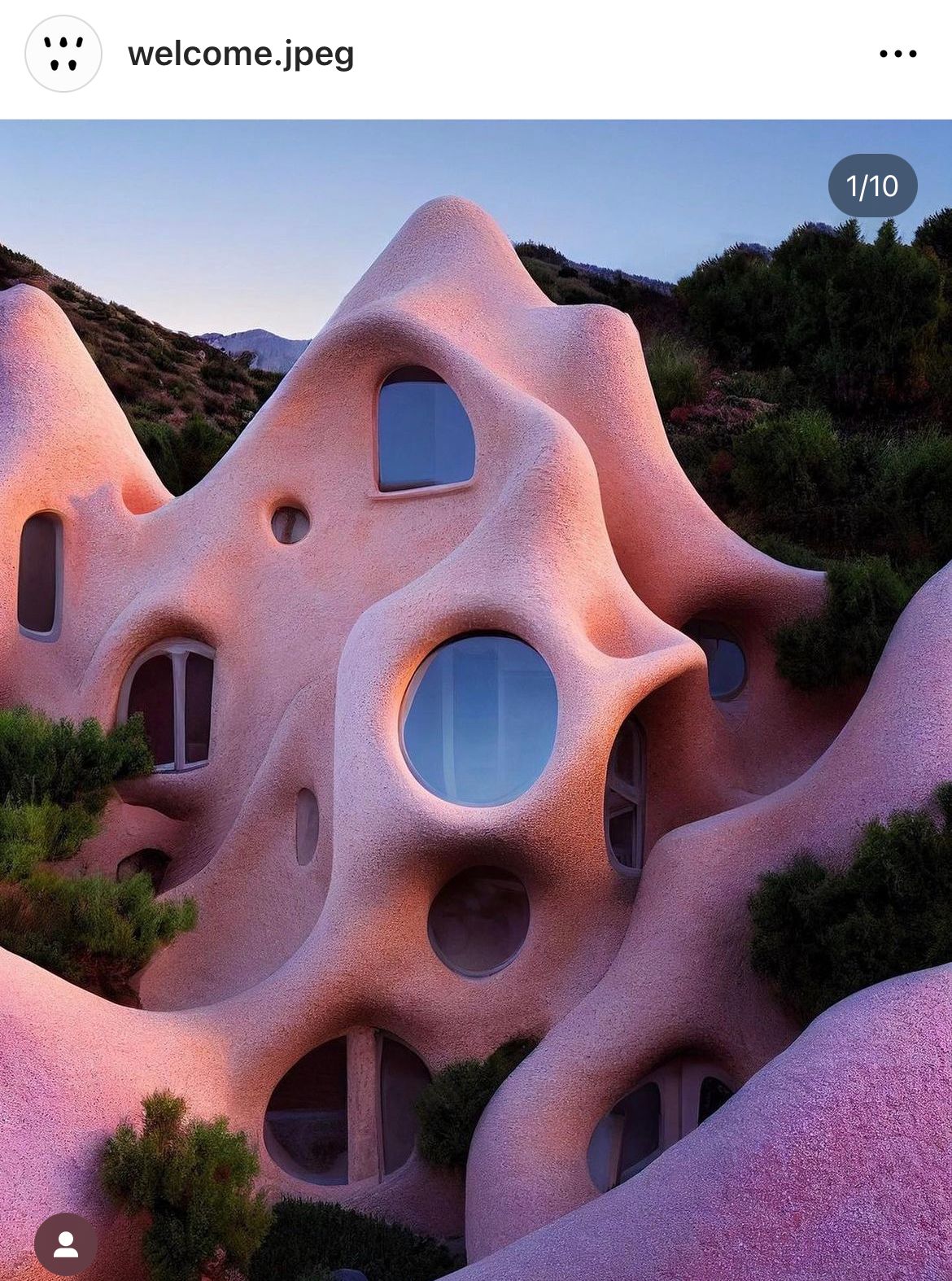

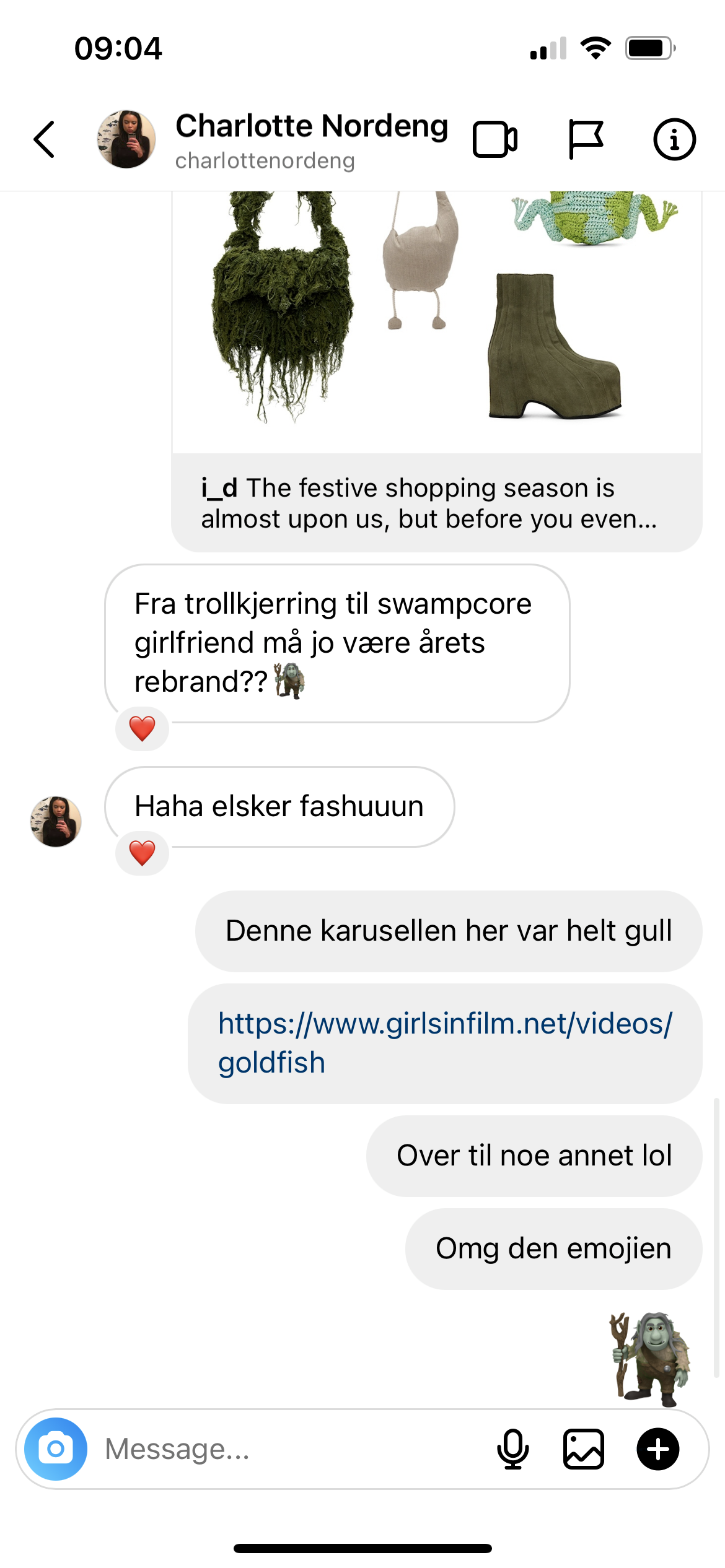

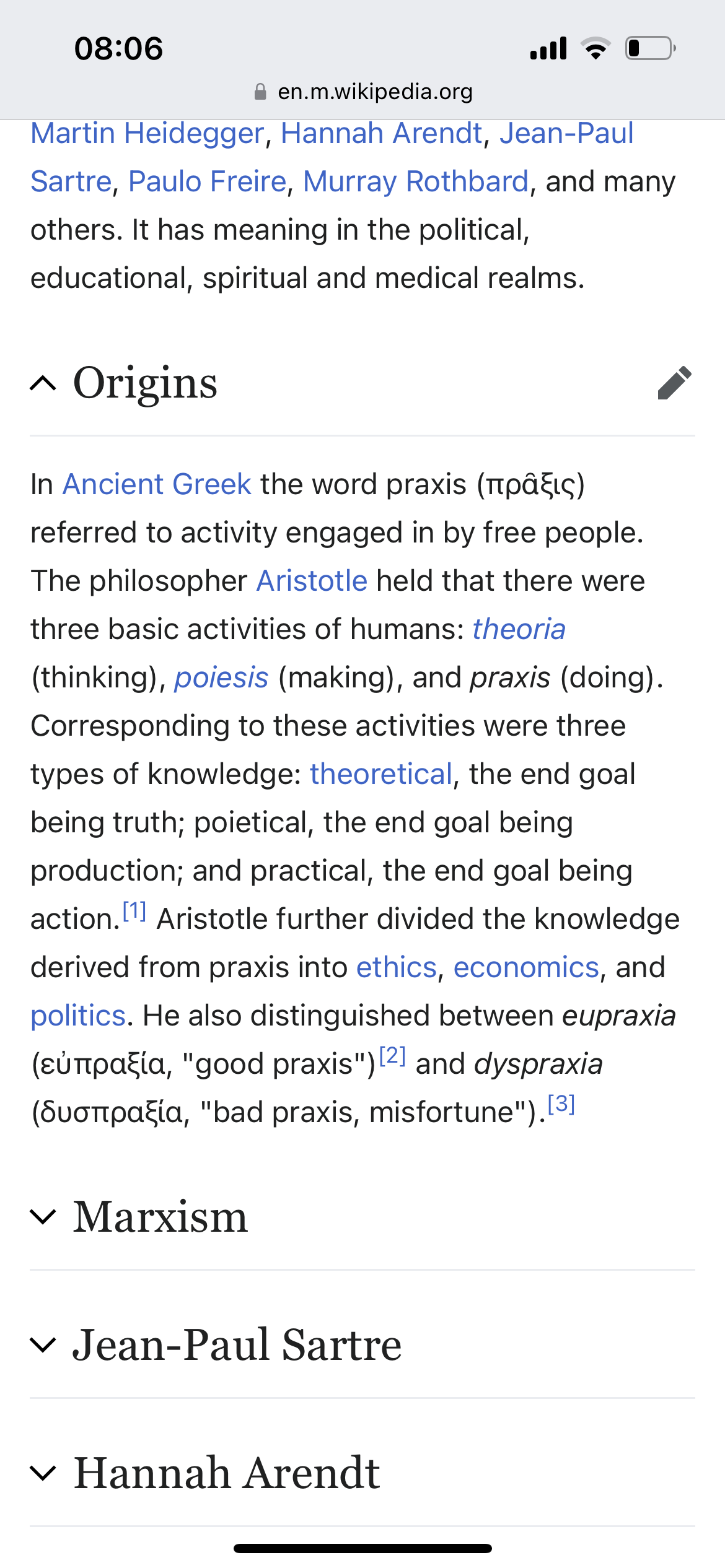
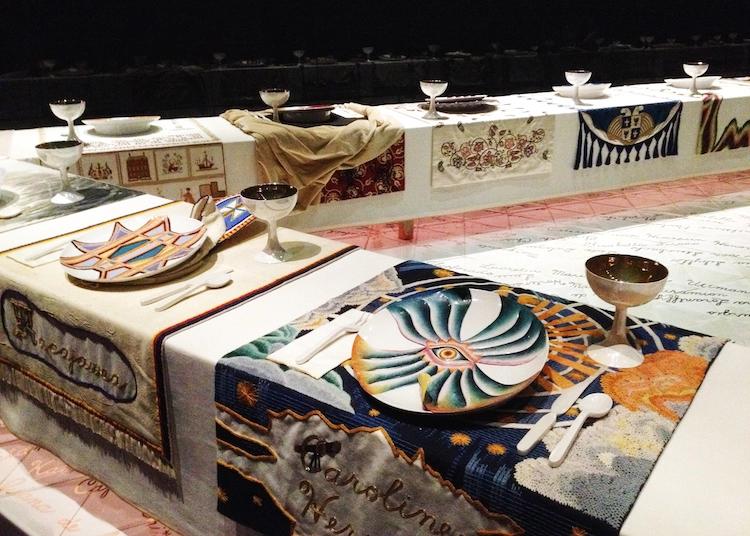

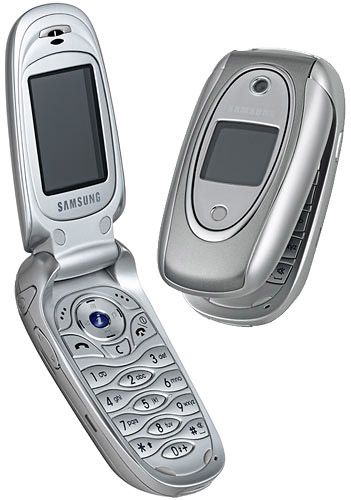
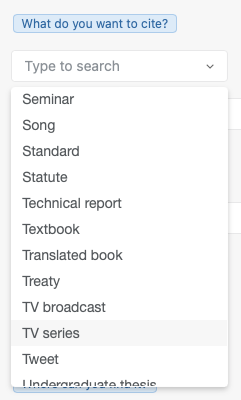
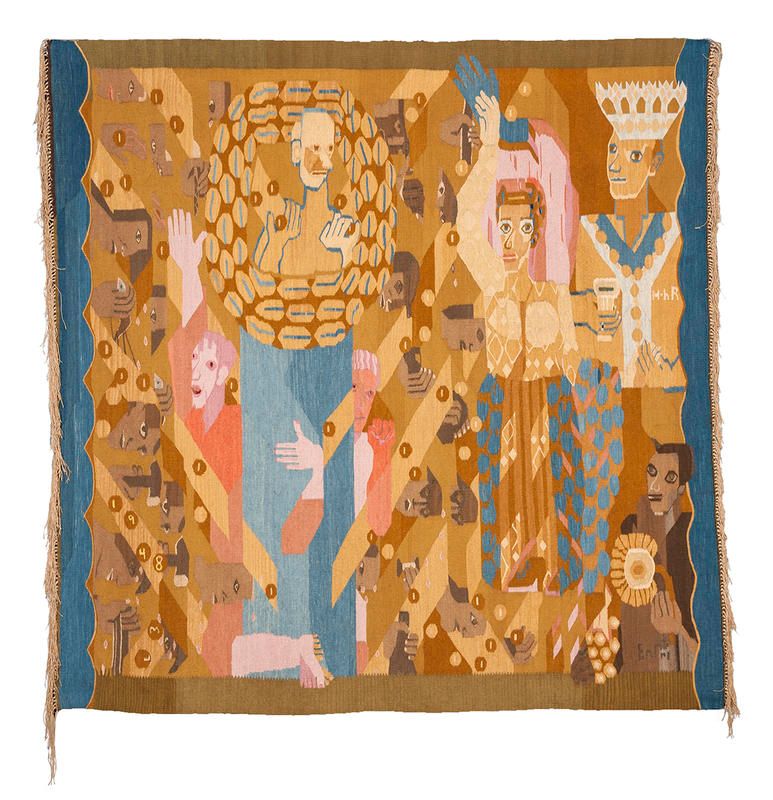

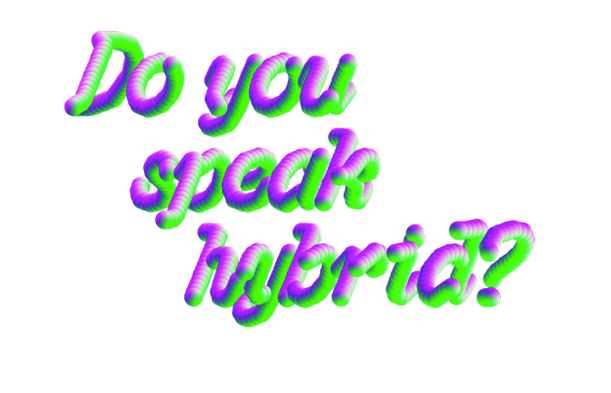
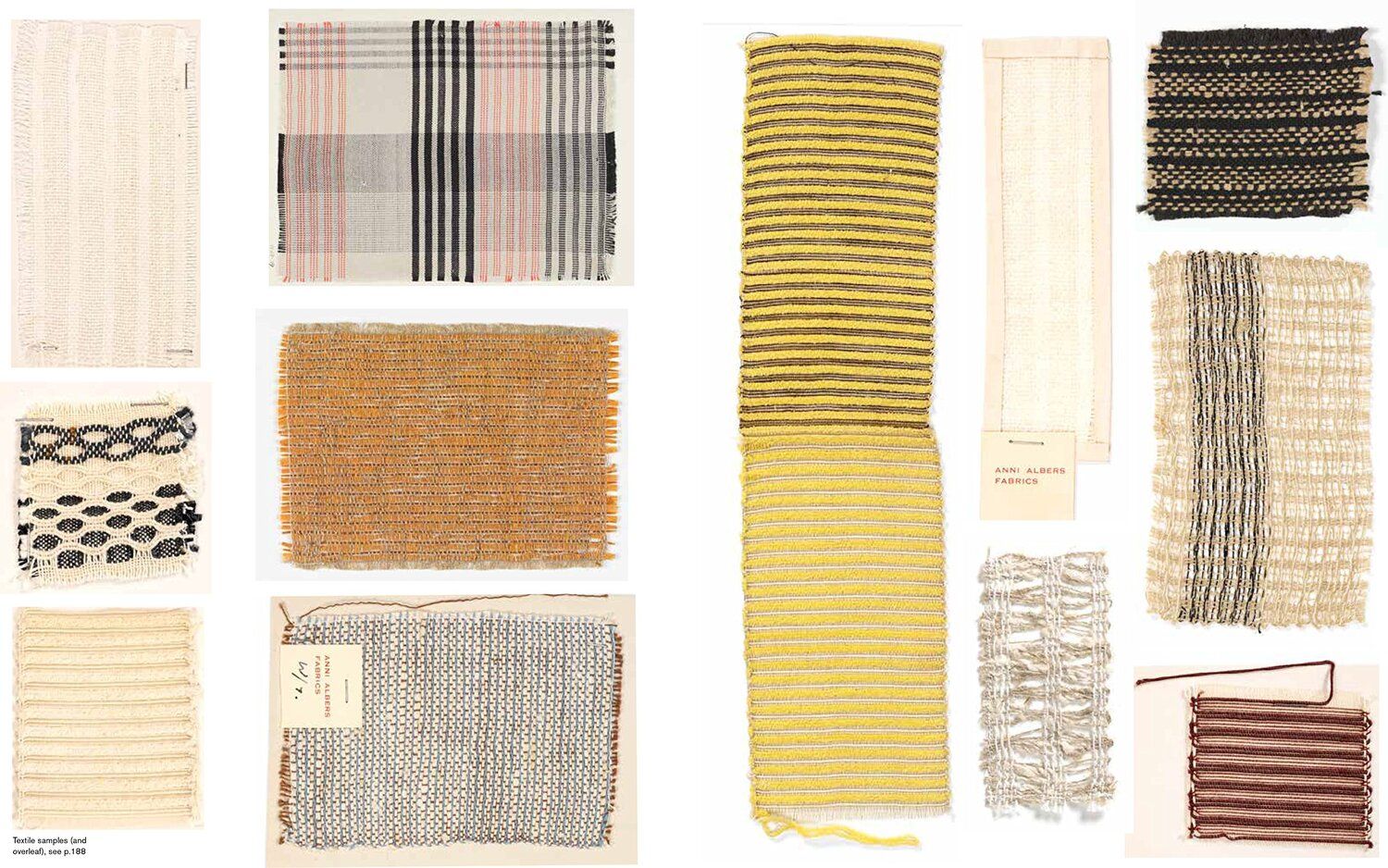

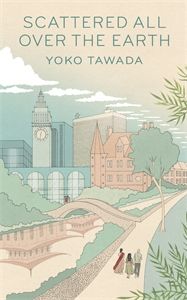
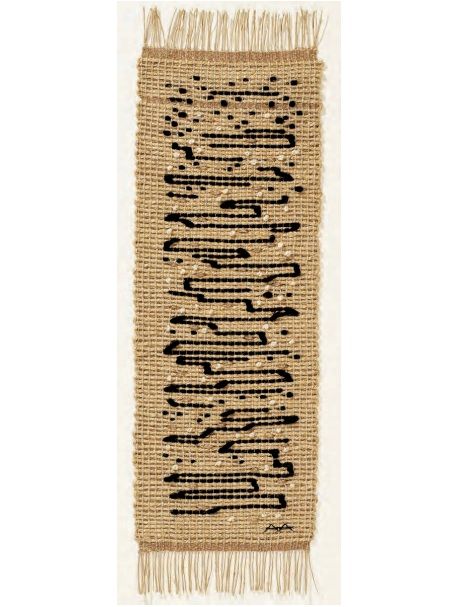
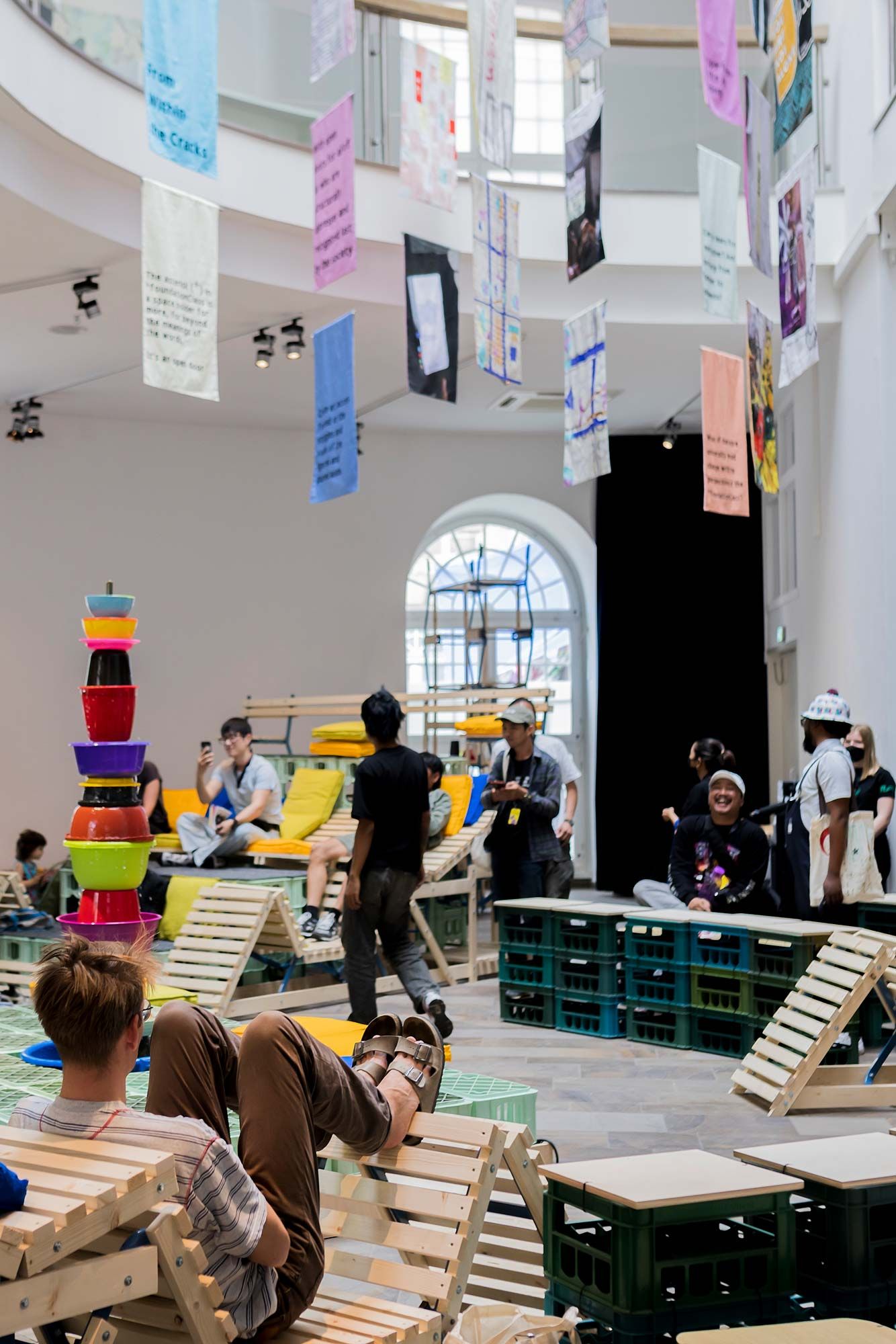
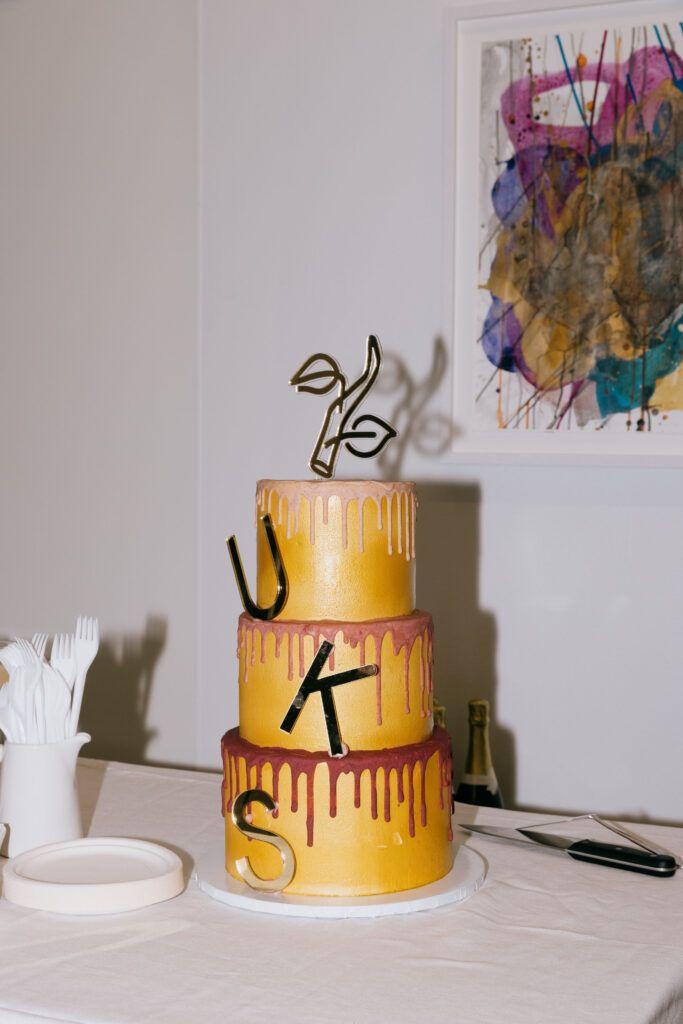
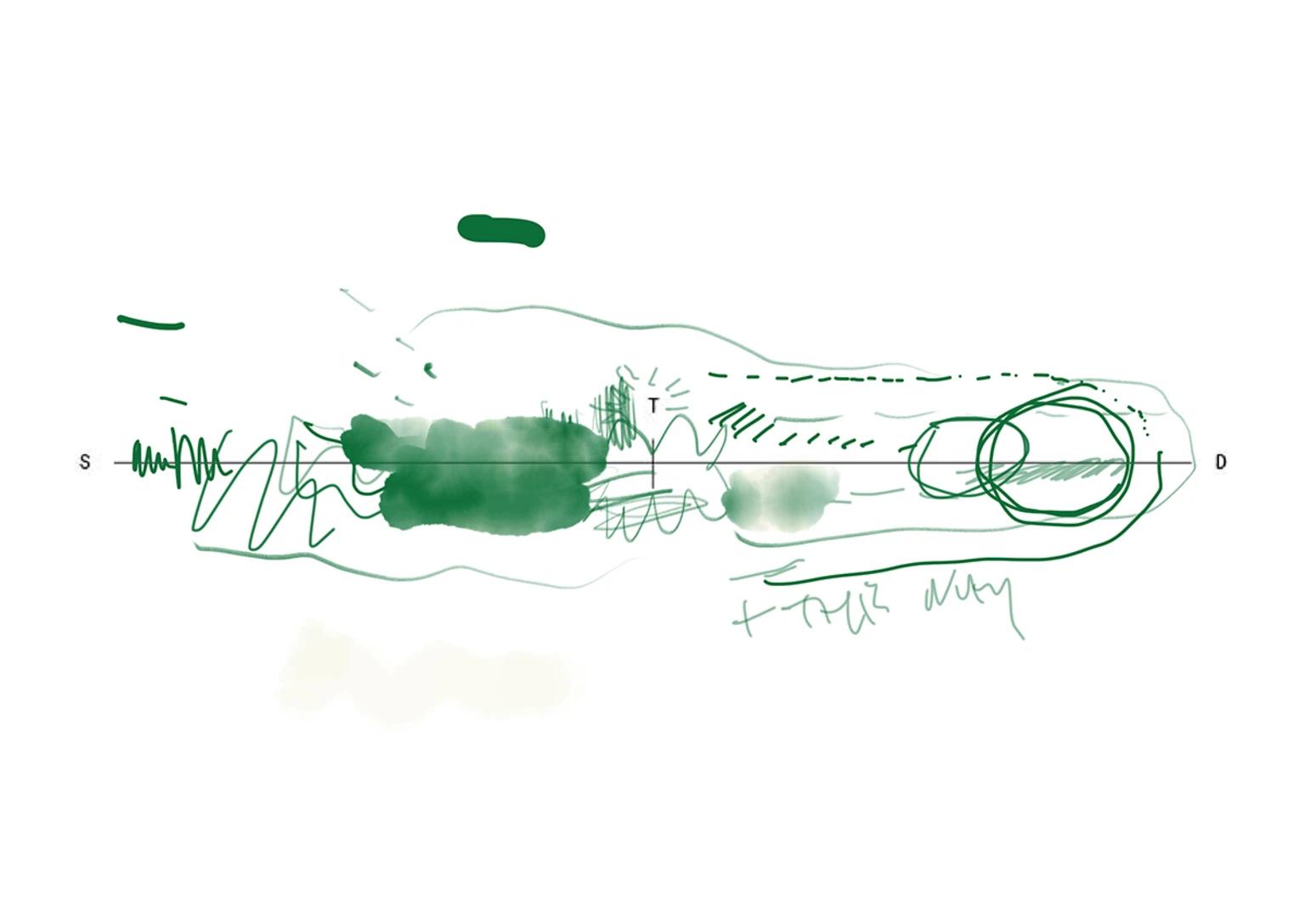
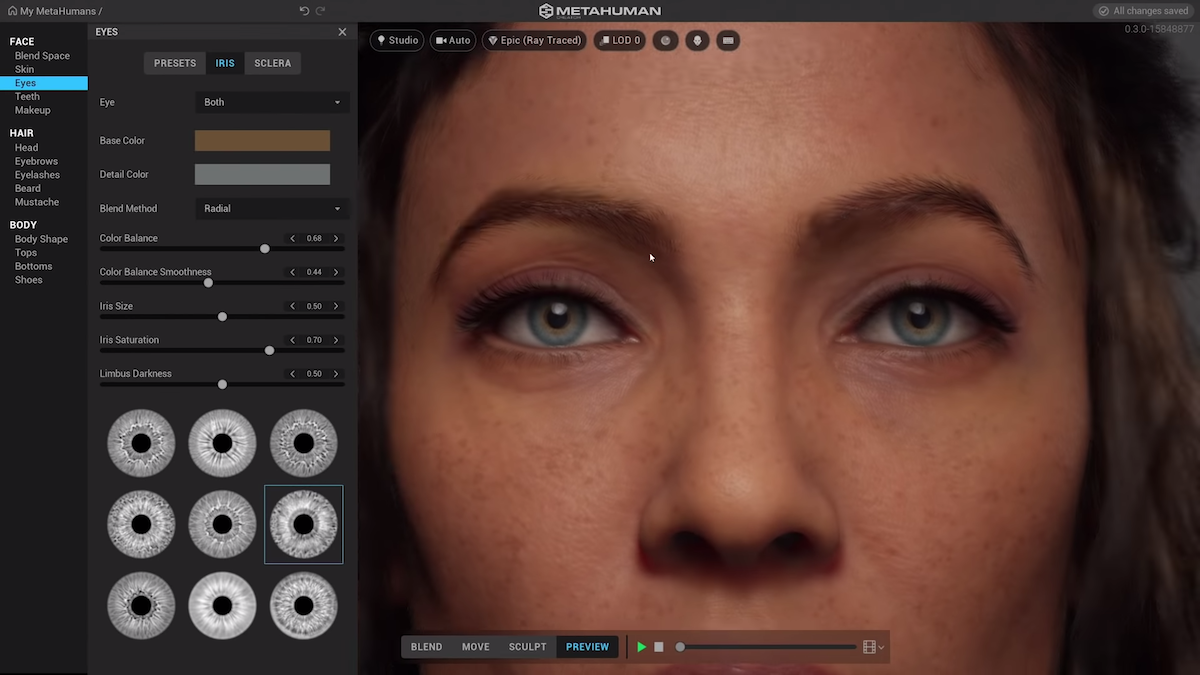


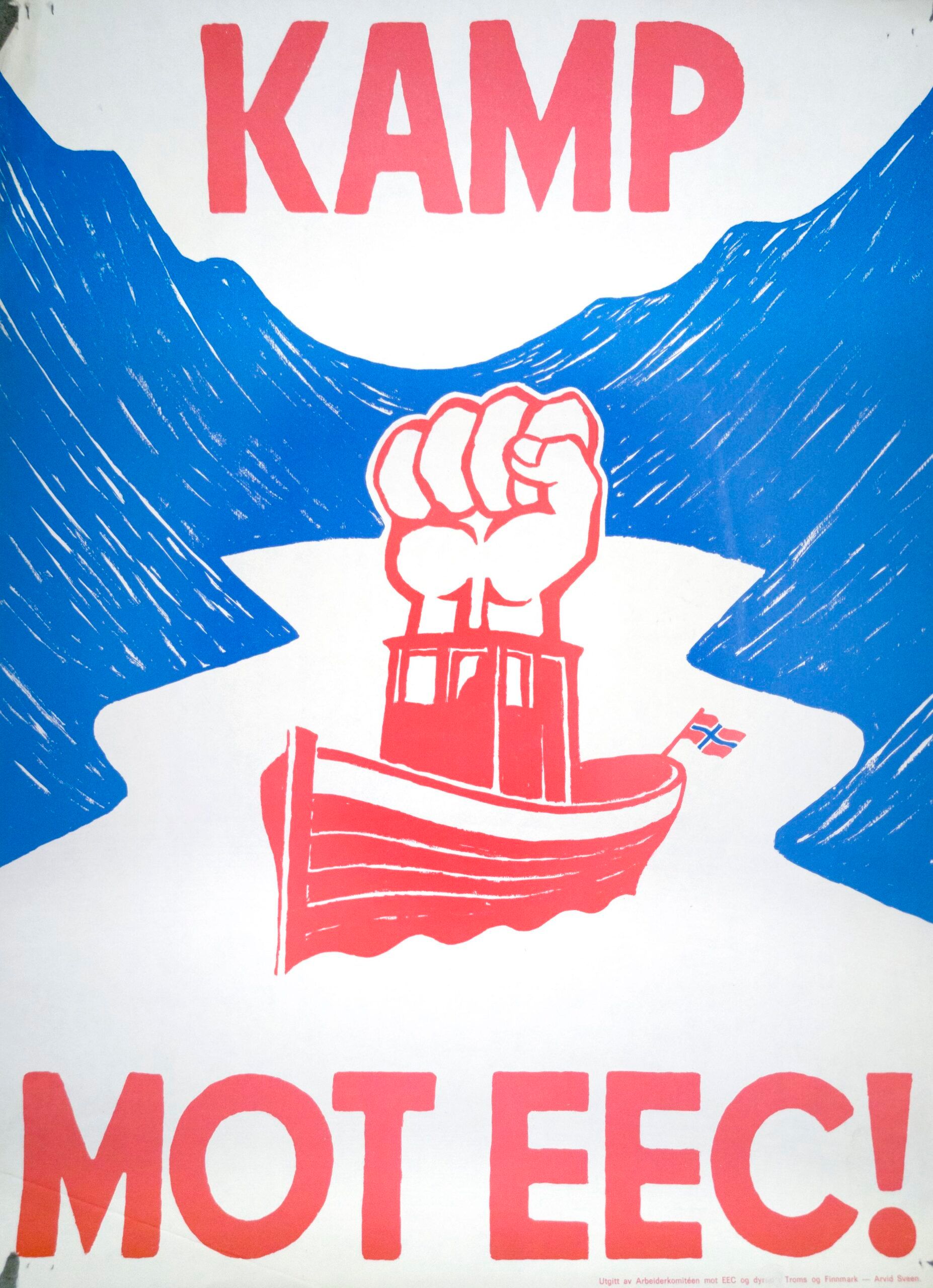
- Feb 27, 2022
Visual Diary of The Past Few Months
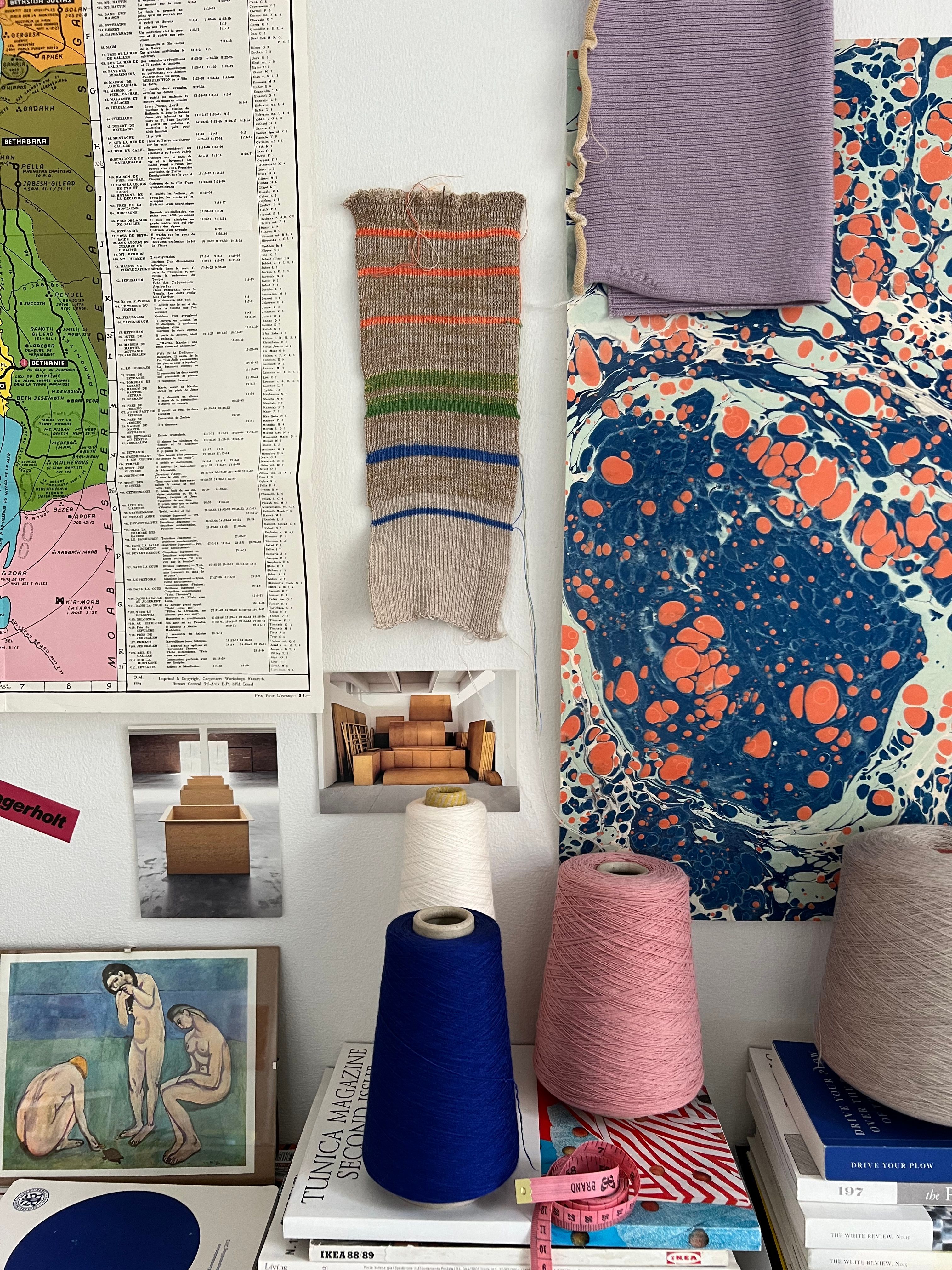 Read the whole thing ↓
Read the whole thing ↓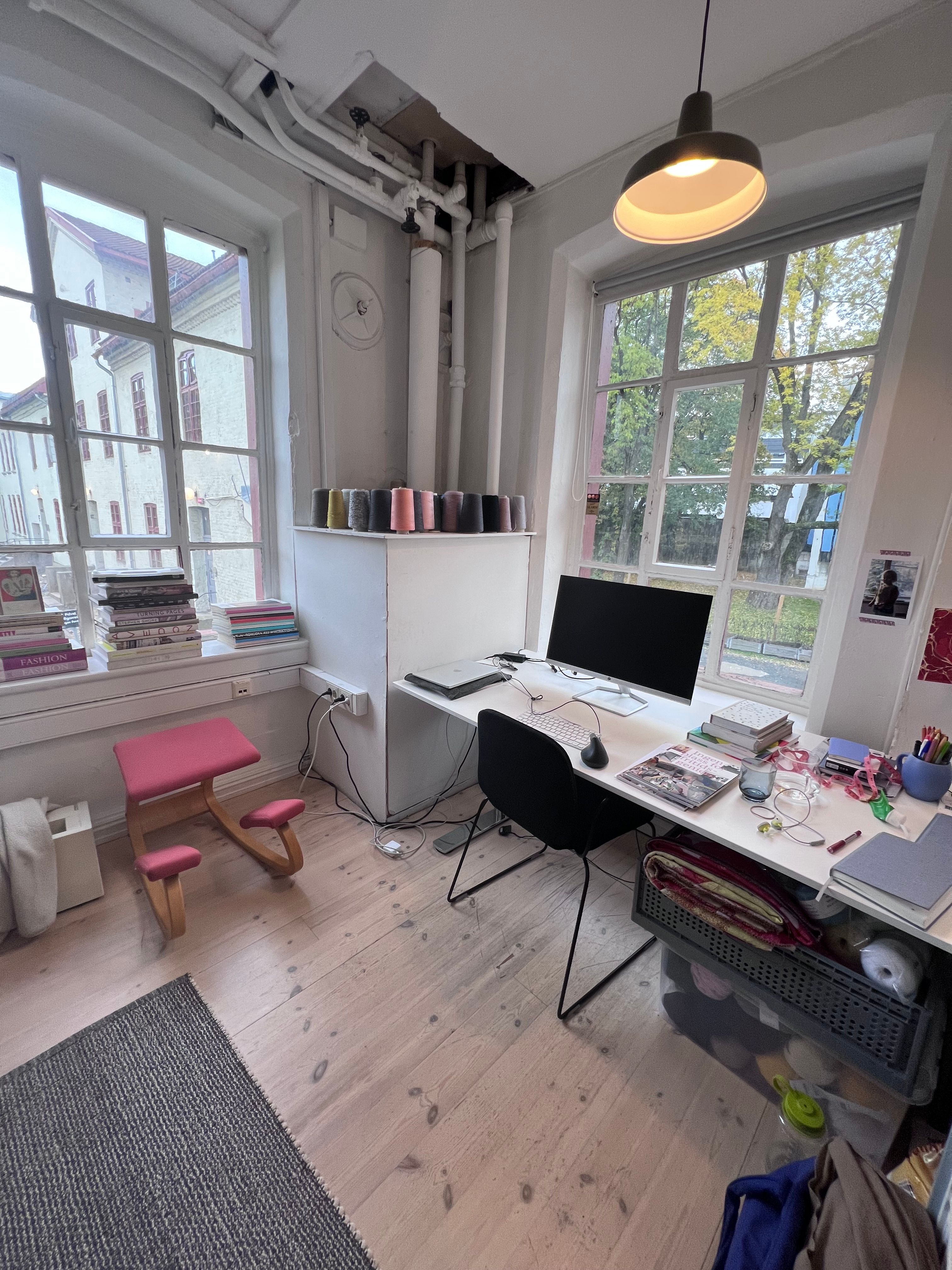
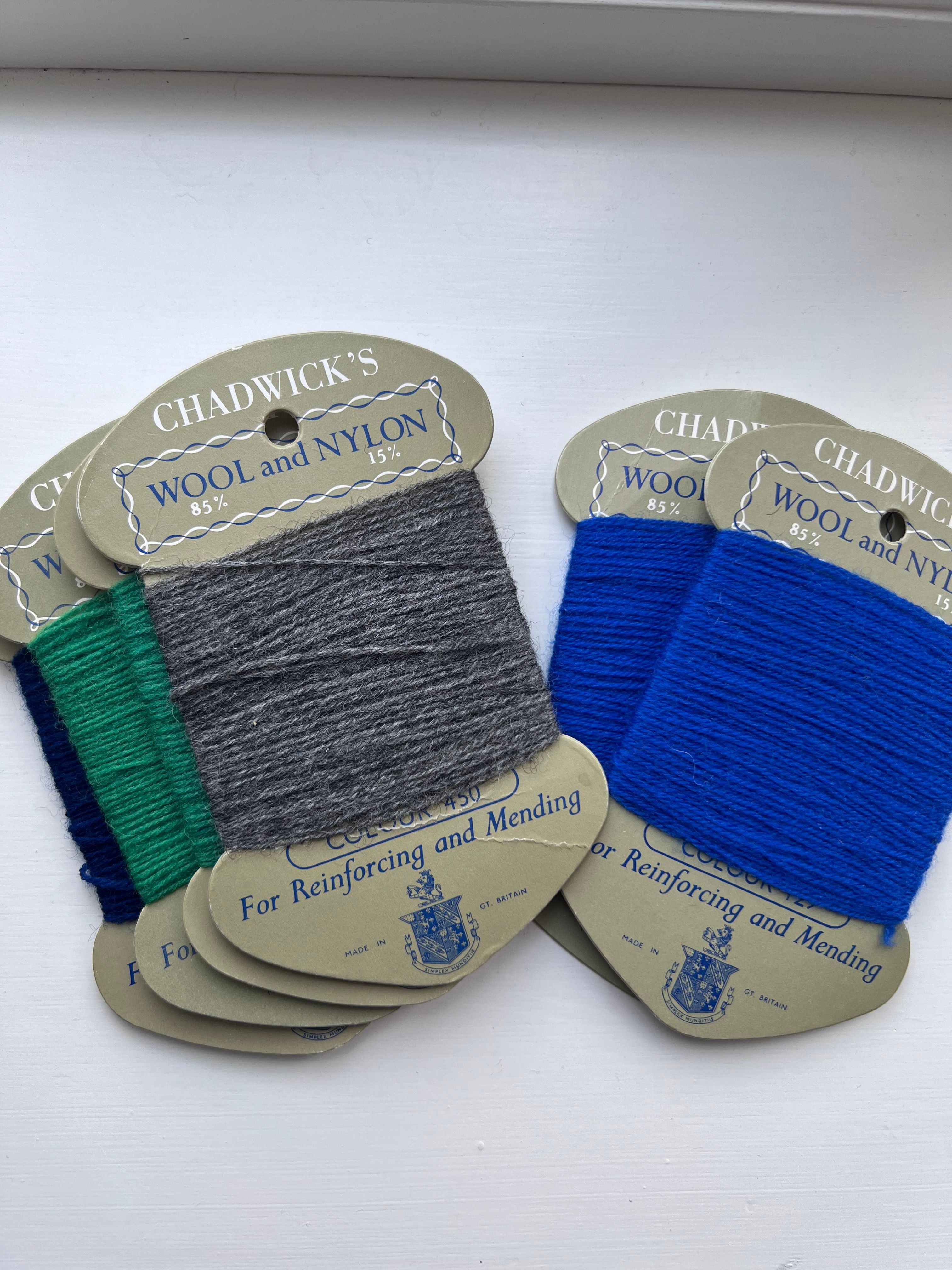
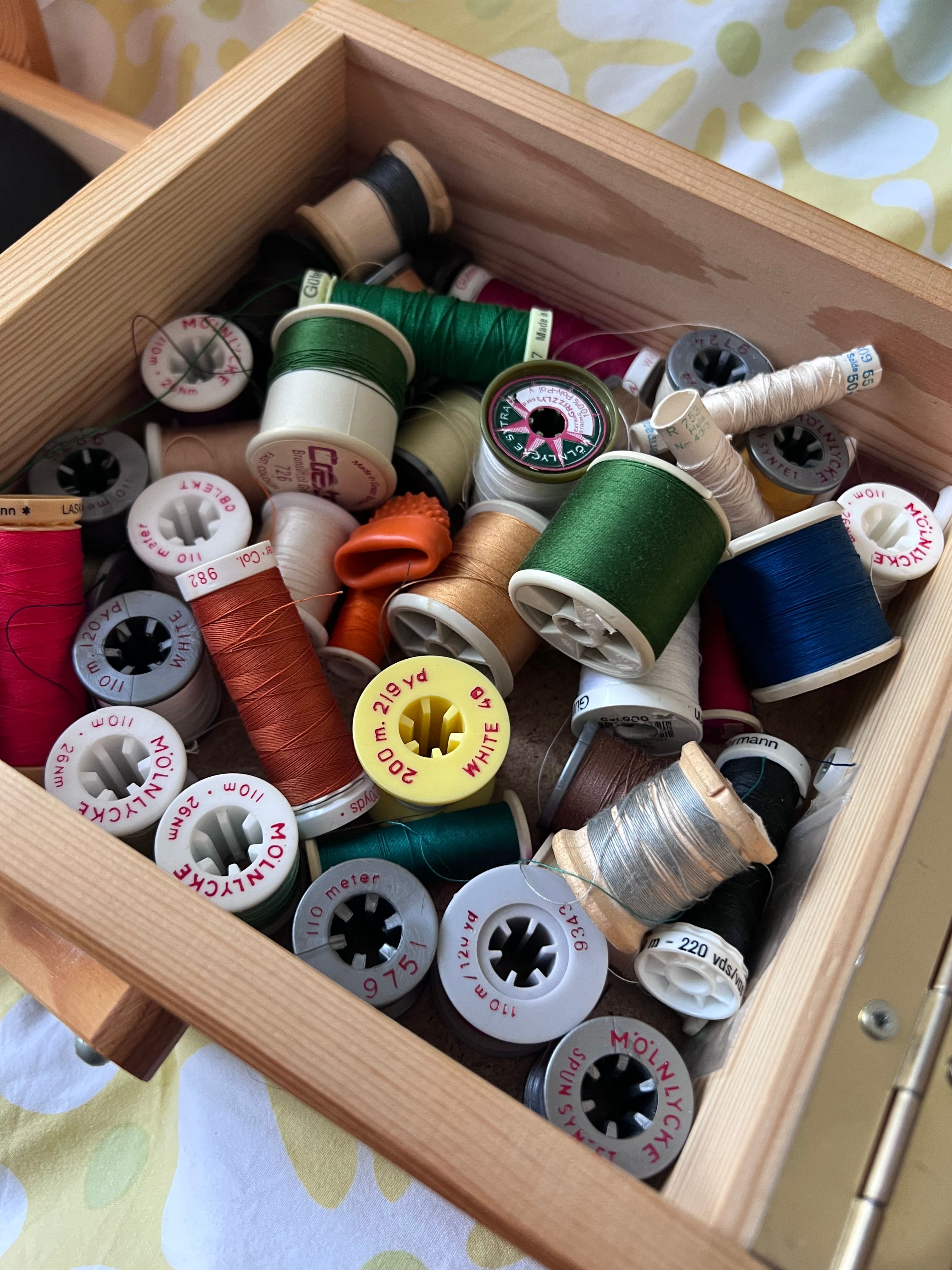
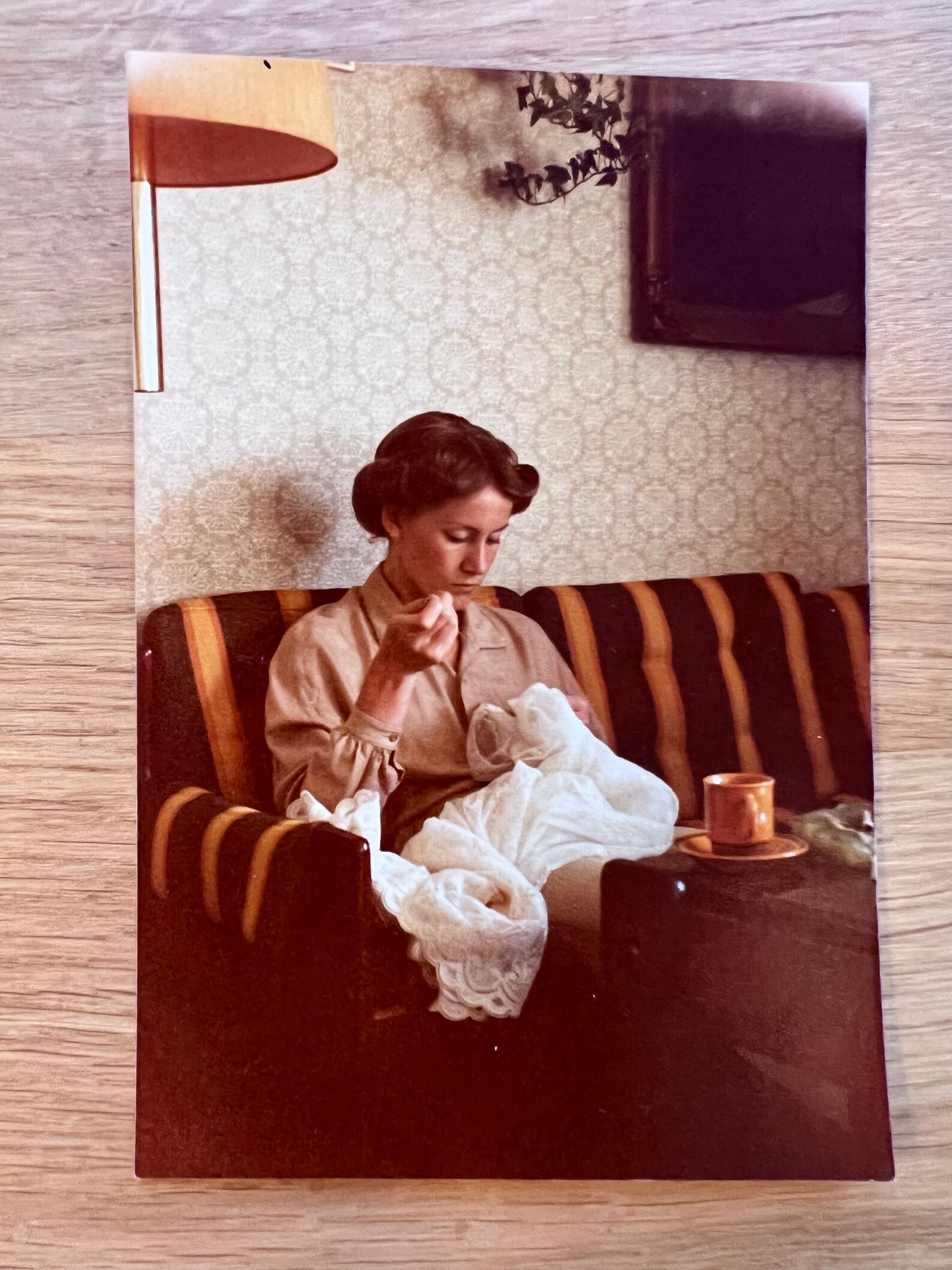

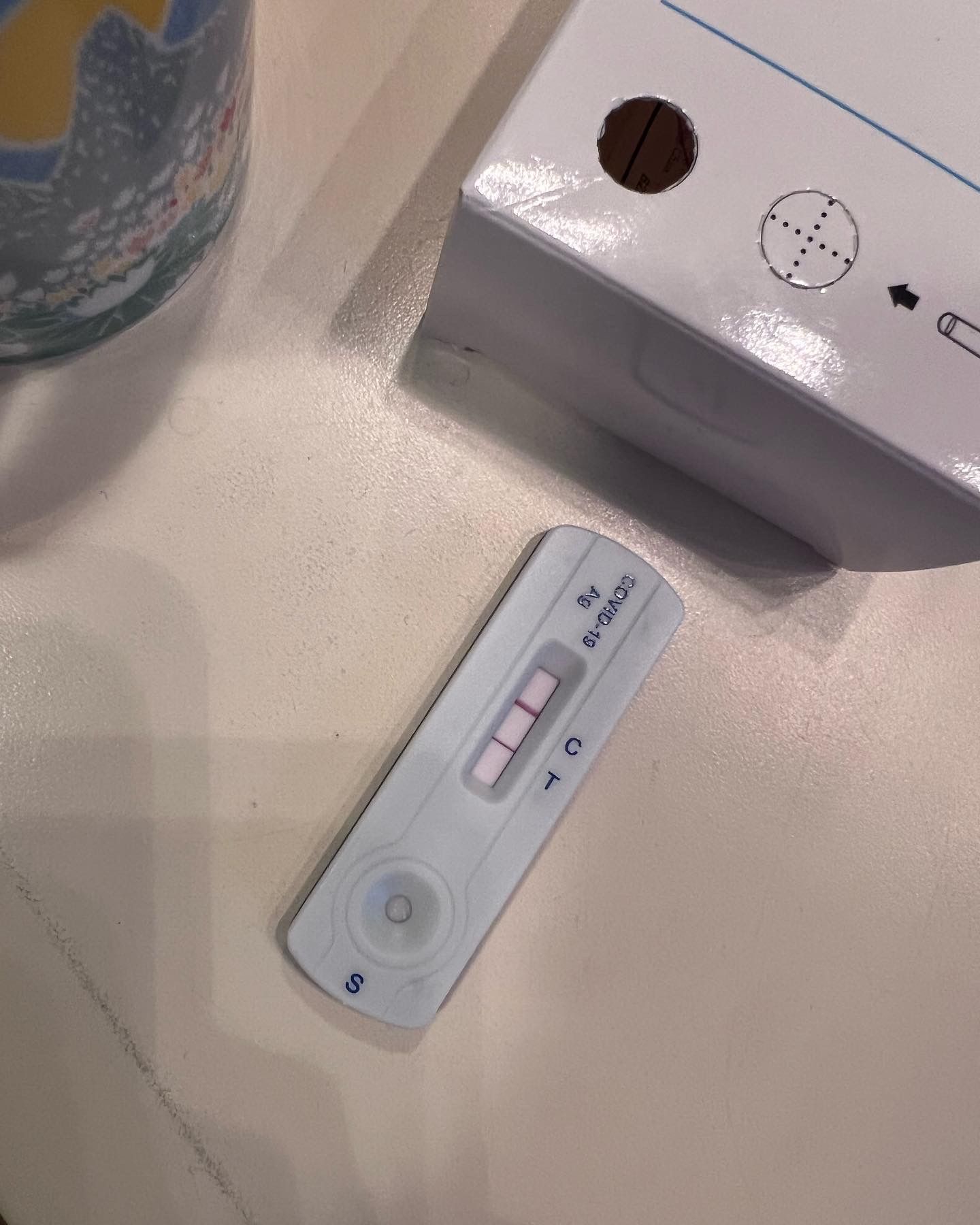
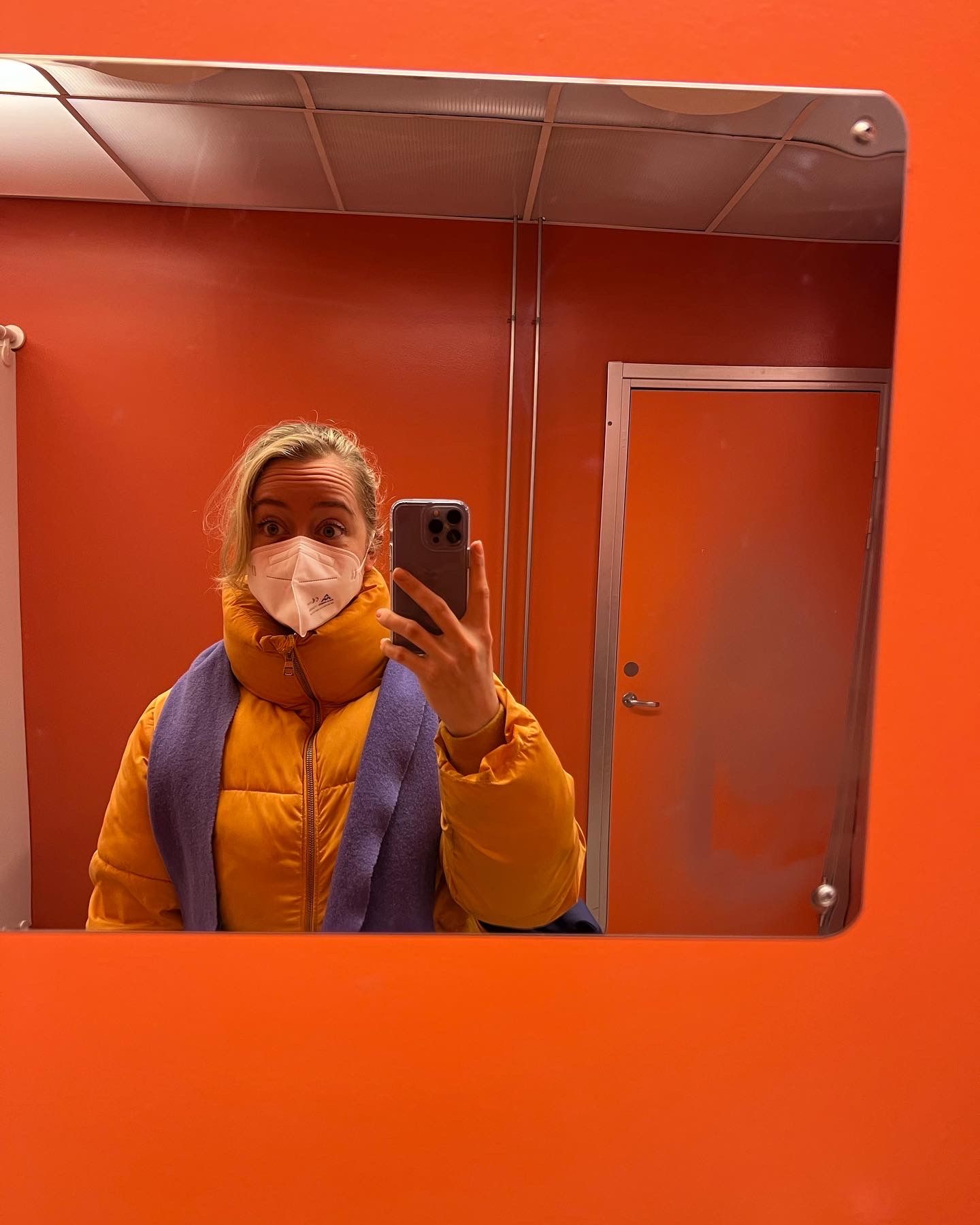
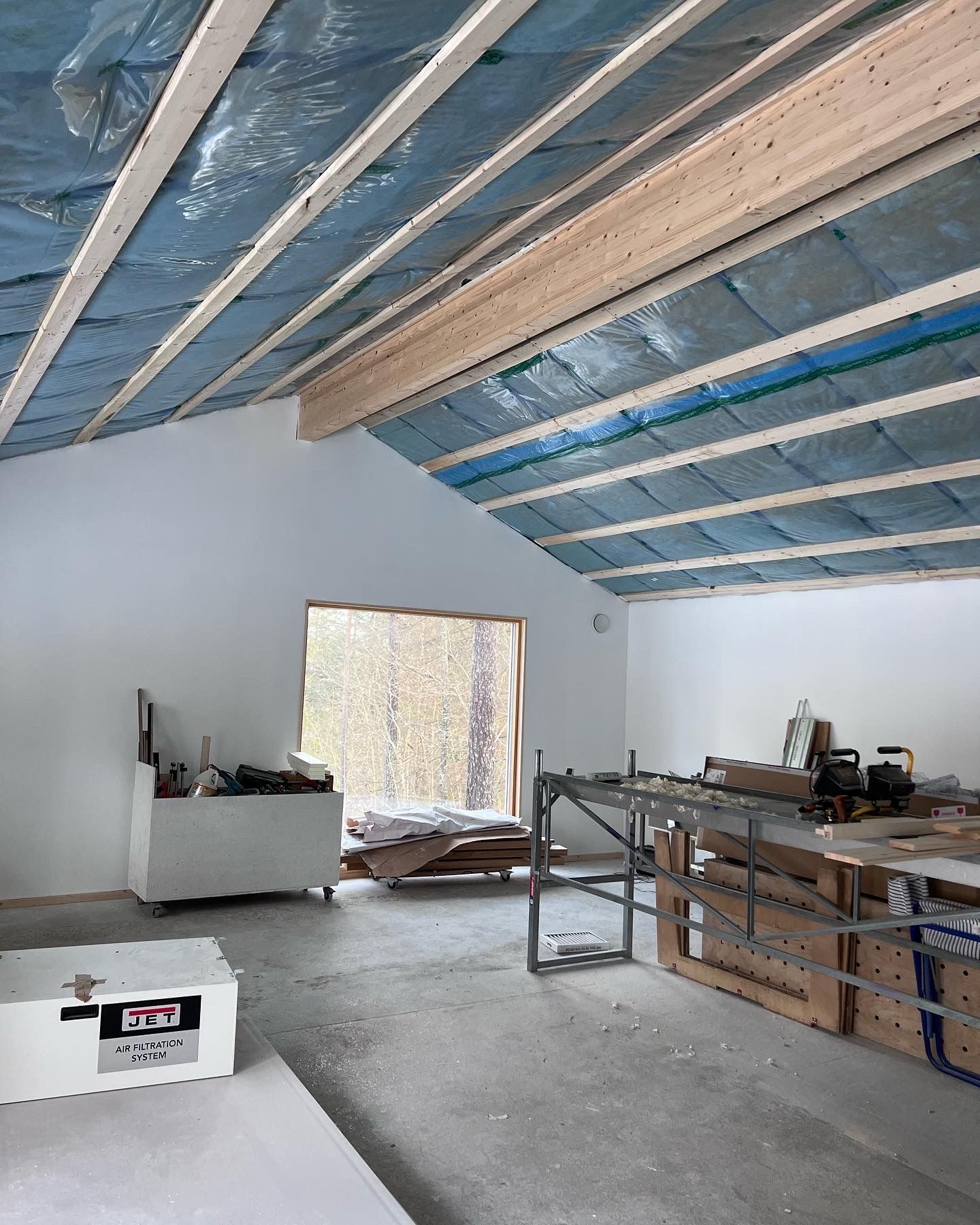
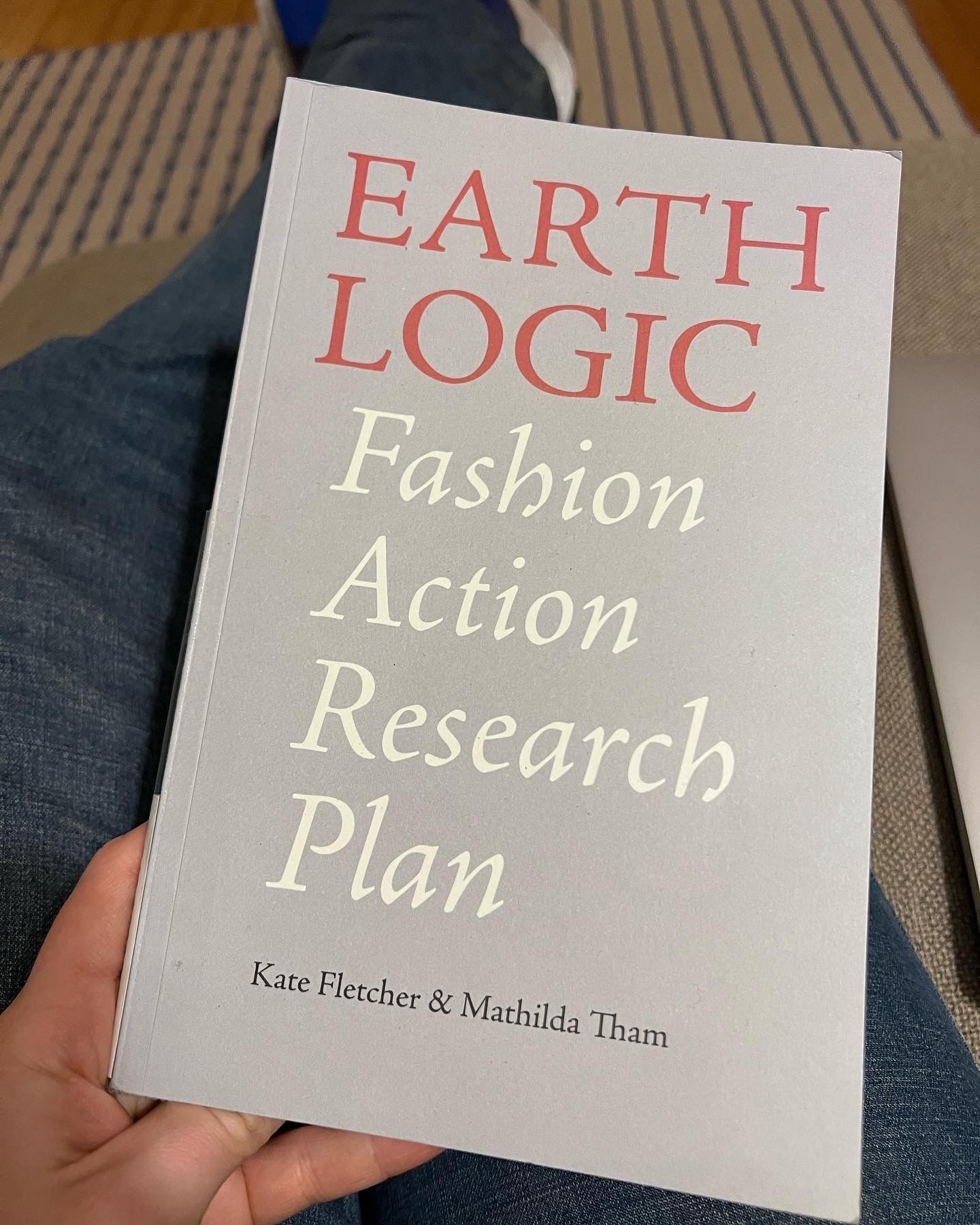

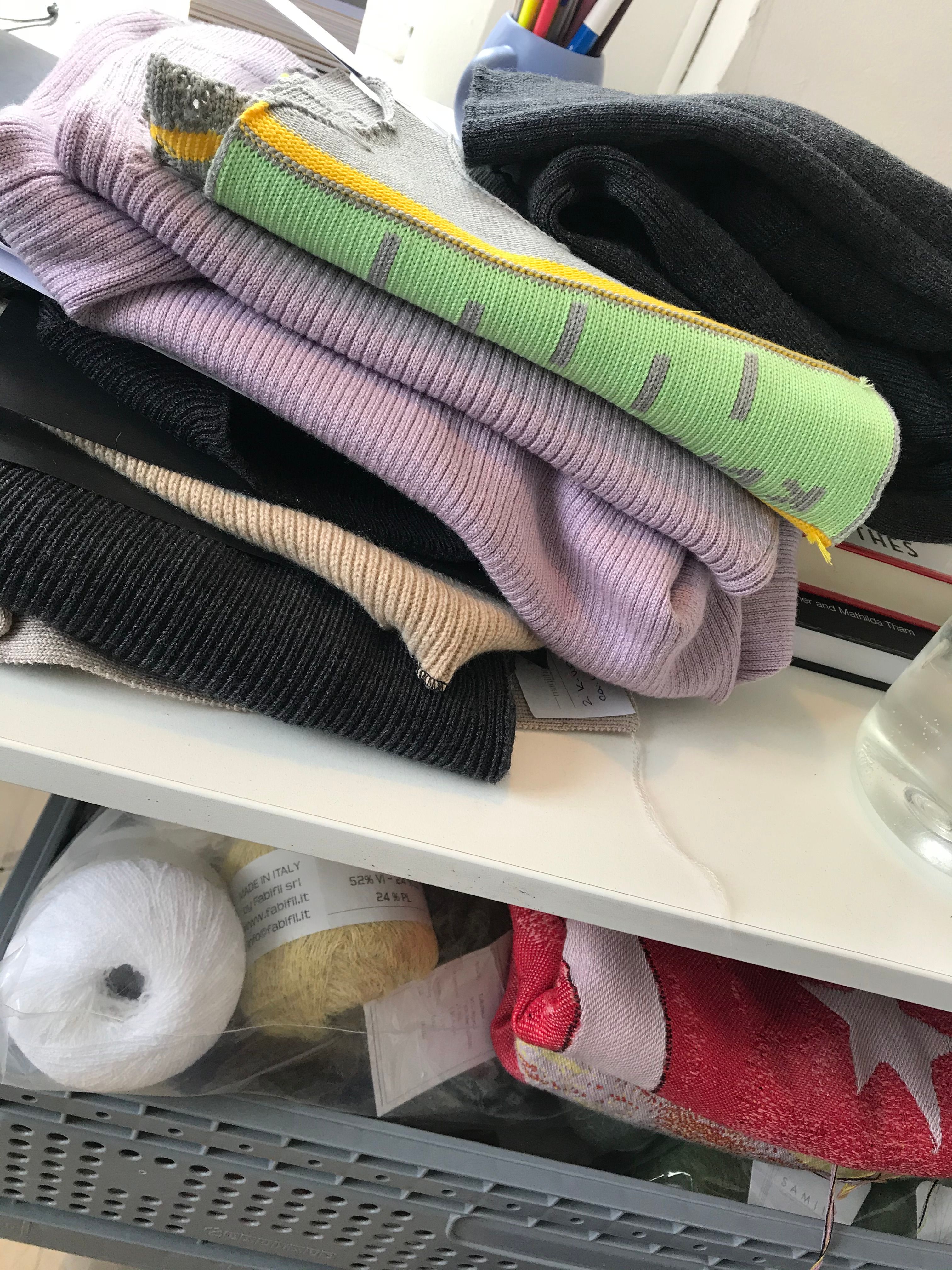
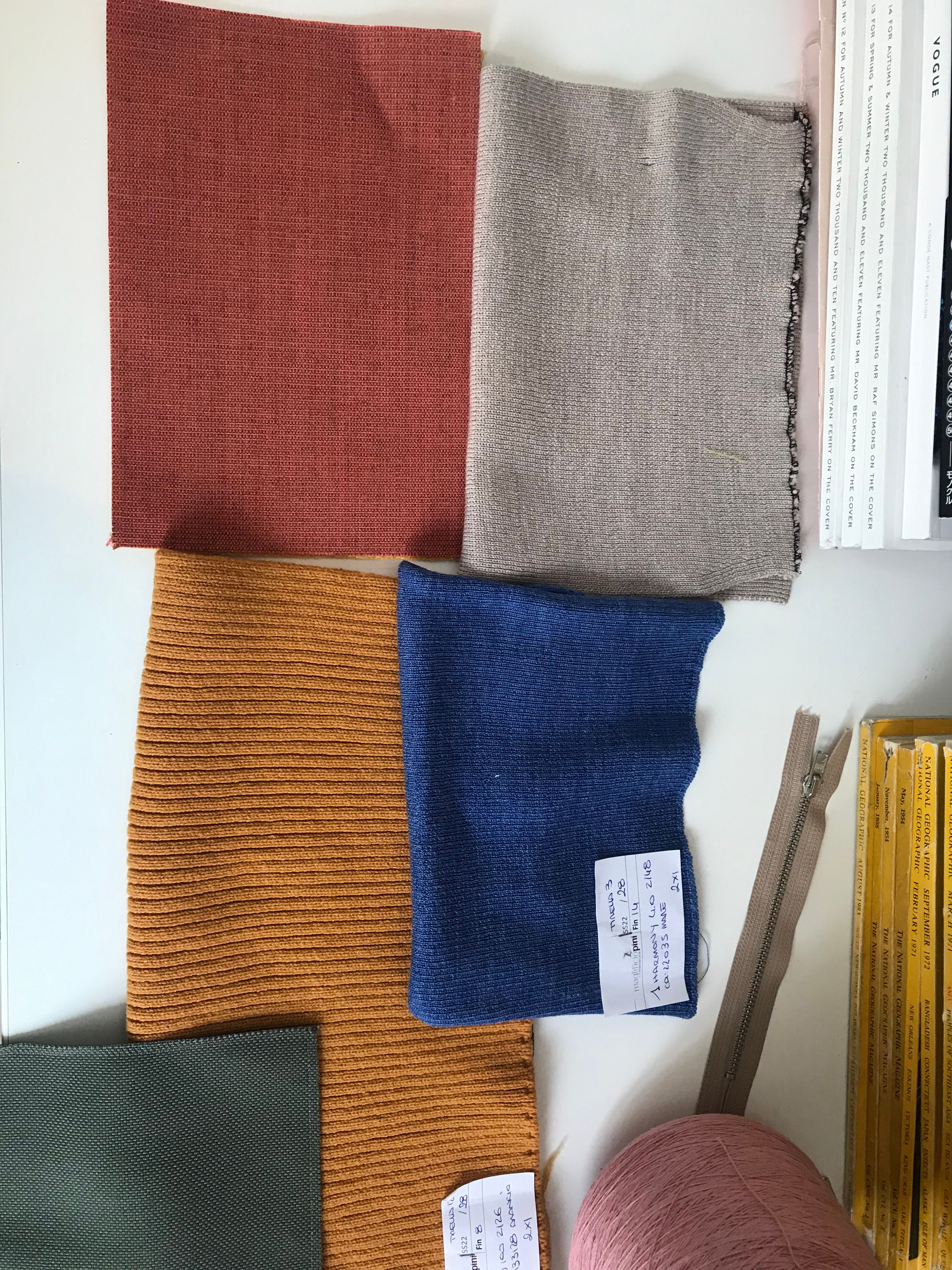
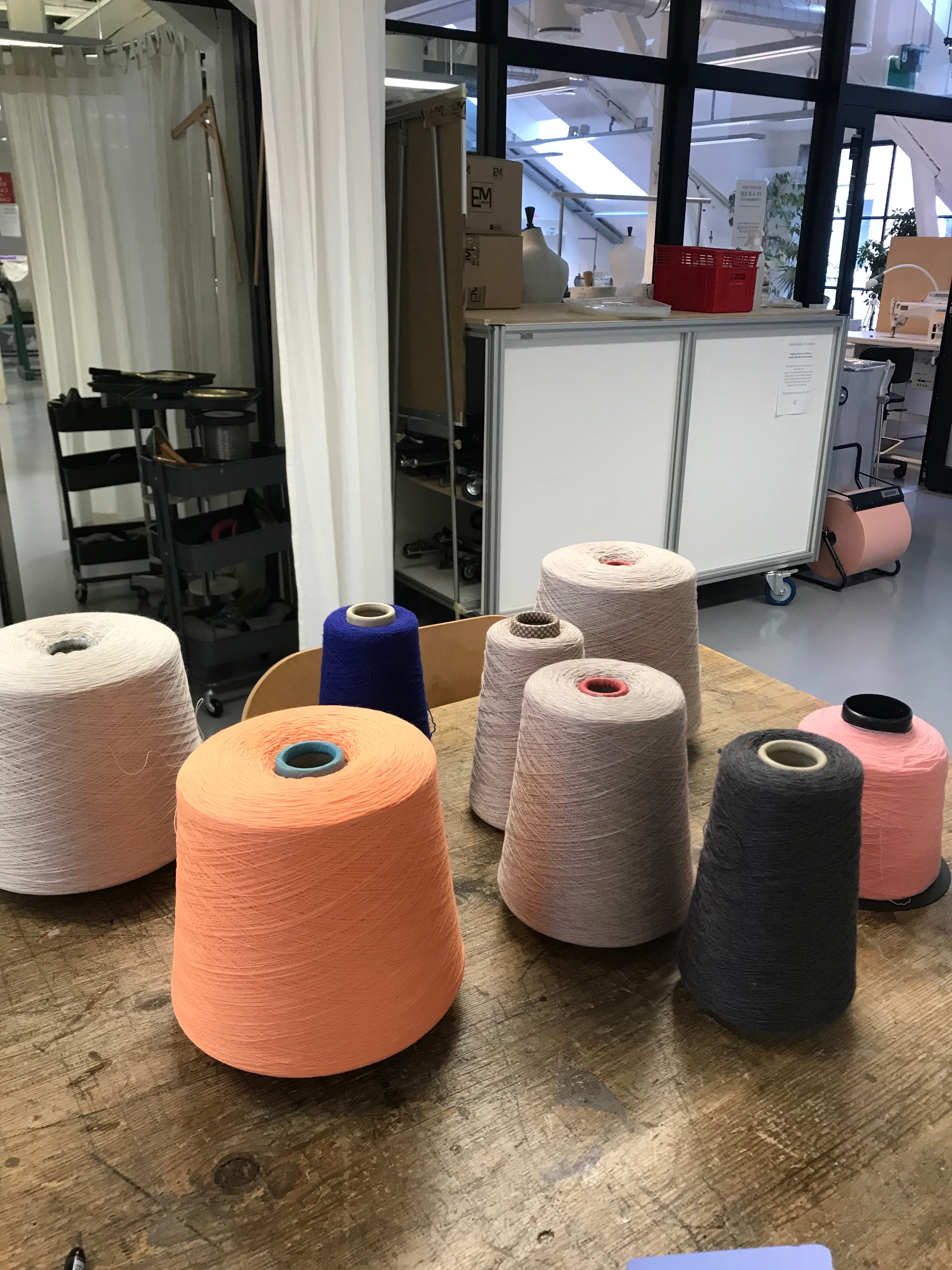
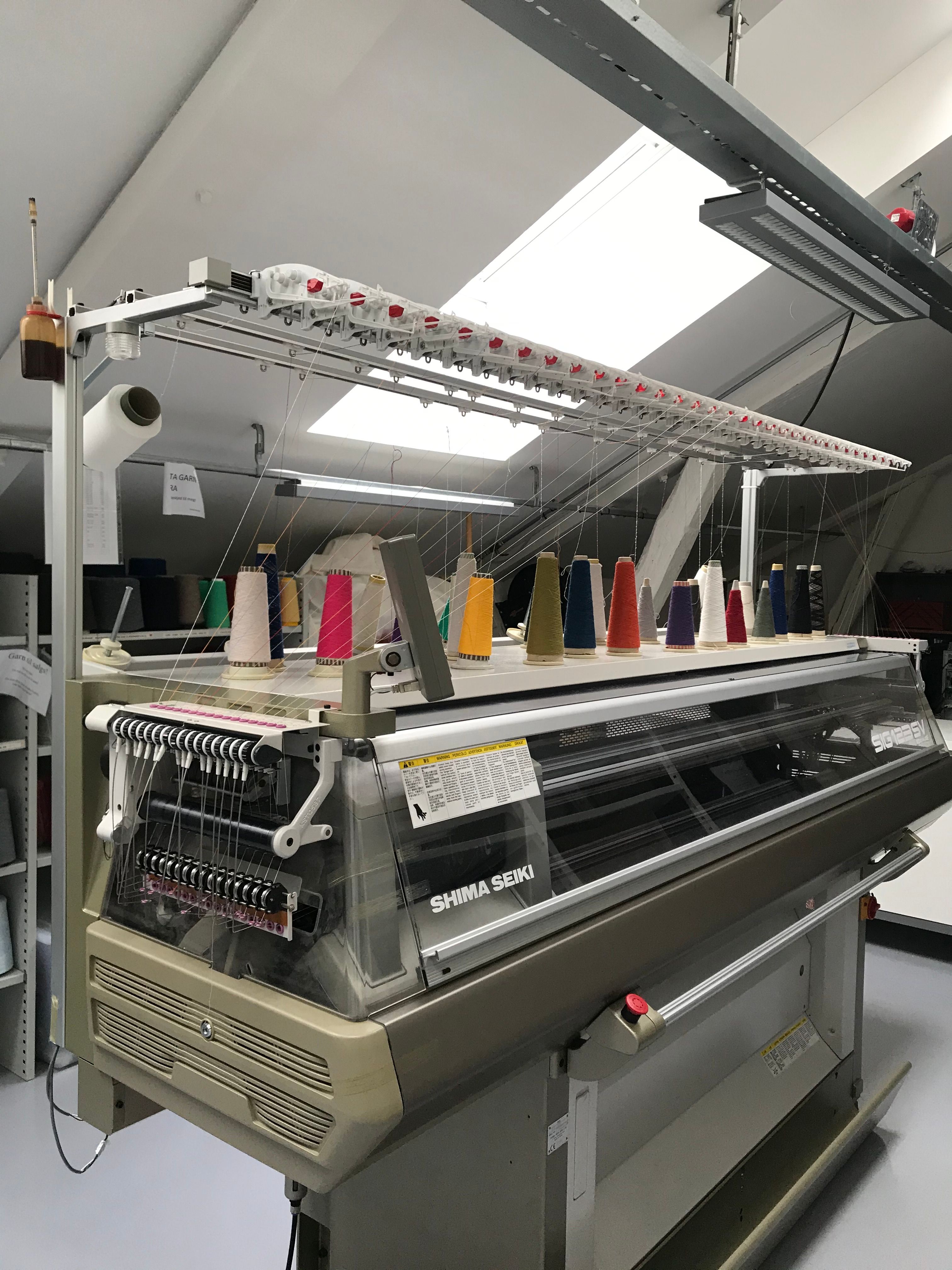
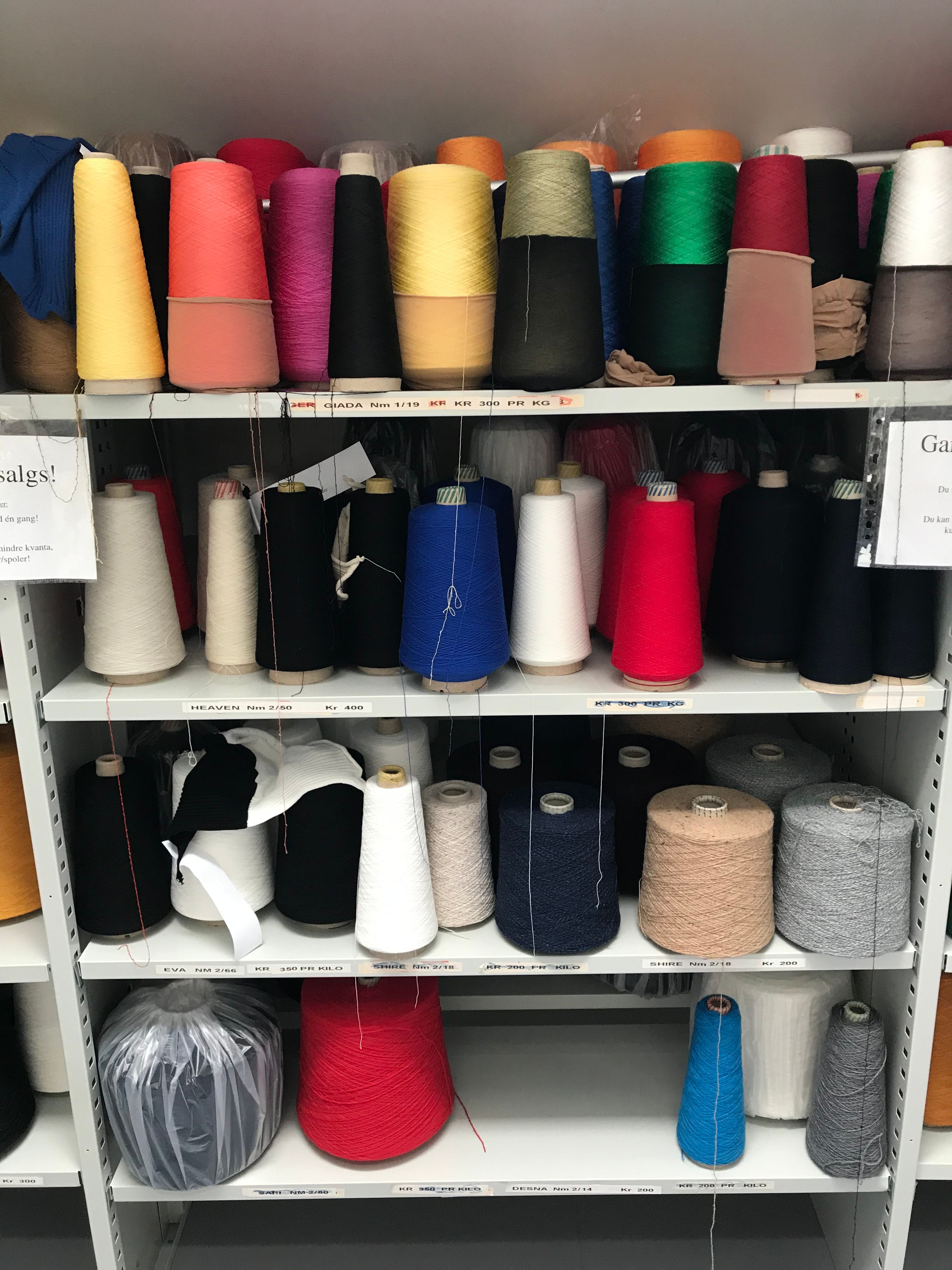
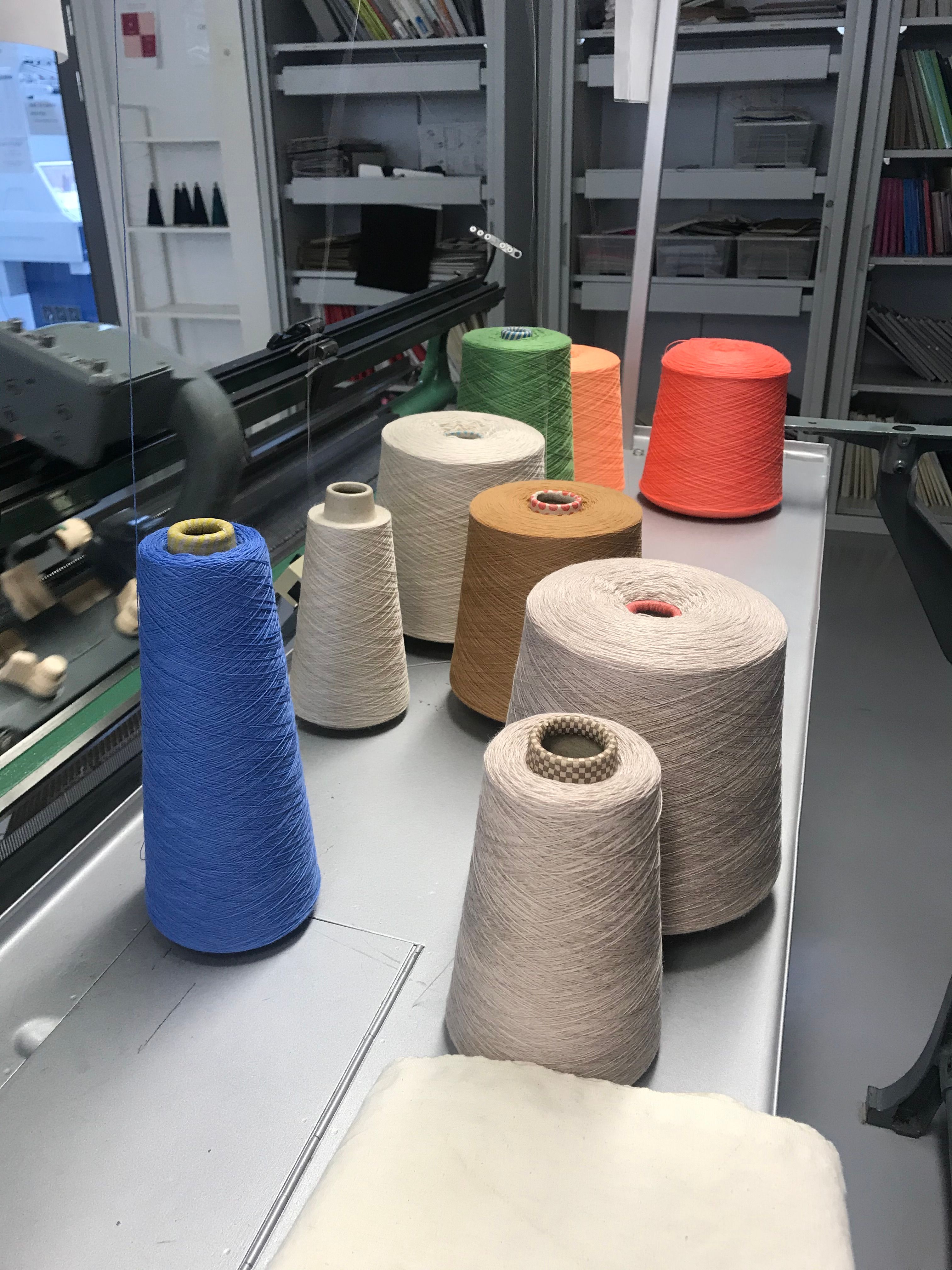

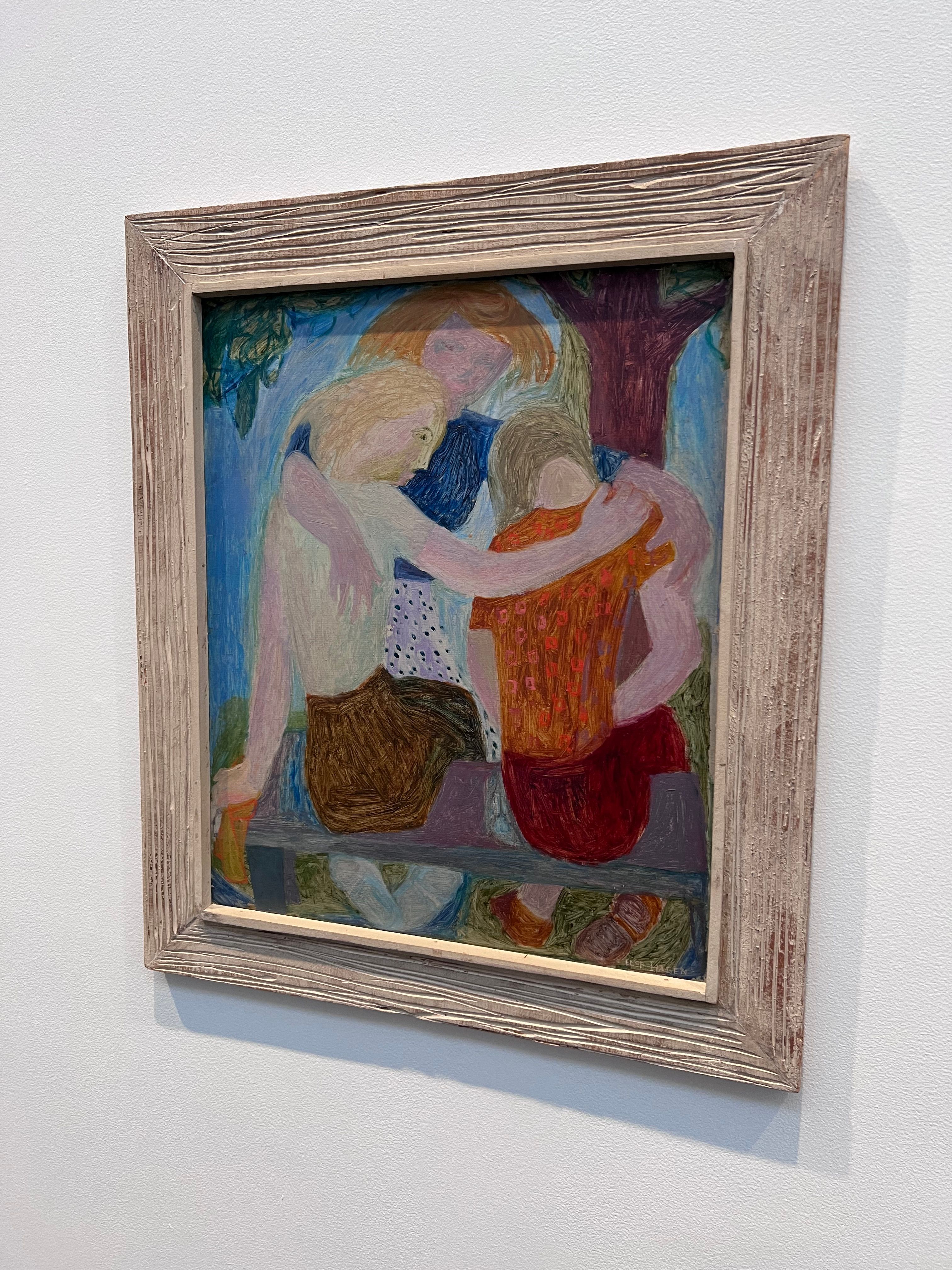




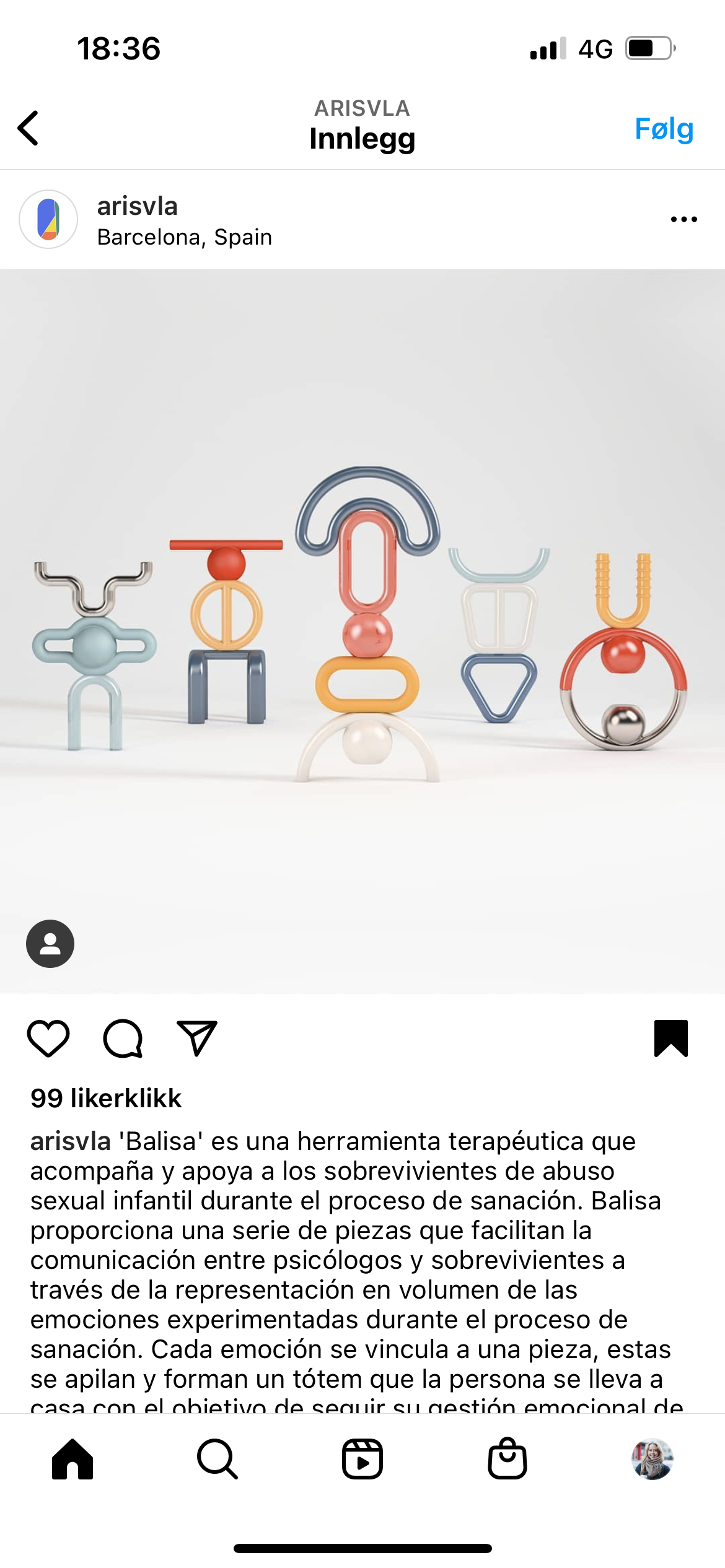
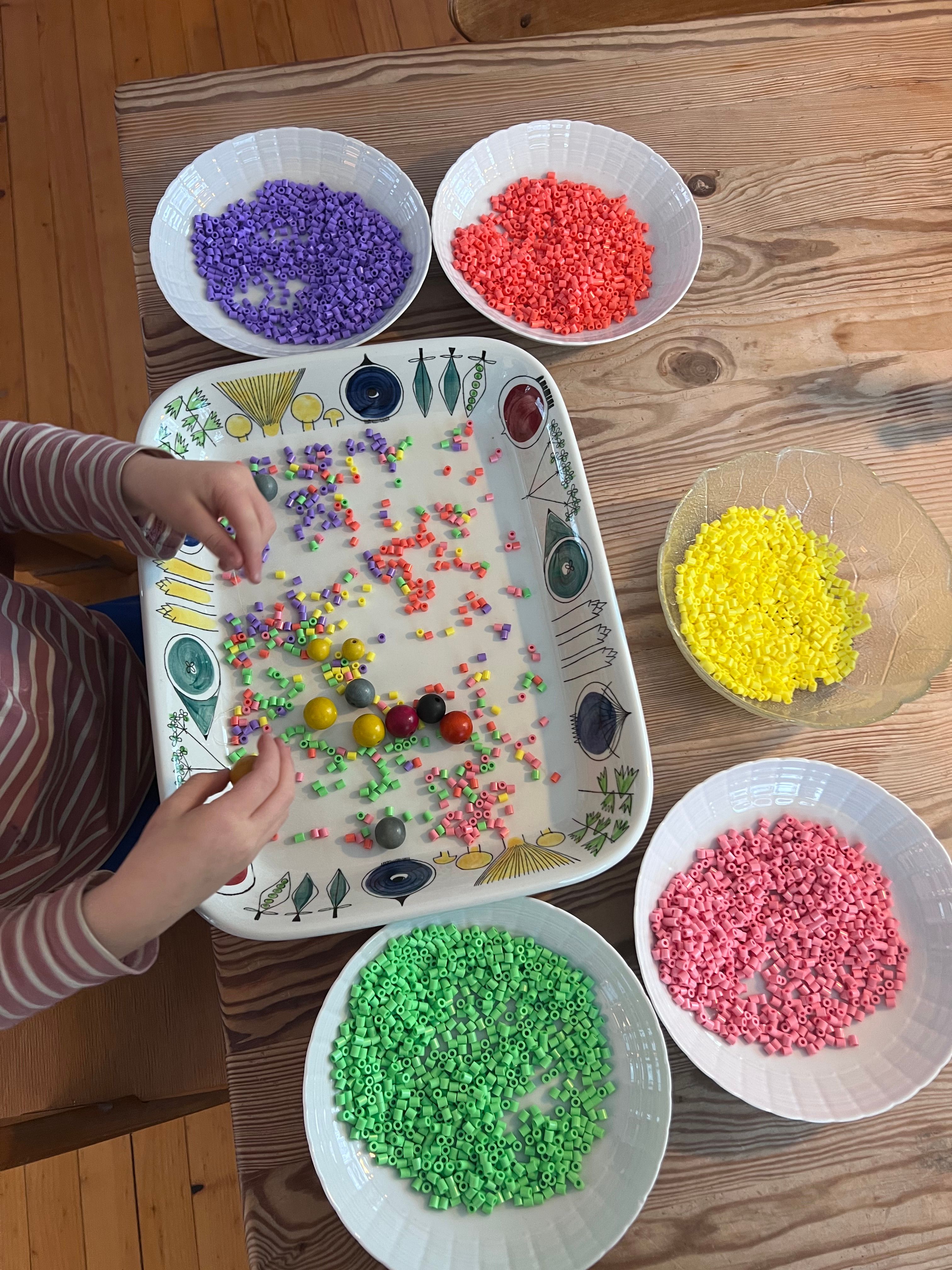
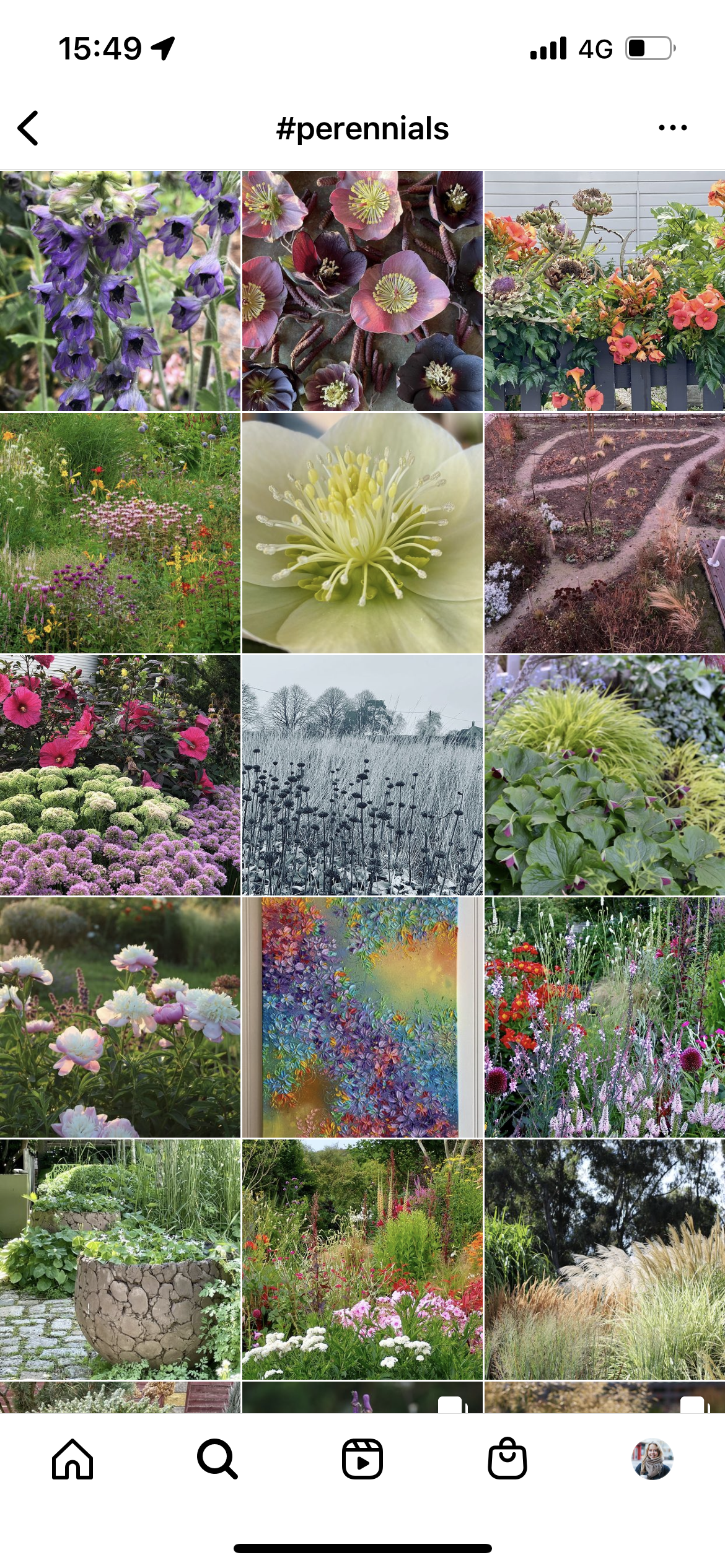
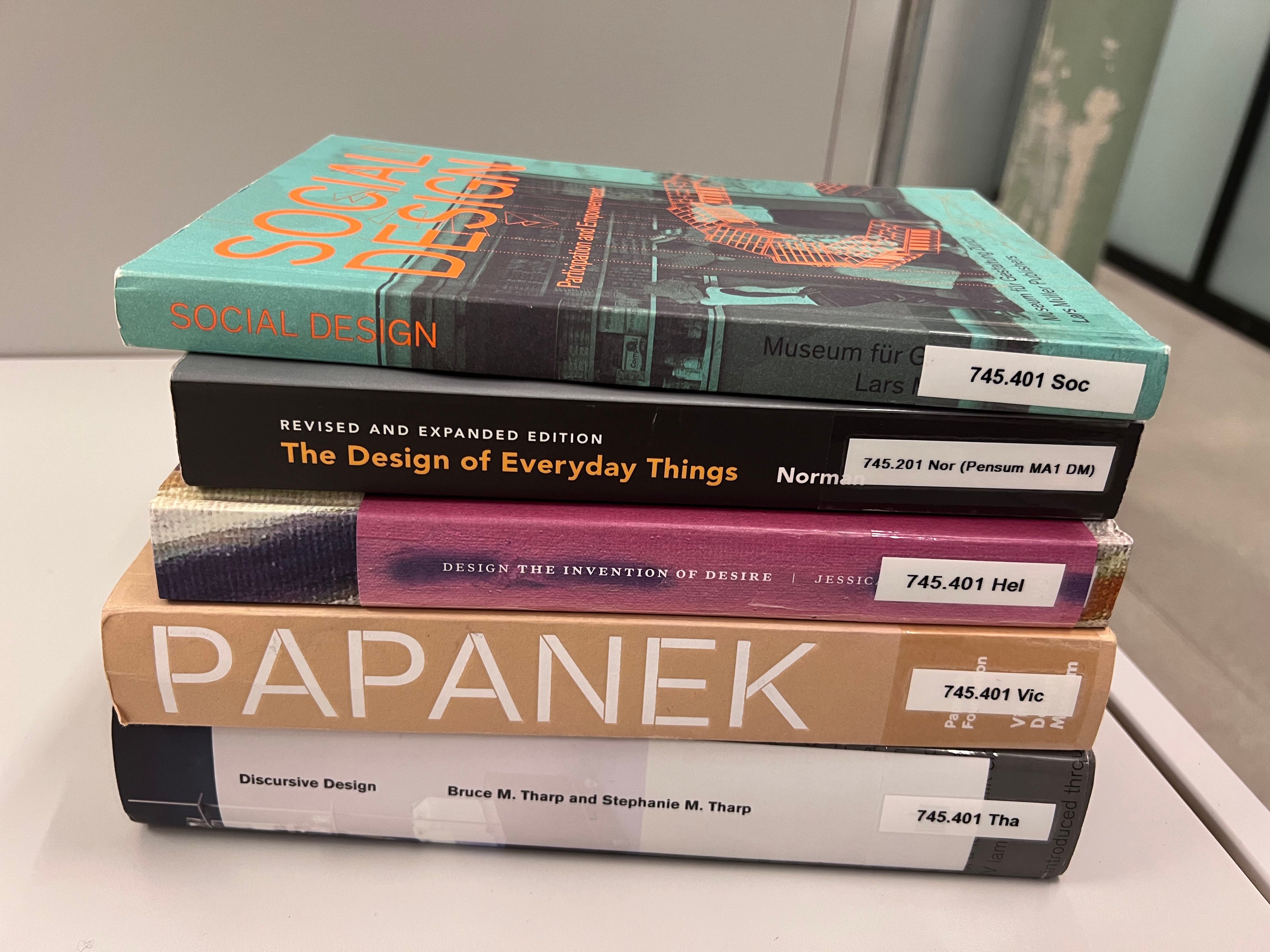
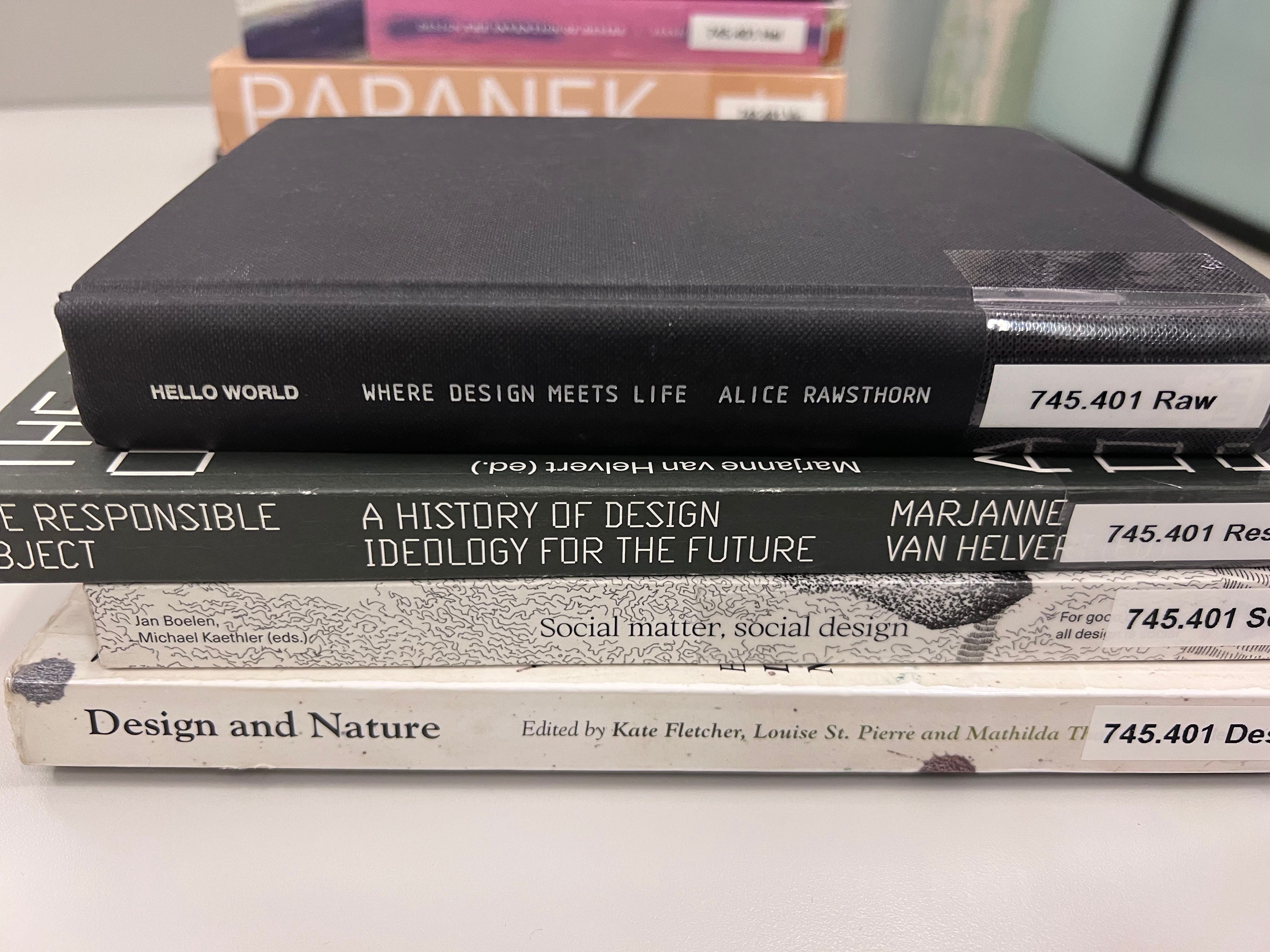

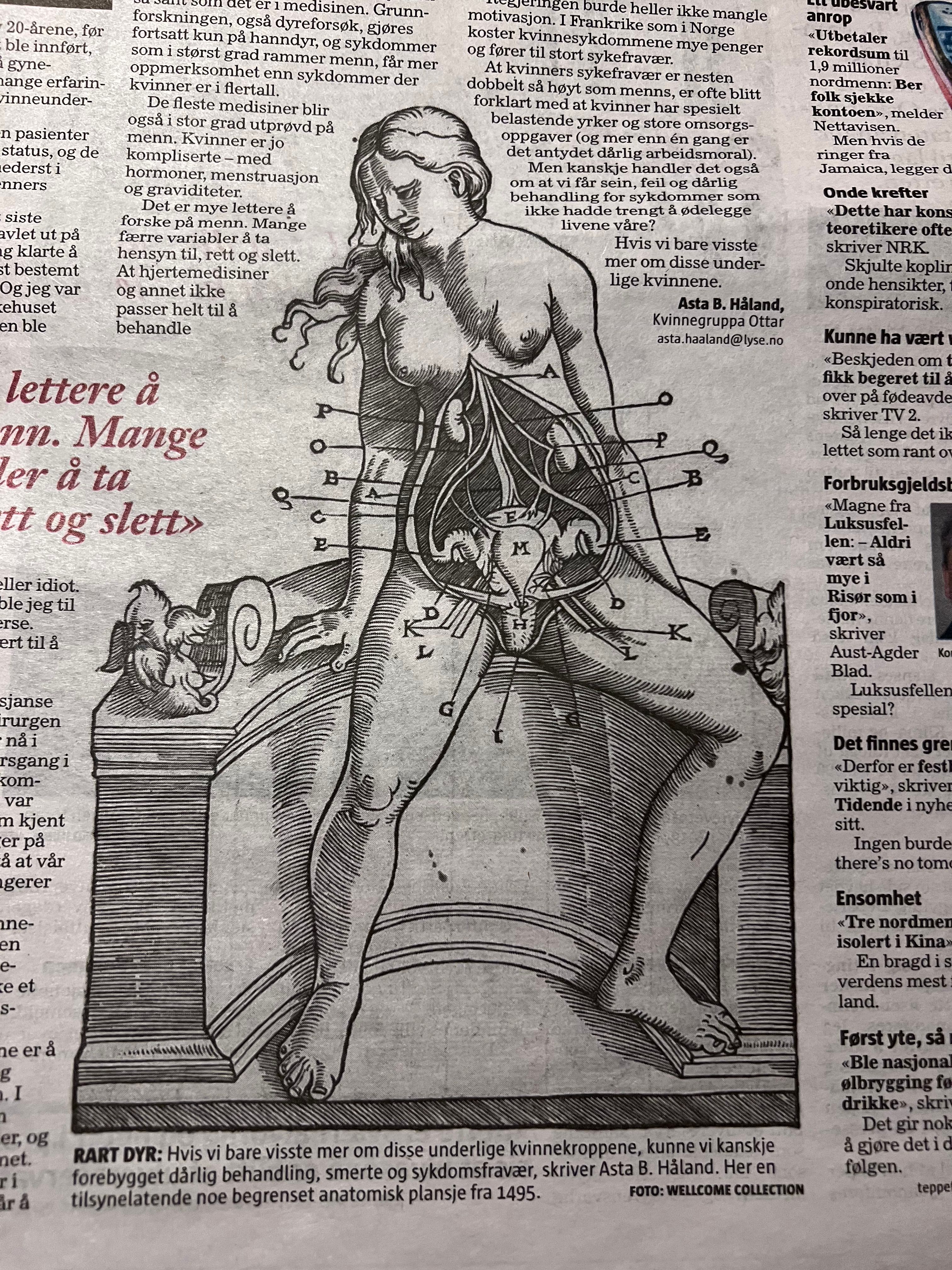
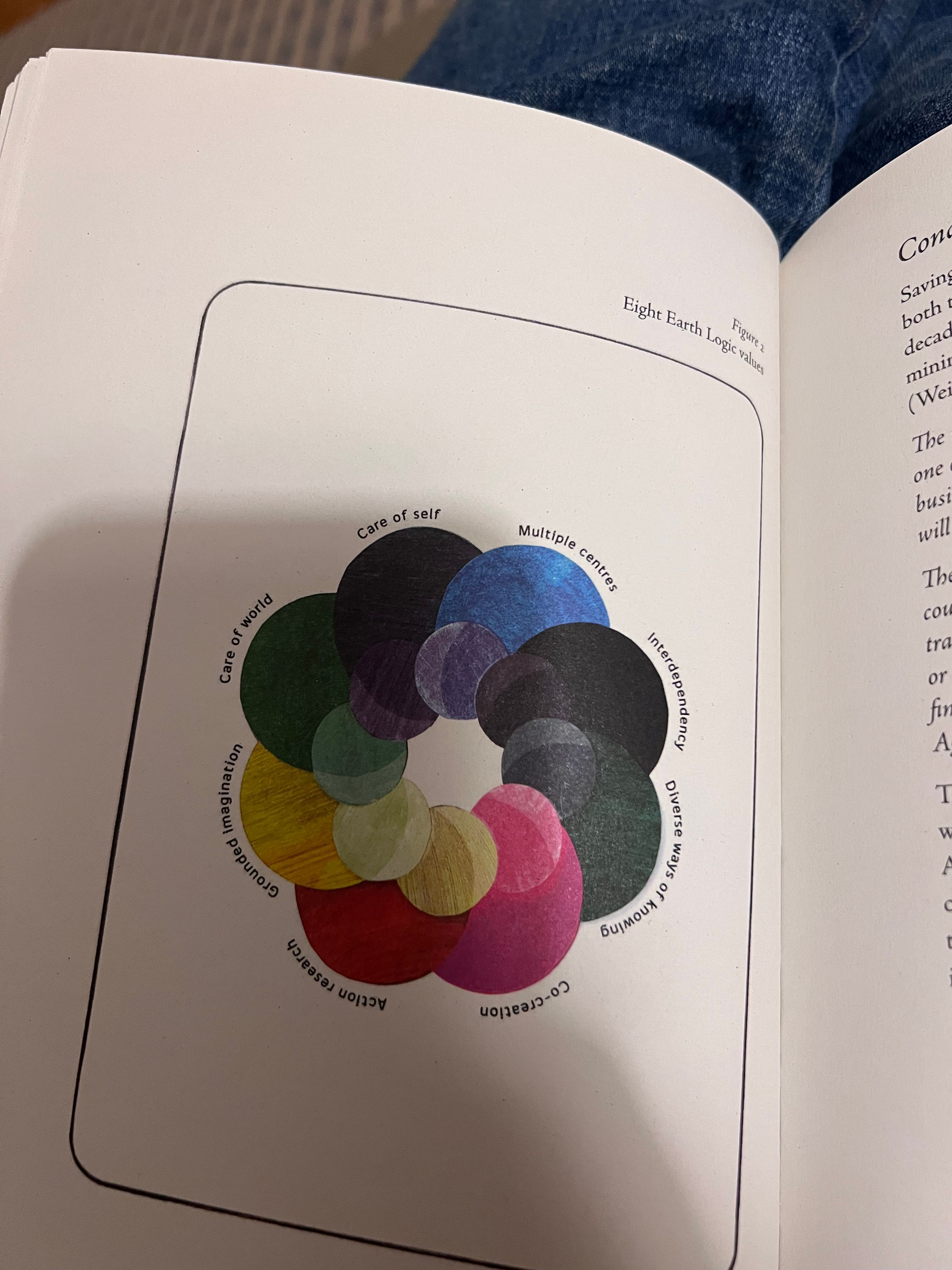
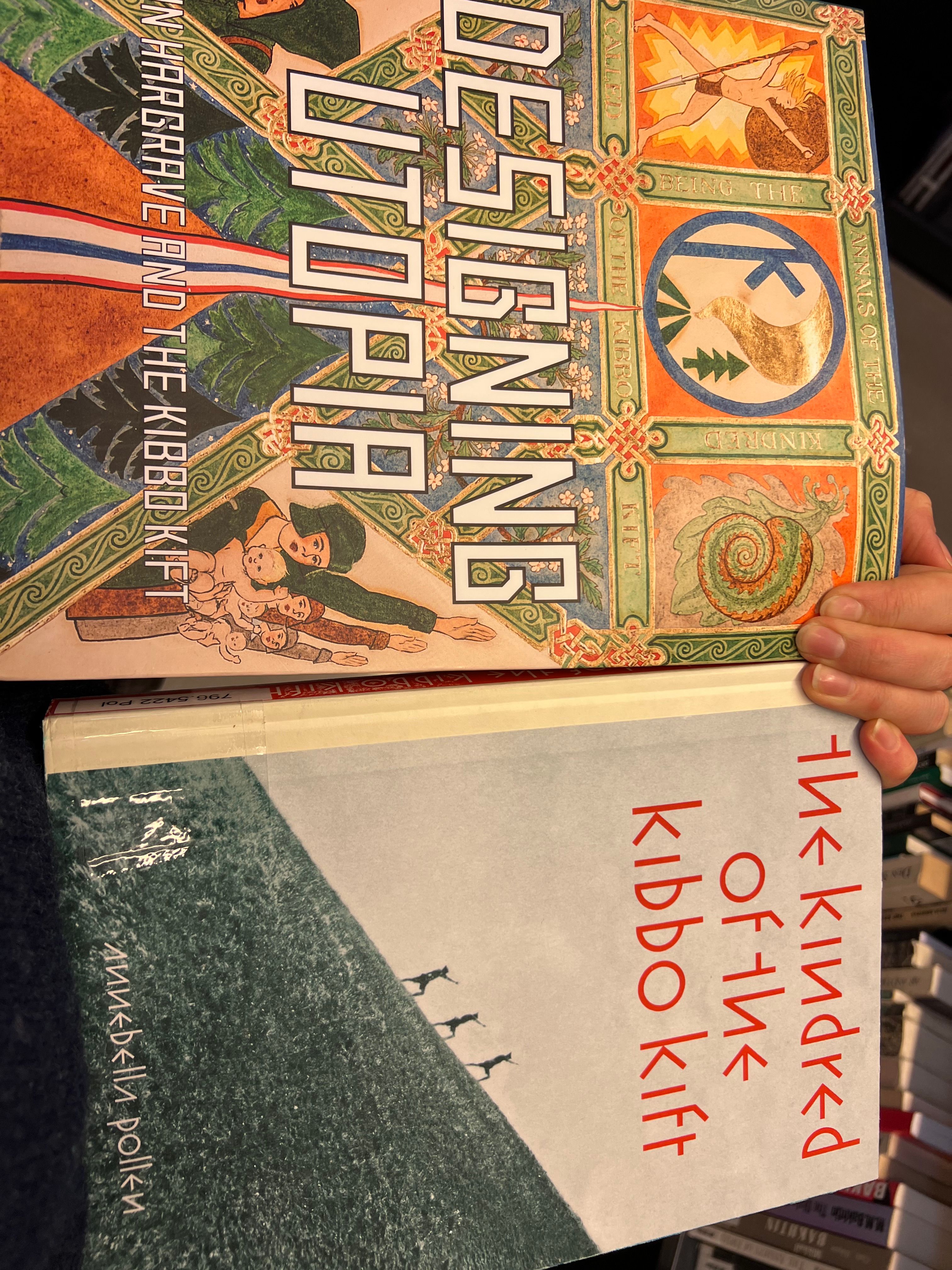
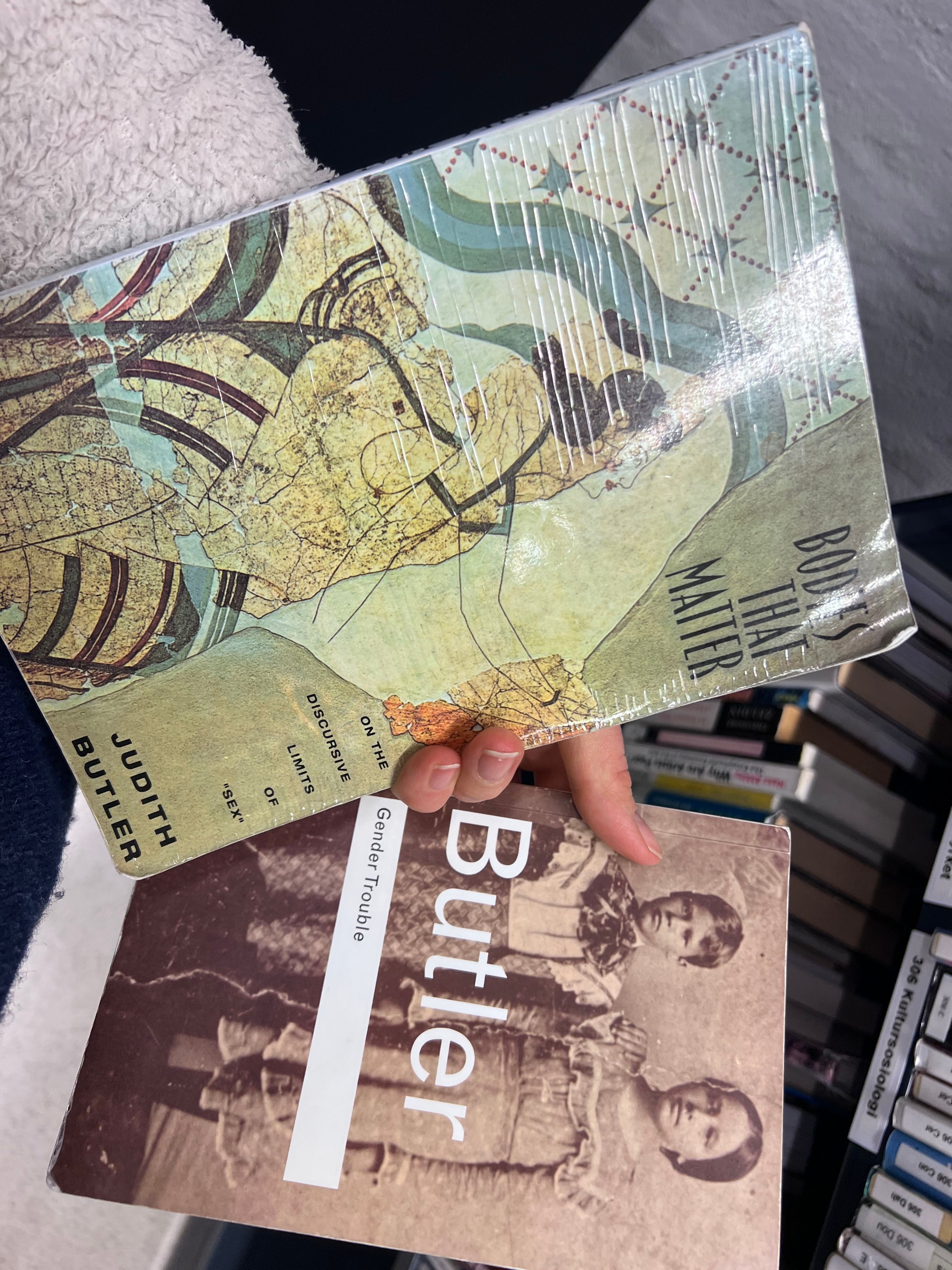
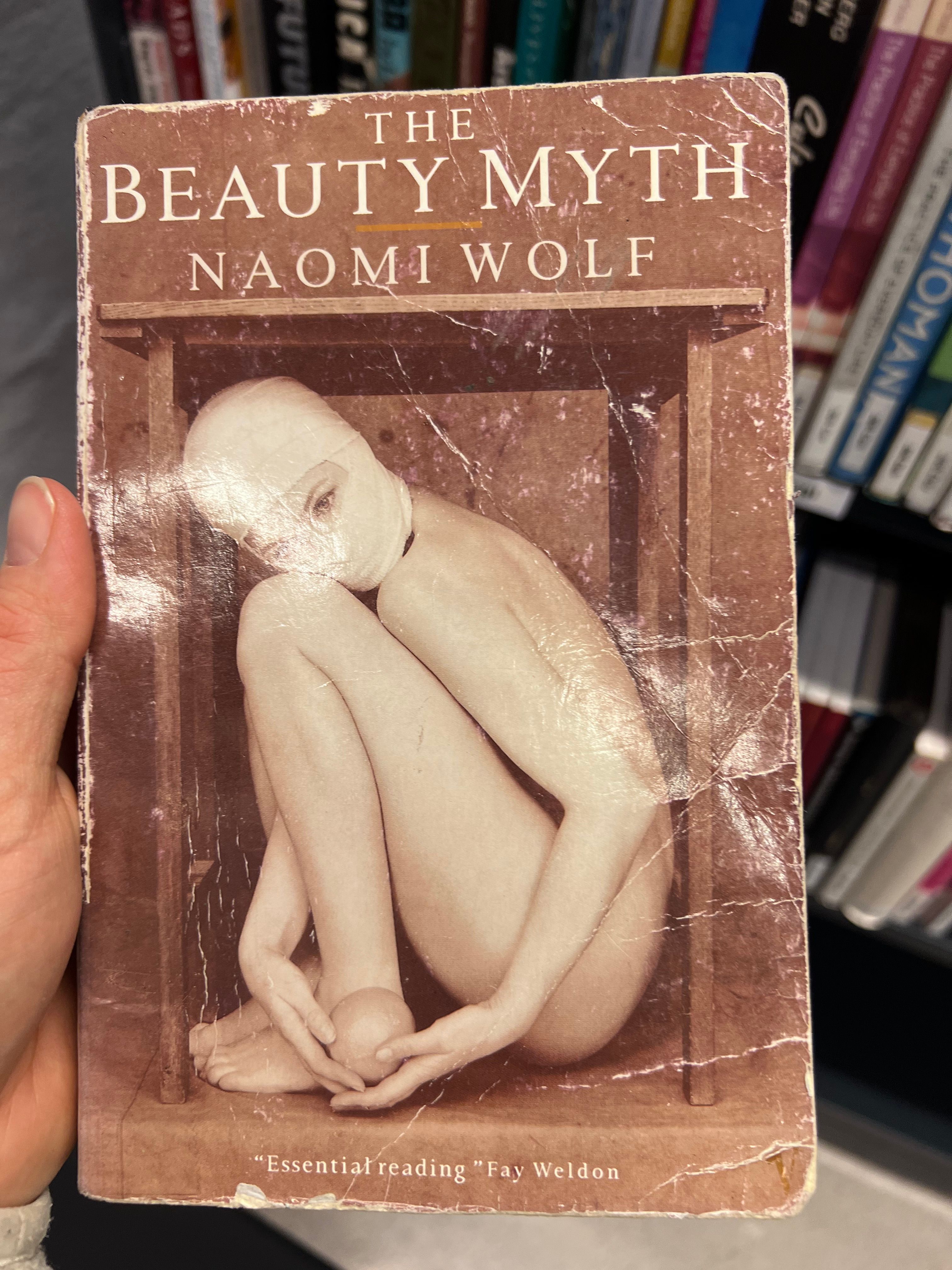
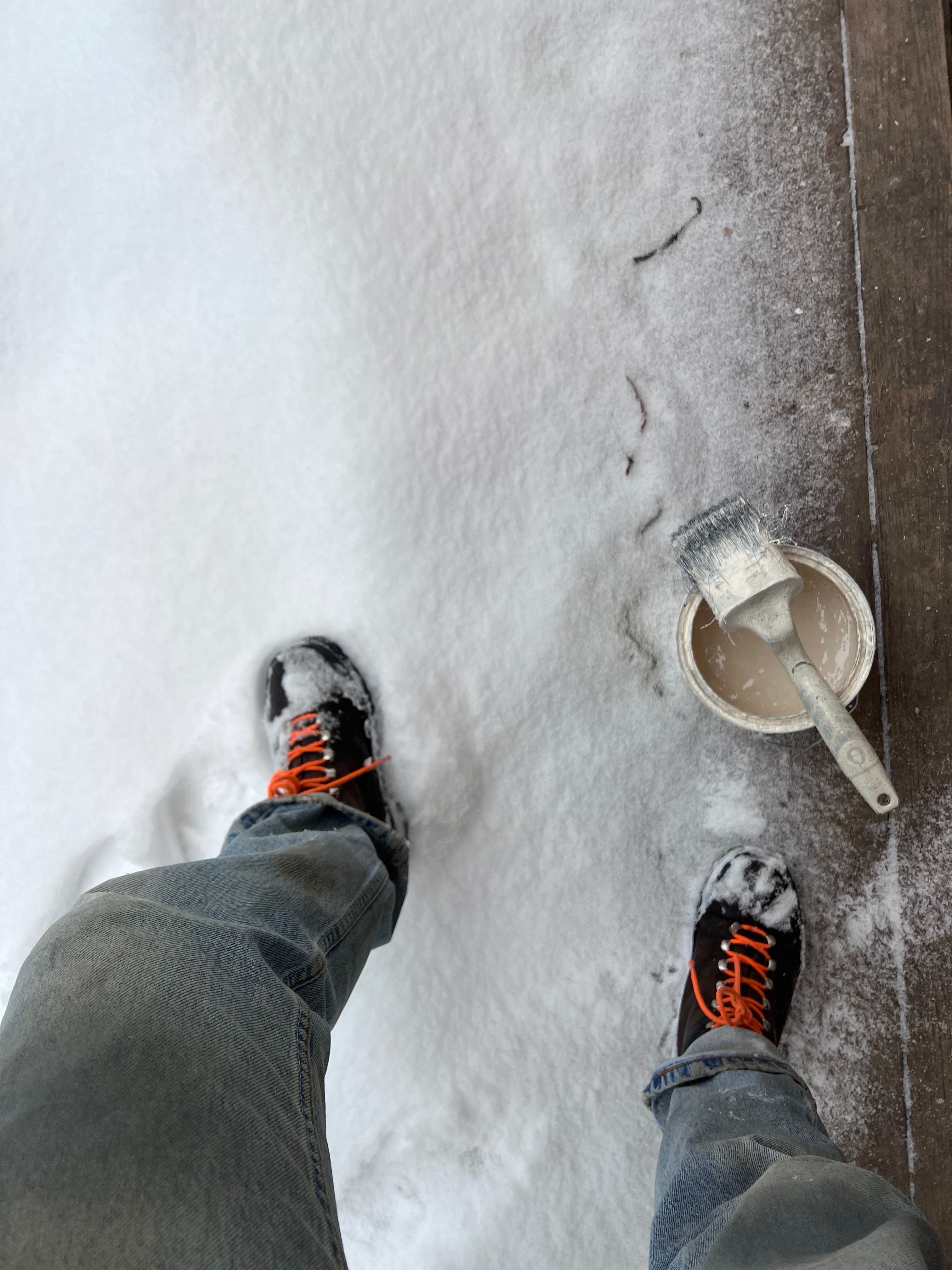
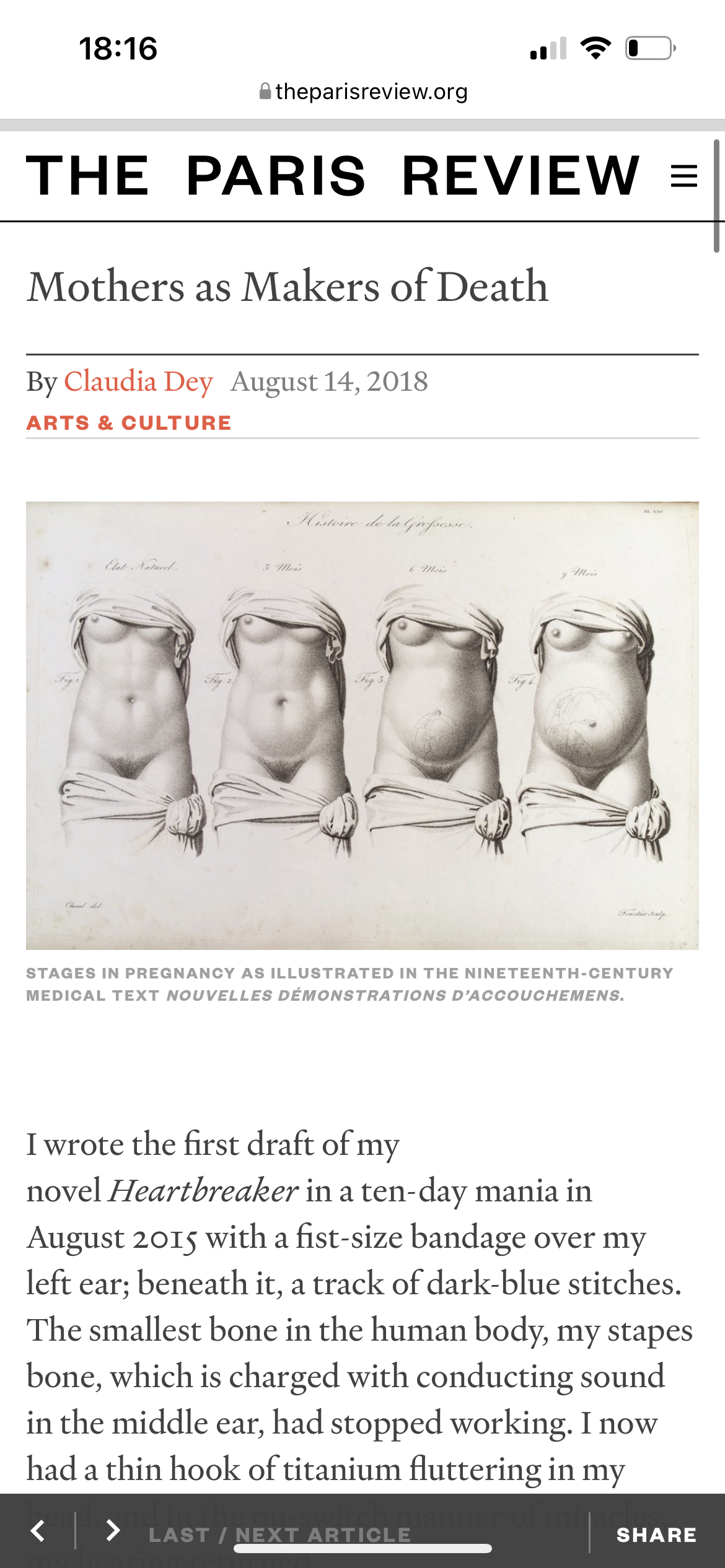
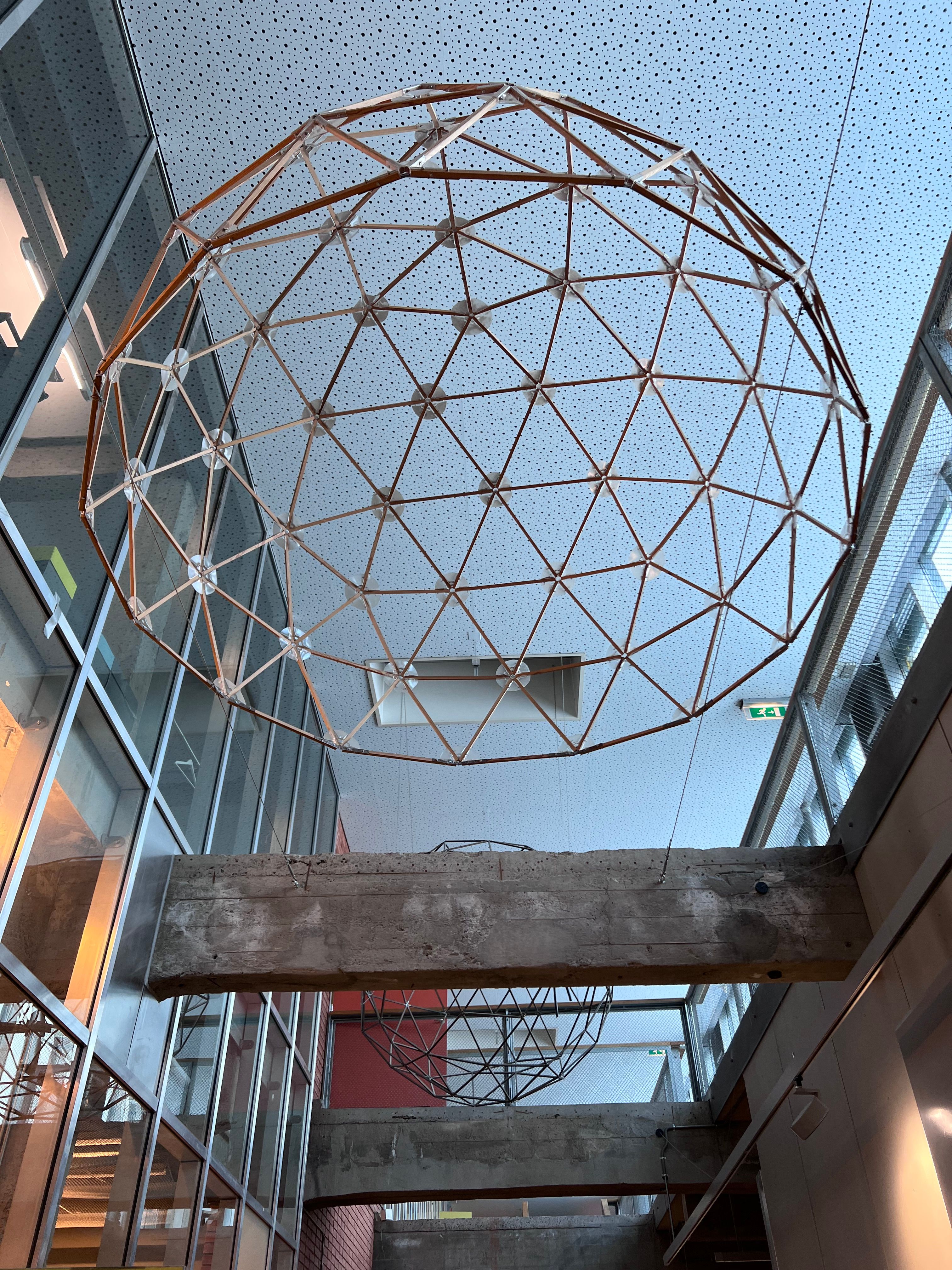

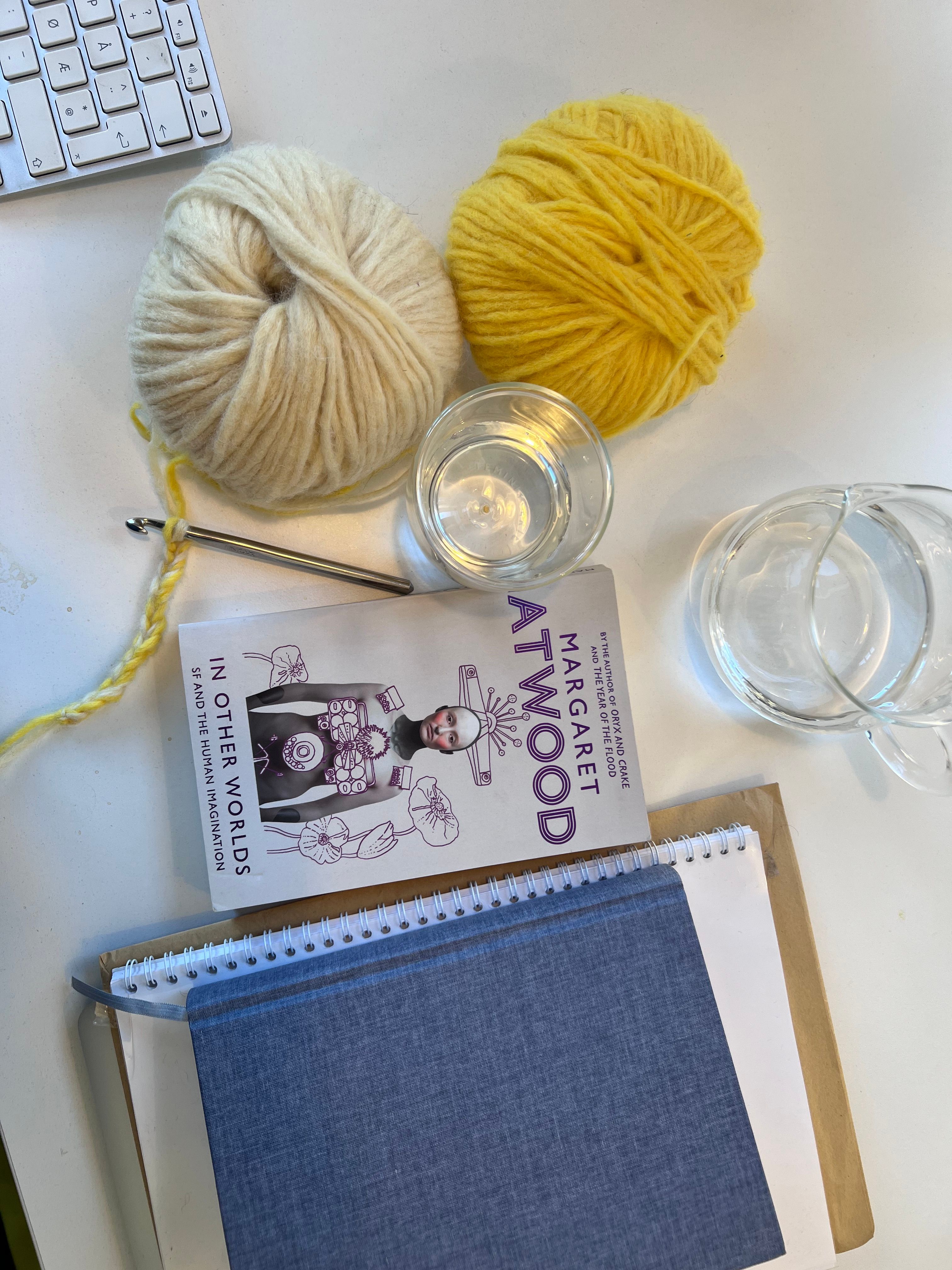
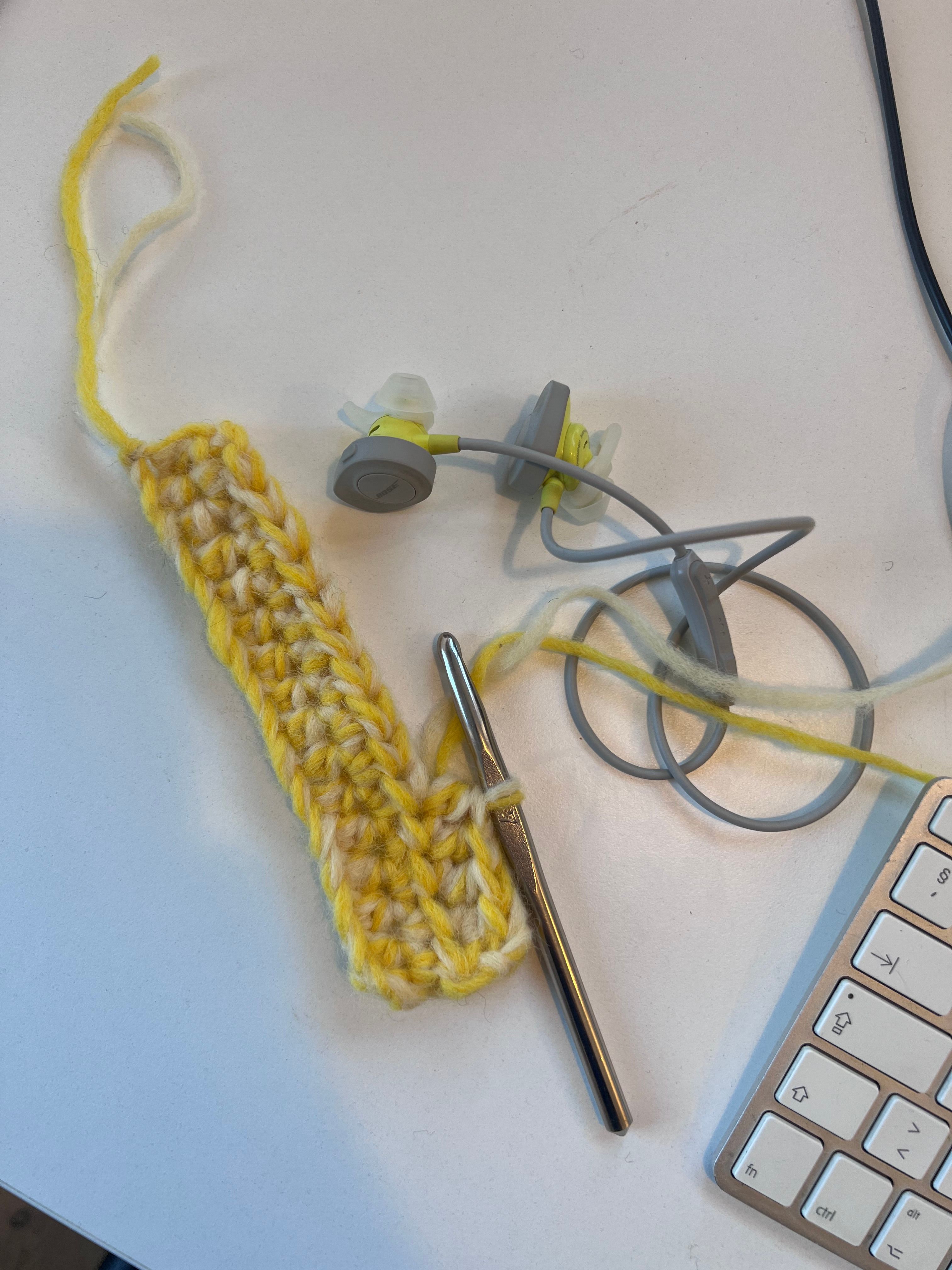
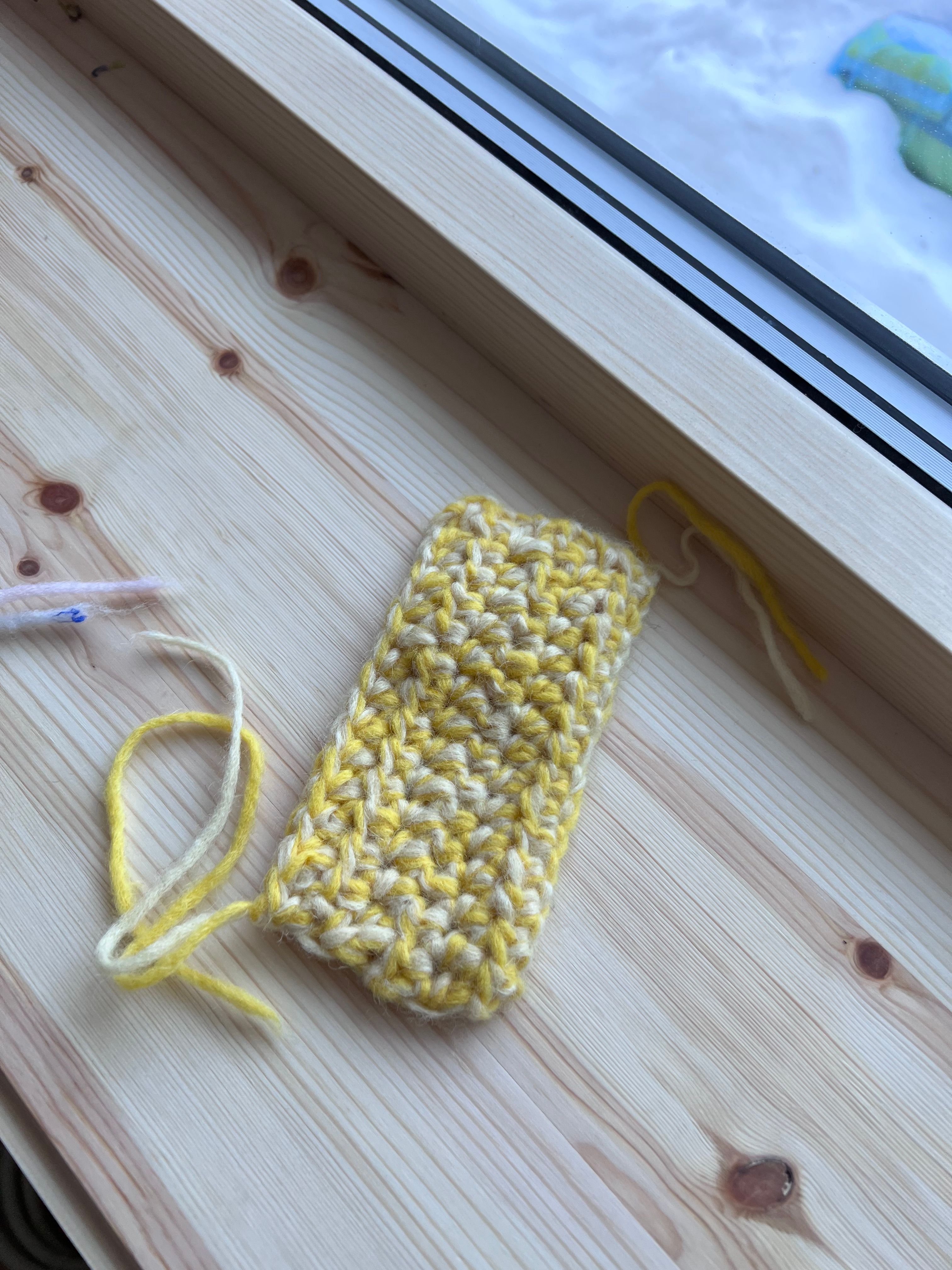

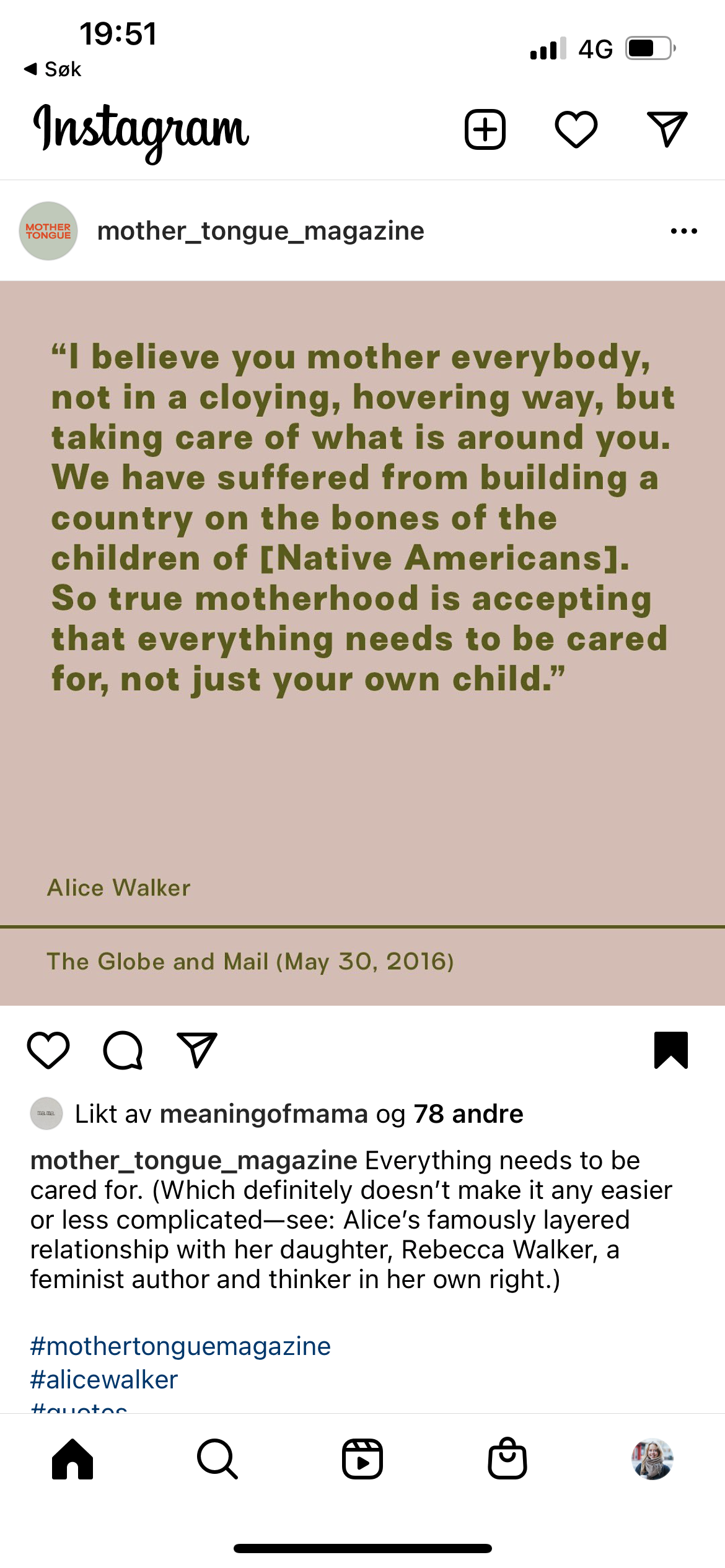
- May 11, 2021
Jerusalem
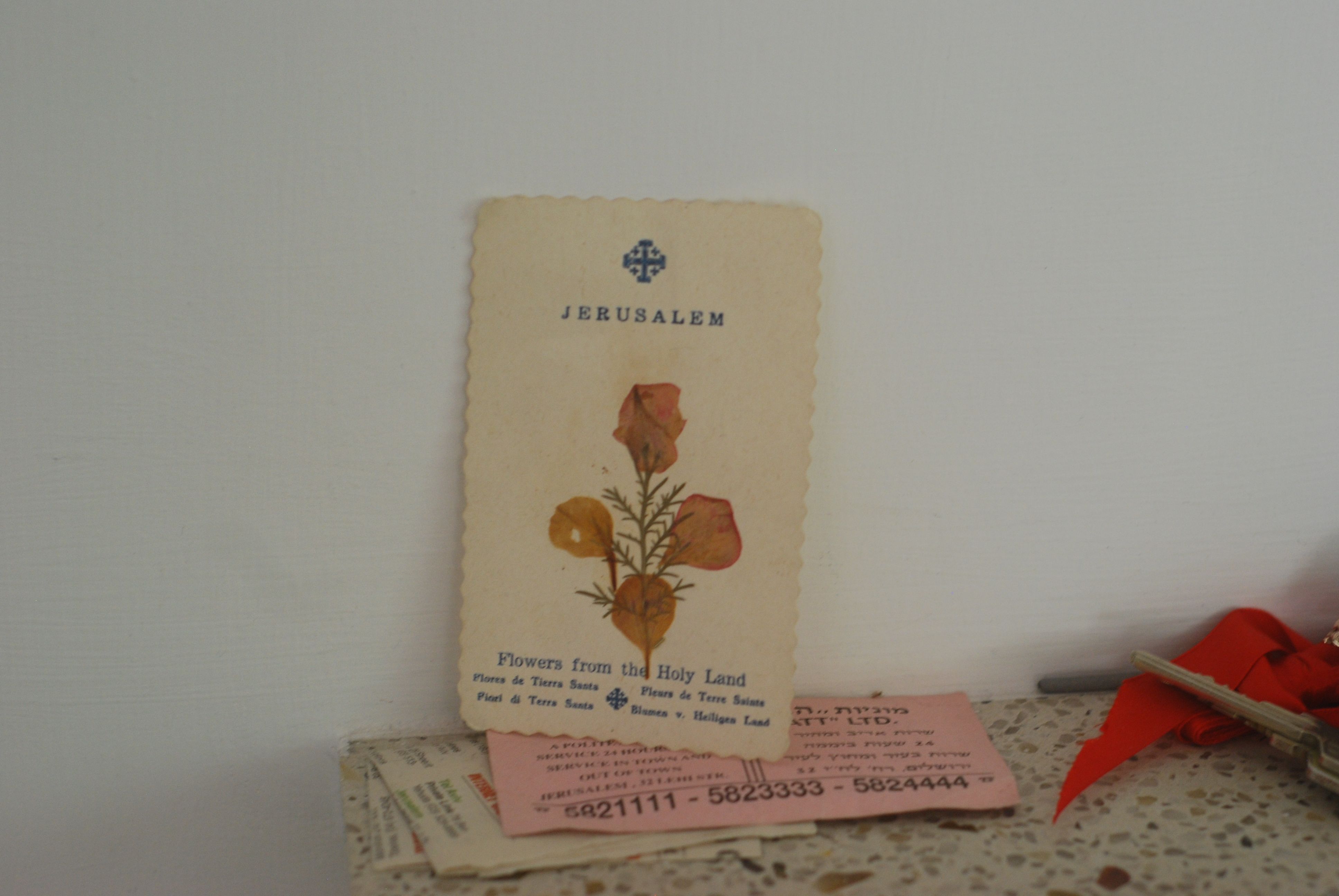
As the world is again holding its breath for Palestine, praying for peace while Gaza burns, I started to think about Jerusalem and its inhabitans. I visited Jerusalem eight years ago, while living in London working as a journalist. Due to the vast Jewish orthodox population in London, EasyJet had a direct flight to Tel Aviv. The flight was filled with black hats and myself. On the way out of the plane, I noticed one hat left behind, missing its head. I wondered where it would go.
Read the whole thing ↓I went to visit a journo friend and her boyfriend who worked for the Norwegian Ministry of Foreign Affairs. She couldn't tell she was a journalist, however, and went along as "spouse". We visited Tel Aviv first, during Pride, and it was crazy to see the carefree attitude of the people on the beach, a mere kilometer from the Gaza strip, just visible in the distance.
The complexity of the situation became even more apparent as I arrived in Jerusalem a few days later, where Palestinians and Jews are living somewhat side by side, but not in a necessary peaceful manner — as they both claim the city as their capital.
I loved Jerusalem. It was complex and beautiful and difficult and heartbreaking. I walked alone most days as my friends were working and I tasted amazing tabbouleh and hummus, glistening with ripe olive oil. Water melon and halloumi. Fresh baked bread was everywhere. I struck up a conversation with a curious Jewish mother on the new settler tram that criscrossed the city, dividing Jerusalem in two, and simultaneously exploiting Palestinians territory — unsurprisingly enough. She was headed to the wailing wall with her small child. Her husband was studying in the old city. I didn't tell her what I did for a living, having not disclosed this on my entry slip.
I went up to the Al-Aqsa mosque, knees, shoulders and hair covered and walked around the Temple mount, having passed through an incredible array of security. Even though I was allowed to be there, I felt very much like I was trespassing, but the mosque itself — with its incredble dome and jewel toned mosaics welcomed me, as did the other religious visitors, smiling under veiled faces.
Some days I felt alone, wandering the streets, discovering an Arab enclave right next to a Jewish settlers' neigbourhood, staring a bit too much at the Orthodox women with their black robes and wigs. But then I was also, more than once, suddenly surrounded by Arab children, running and playing — laughing around me, asking me questions, and my loneliness dissipated.
The thing with Jerusalem, is that even though it's (for many lucky Westeners like myself) a far away place, where we have been learned that war is a natural thing, we tend to forget that this is not a conflict between two nations. It's a military occupation, it's Israeli colonialisation, it's ethnic cleansing, it's apartheid. And the semantics here are extremely vital.
I think storytelling is crucial when talking about atrocious acts of inhumanity, because we might opt out of the awfulness, especially during a pandemic where the tolerance for pain is low. But in Gaza, right now, there are also just people, living their lives, incredulously enough, with so little freedom left. They go to work, they feed their cats, they call their friends.
I read the story of @monasaturn that was posted on @we_are_not_numbers_today and I was so moved, so I shared her post, her ways of coping in a situation of fear. We started talking. She lives in AlMusaddar, just 3 km from the fence. She immediately offered her assistance, if there was anything I (!) needed. I thanked her profusely for her incredible kindness, having just witnessed buildings she's worked in collapse in Gaza. I told her I would write something and I told her to stay safe.
«We will survive this hopefully», she answered me back.

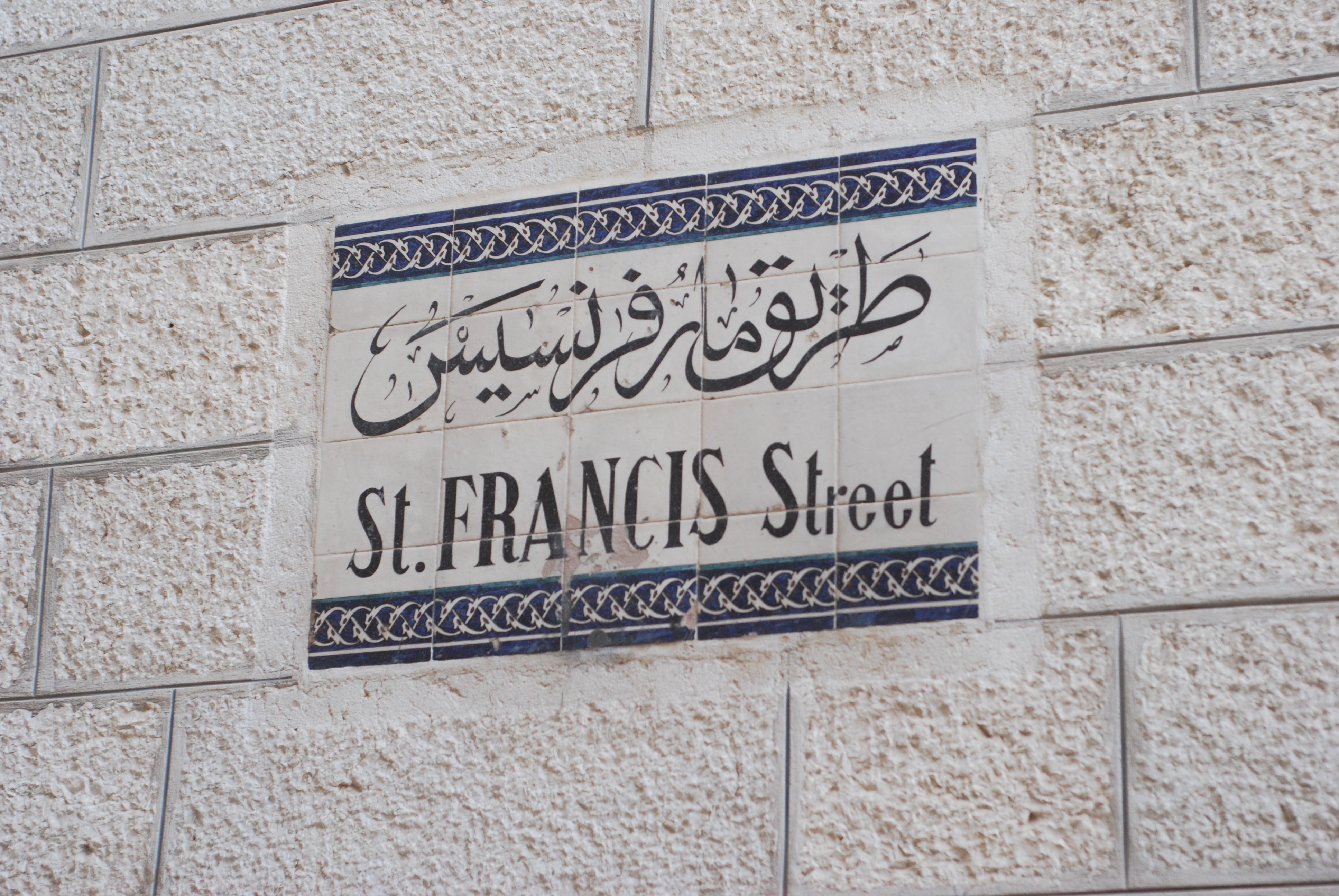
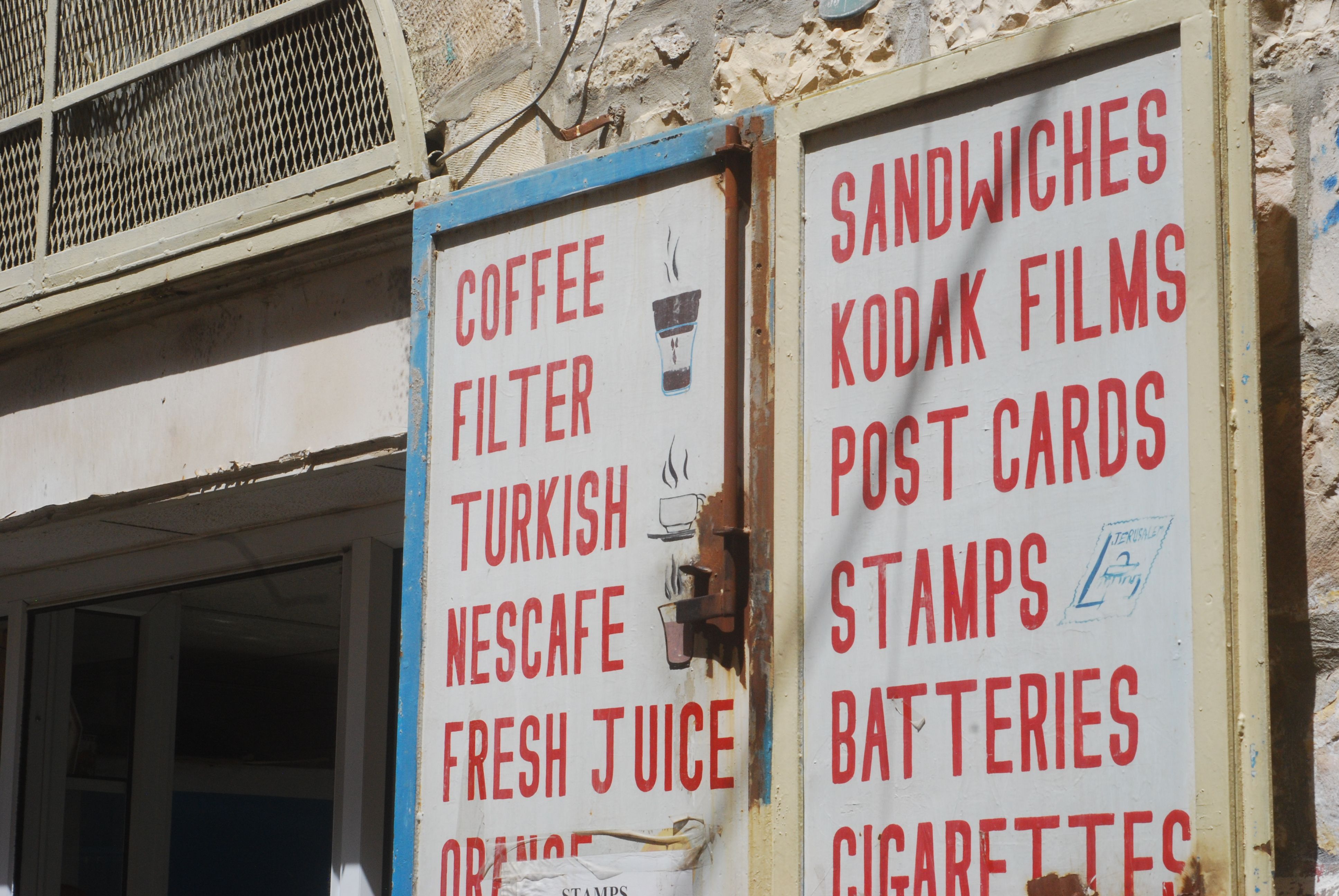

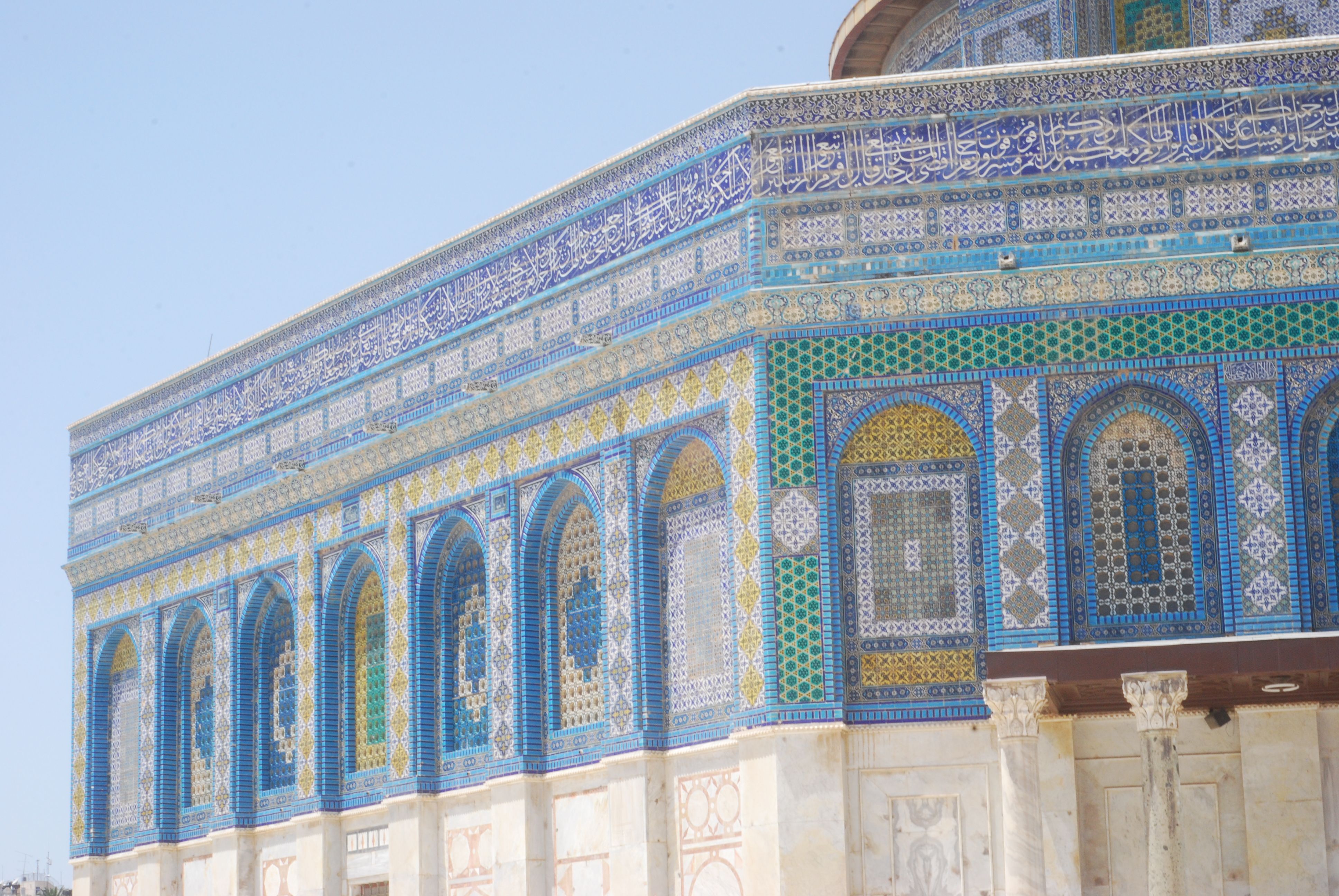


- Dec 13, 2020
Oh, the places we'll go: Rome

Traveling is, for obvious reasons, not really happening any time in the near future. So I've decided to venture back to a time where travel was indeed permitted and you could do such magical things like flying thousands of feet in the air, and end up in a completely different faraway land. I wrote this small piece for travel blog Voyage d'Etudes a few years back; a little feature about one of my absolute favorite cities in the world, Rome — a place of wonder, tangerine and fig trees, cold beer, olives, tiramisu and early morning runs along the Tiber river. I've been there several times with my family and we always go to my mom’s favorite place, Campo dei Fiori, the flower market. There’s a small bar there with old wooden chairs from a movie theatre or something. We've sat there many times when the market closes and watched the intricate logistics of the garbage men and their medieval looking broomstick. Very strange, but oddly rhythmical.
Read the whole thing ↓FROM VOYAGE D’ETUDES ABOUT ROME:
NAME: Thea Urdal
SPECIALISM: Design and journalism
LOCATION OF STUDY: Rome, Italy
PROJECT TITLE: Quest for the perfect detail (without bringing it home)
OVERVIEW: I am notoriously curious, continuosly searching for items that spark an interest or an idea. Then I take said item home with me. Nine times out of a ten this item will be a book or a magazine. Although I find random knick-knacks intriguing, I am mostly fascinated by the art of print and paper and have accumulated such a vast amount of publications and tomes over the years that my mom just shakes her head and mumbles “fire hazard” every time she’s at my apartment. I ignore her of course, but upon my arrival in Rome I wanted to see if there were more abstract details I could focus on in the Eternal City, than just physical objects. I am such an avid fan of tactility and touch, and I also love to eat, so I wanted to put my mind into the actual experience of being physically in a place, breathing in the smell of orange flowers, noticing structures, textures, colors, eating ripe figs and not just contemplating about which books to bring home (although I did bring a fair share home in the end, don’t worry).
EVIDENCE COLLECTED:
1. Fried artichoke
I know people talk incessantly about small holes in the walls, and in fear of this sounding like something daft out of Eat Pray Love, we literally found a hole in the wall where I had one of the best food experiences of my life. Sora Margherita is a miniscule restaurant/social club in the old Jewish ghetto (the walls were littered with yellowing reviews) and we did like everyone else in the place (which seated about fifteen people) and ordered a wrinkly little thing that looked anything but appetizing, but it turned out to be delicious. Our biggest rookie mistake was obviously not eating the entire thing (why, I have no idea), because on our second visit we watched the man seated next to us gulp down the whole thing in two bites. There were only three menus in the place (obviously in Italian) that got passed around between guests.
2. The color yellow
After a few days on holiday I slowly realized that the color yellow is not just the color of succulent golden pasta vongole or the small citrus fruits that hang in low-branched trees, it’s literally a color that appears so frequent in Rome that it became the pure essence of Italy for me. Ochre, saffron, apricot and spotted vanilla, it was all a blur of sunshine.
3. Marble
The 2000-year-old original marble floor at the Pantheon completely stunned me. The dome of the Pantheon is still the largest dome construction in the world and has a hole in the middle, so water pours in during heavy rainshowers. How this floor is still intact and so geometrically astounding baffles me. Other amazing marble gems were found literally at every street corner, in every small hidden church, but the floor at Saint Peter’s Basilica was of course beautiful, although I found Pantheon ten times more riveting (not too fond of hordes of tourists).
4. Small gems in the Vatican
I’ve been strangely fascinated by the Vatican for years, and although the Sistine Chapel was astounding, I realized that it was the small weird things - like stacked grey chairs at Saint Peter’s Square, a small painted window shelf at the Vatican museum or the Vatican post office trailer (where I disappointingly enough didn’t get any nice stamps on my card) – that I preferred over ancient reliefs.
5. Paper
Guiseppe, the antiquarian at Il Museo del Louvre showed me the meaning of patience when I spent hours rummaging around his beautiful (and dusty) archives. I was strict with myself and in the end ended up with only three magazines, a Japanese/French exhibition folder and a small book in Italian, that I probably will never learn how to read, but the cover made me swoon. At a small market close to the Fontana di Trevi I finally found some old letters from the Vatican, complete with watermarks, stamps and graphics. So beautiful.
CONCLUSION: Rome smells the best of all cities I’ve been to and I have definitely discovered the subtle beauty that lie in things less tangible. Will venture back very soon, for the artichokes alone.
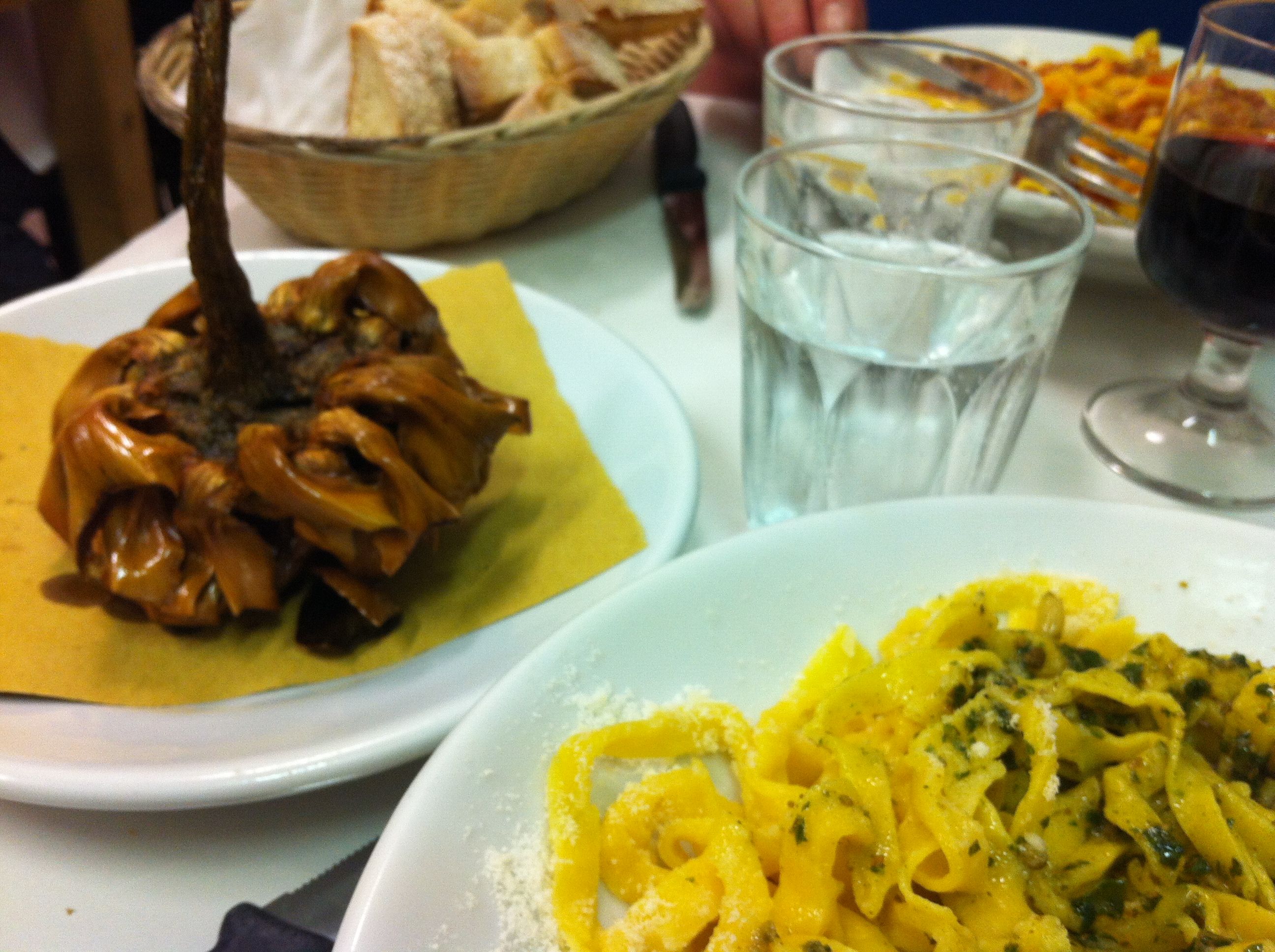
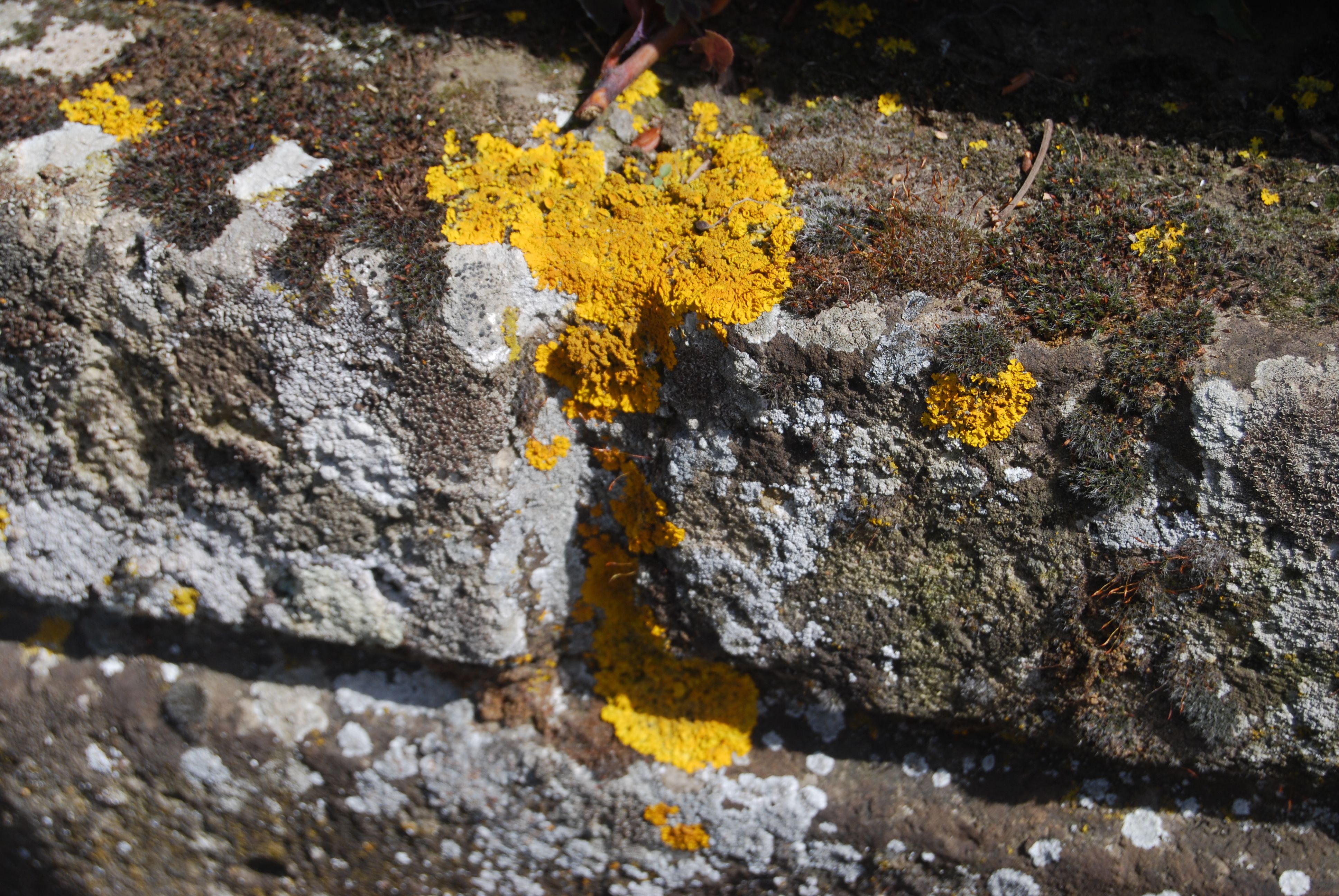
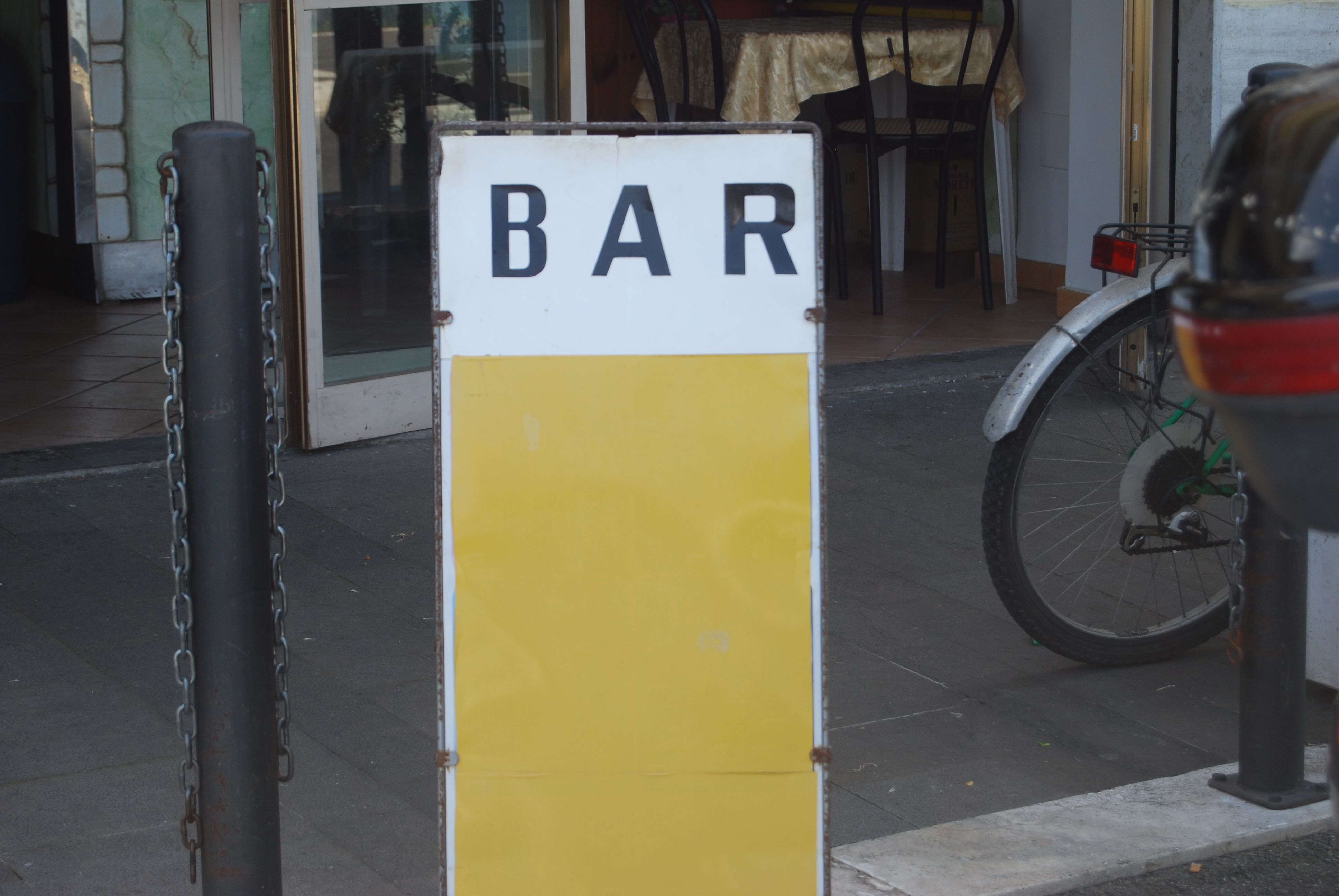
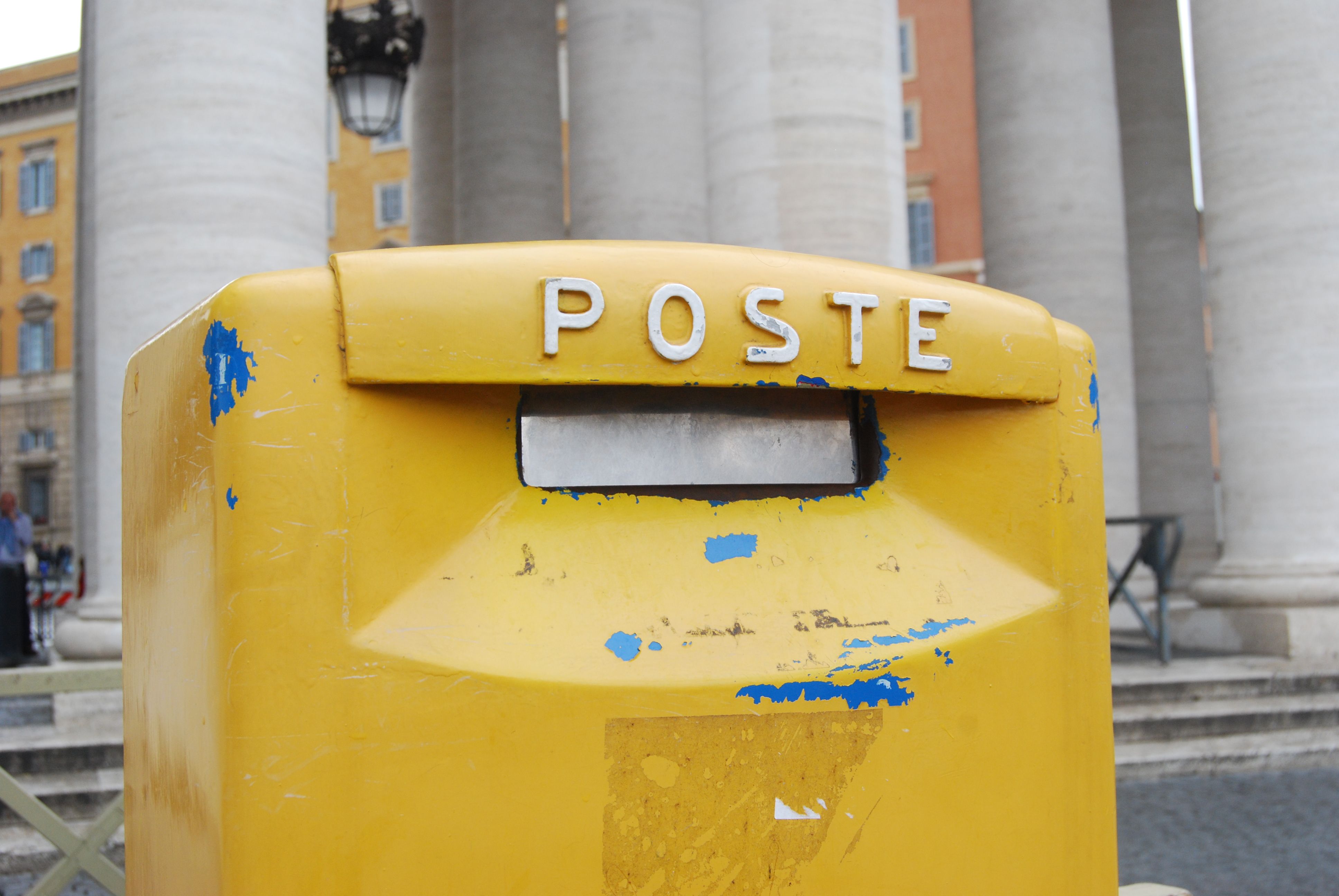
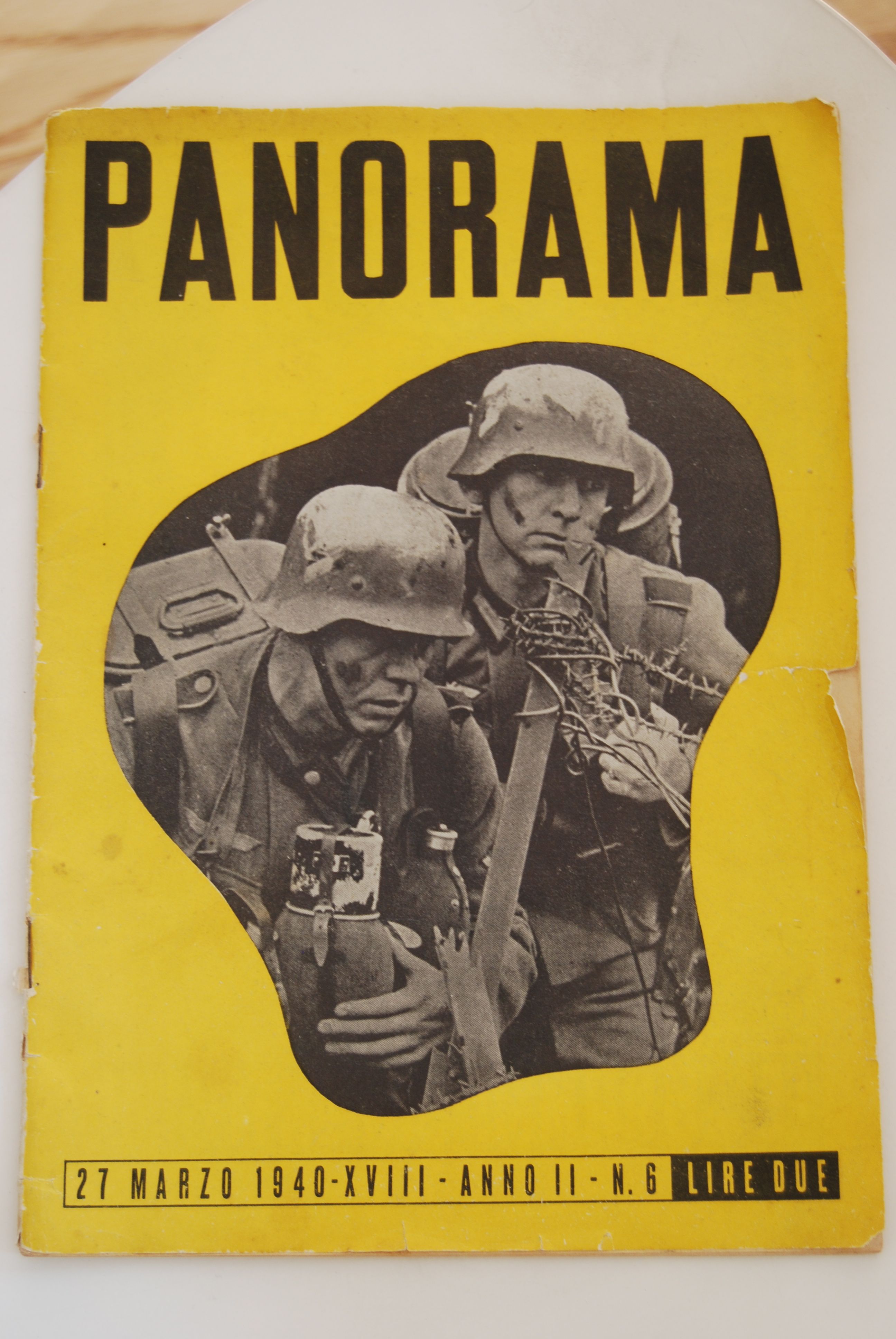
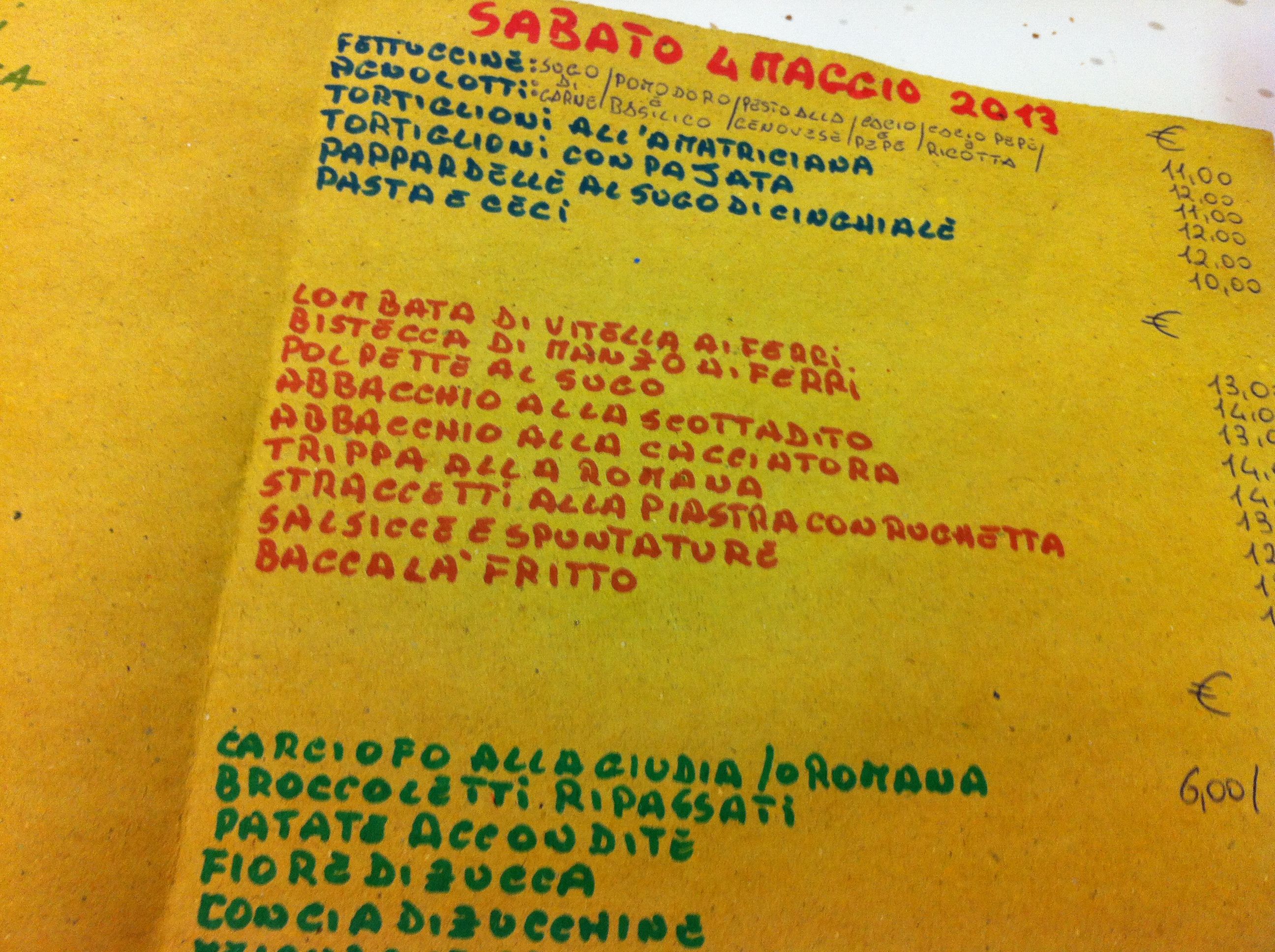
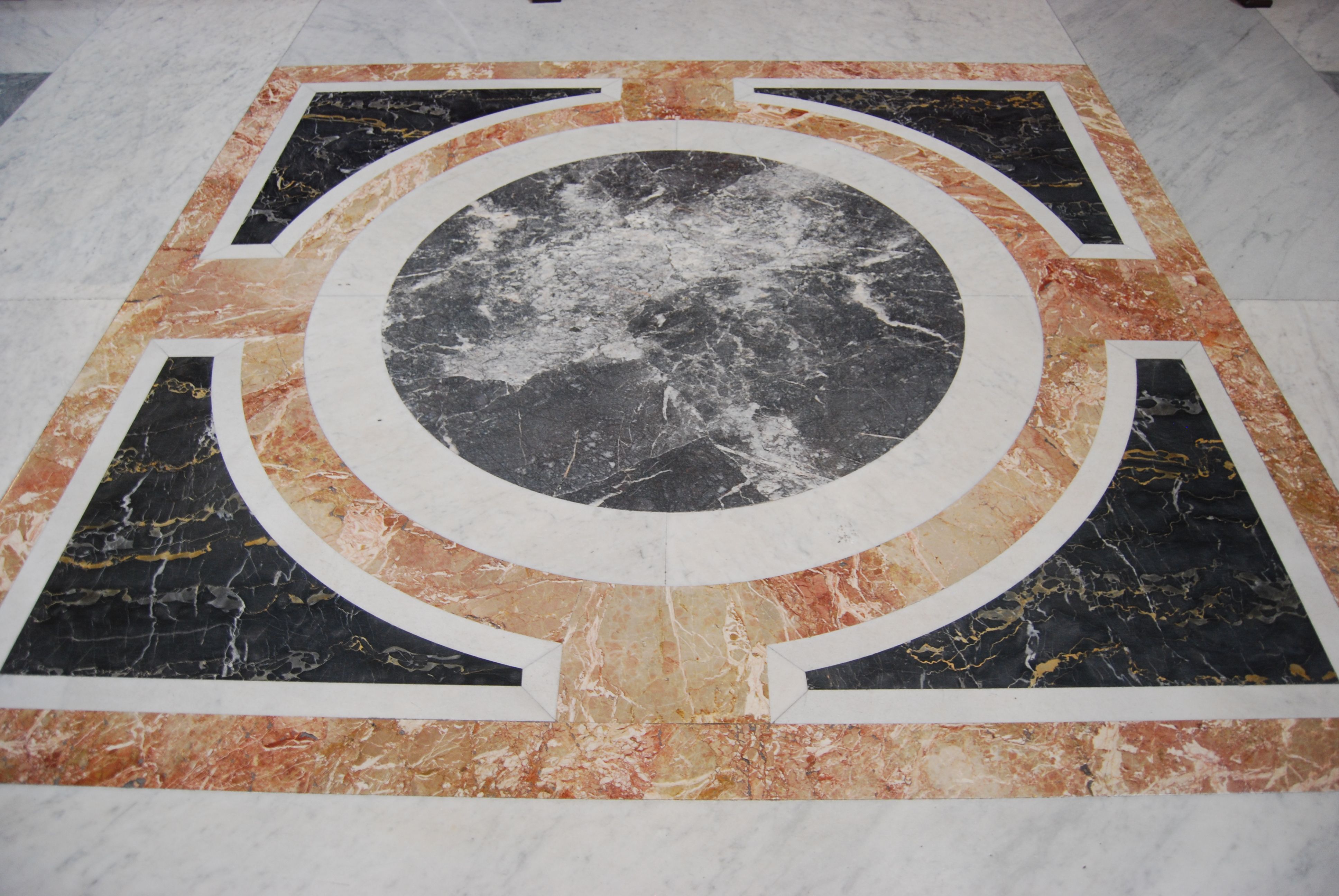
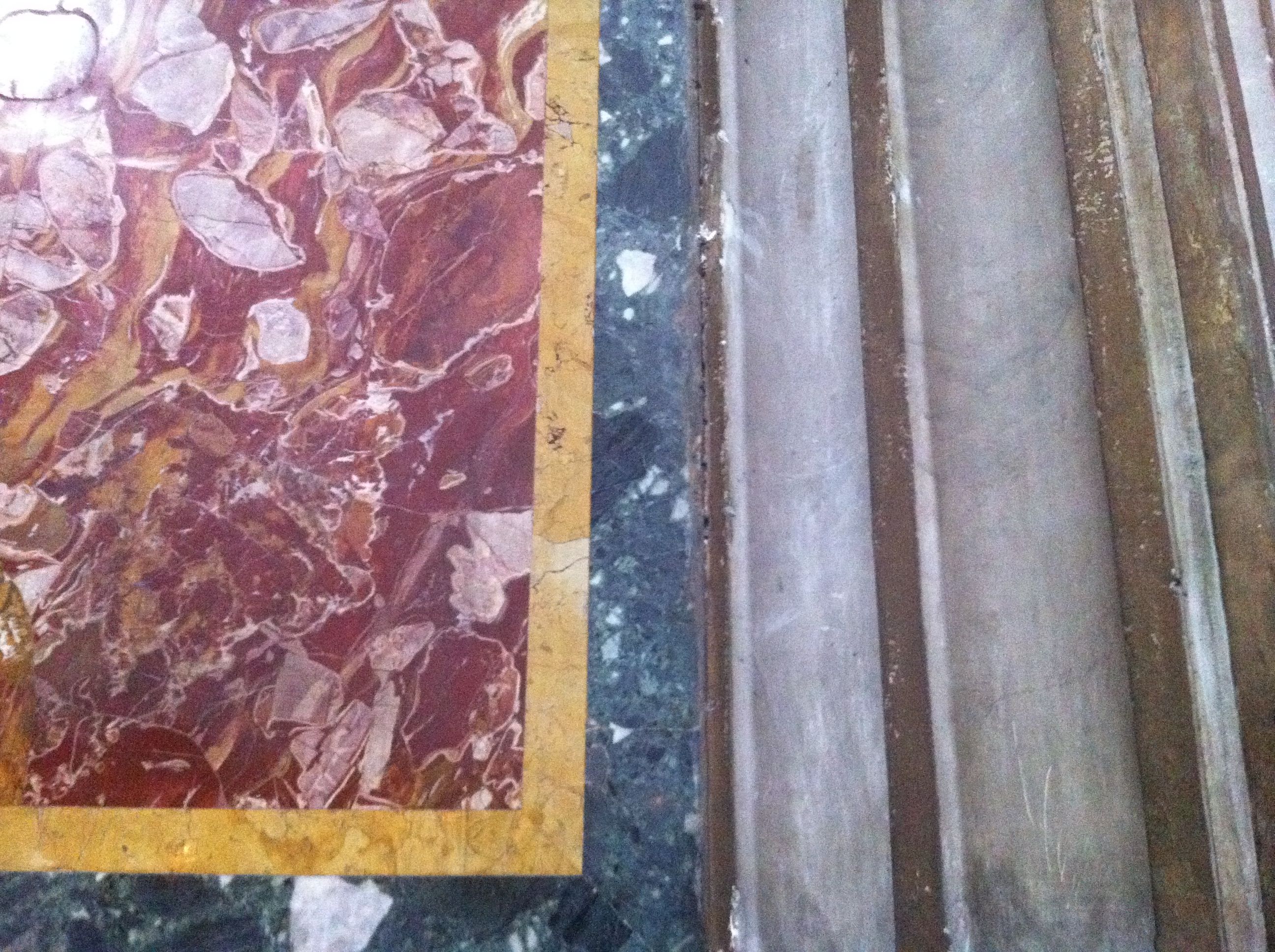


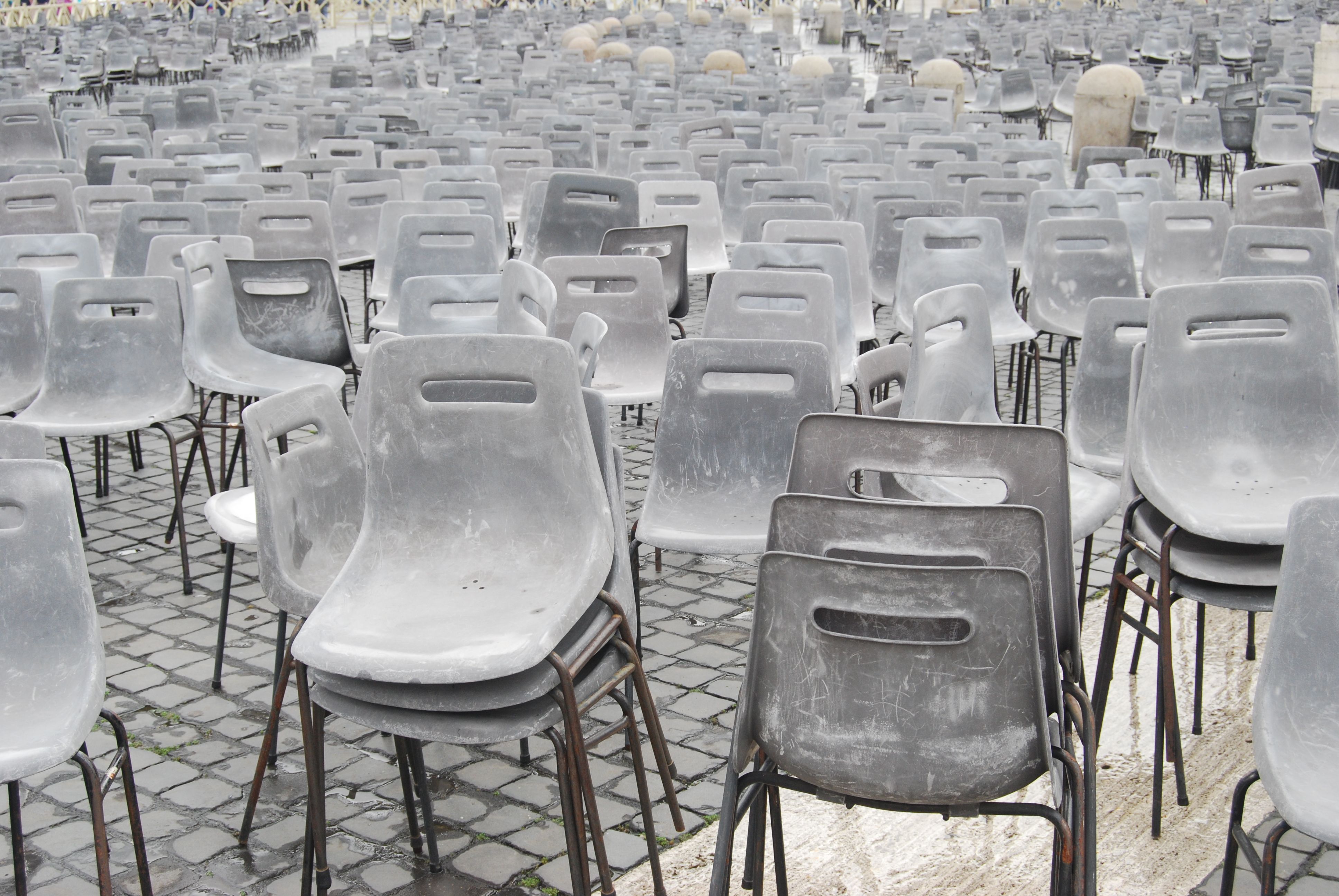

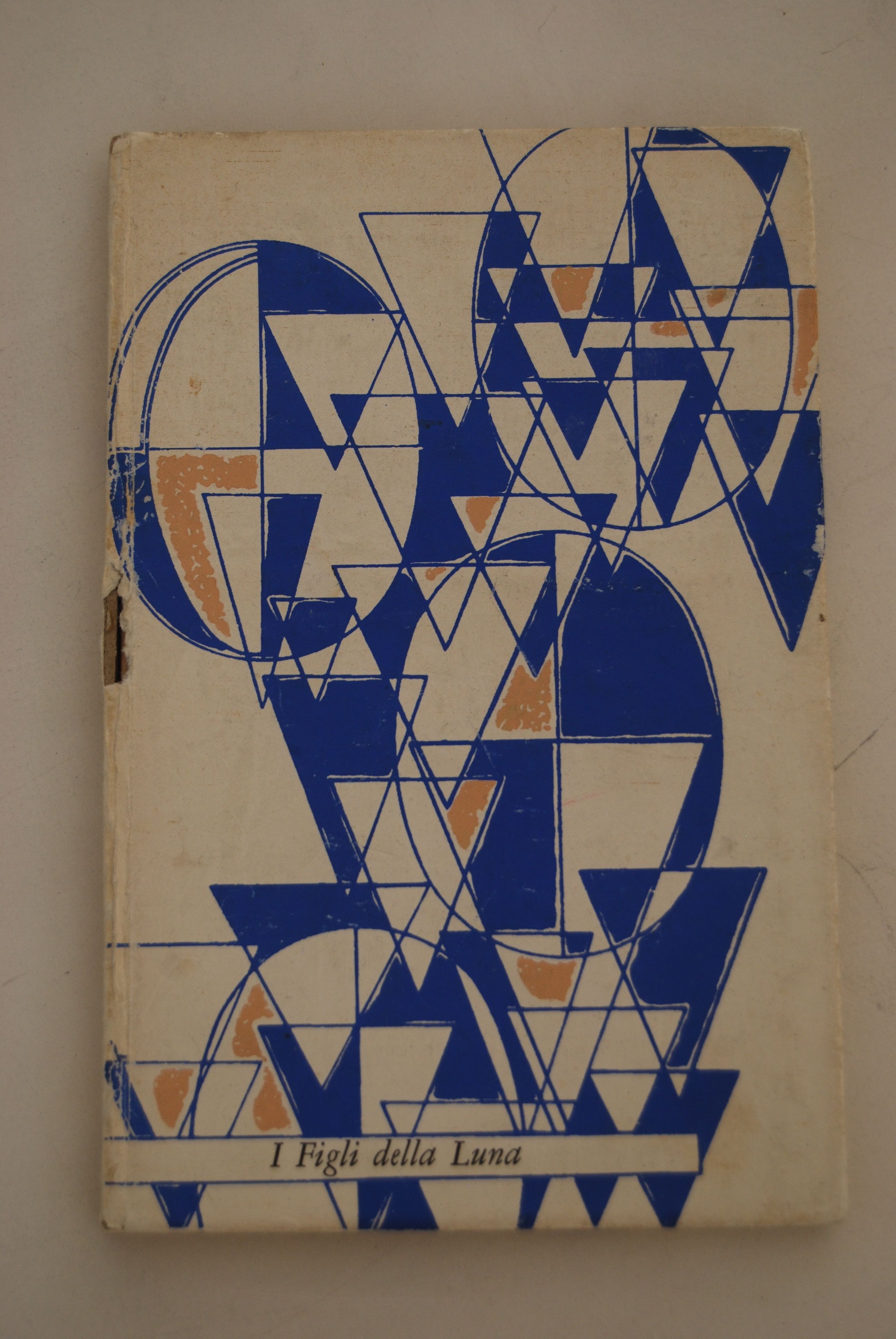
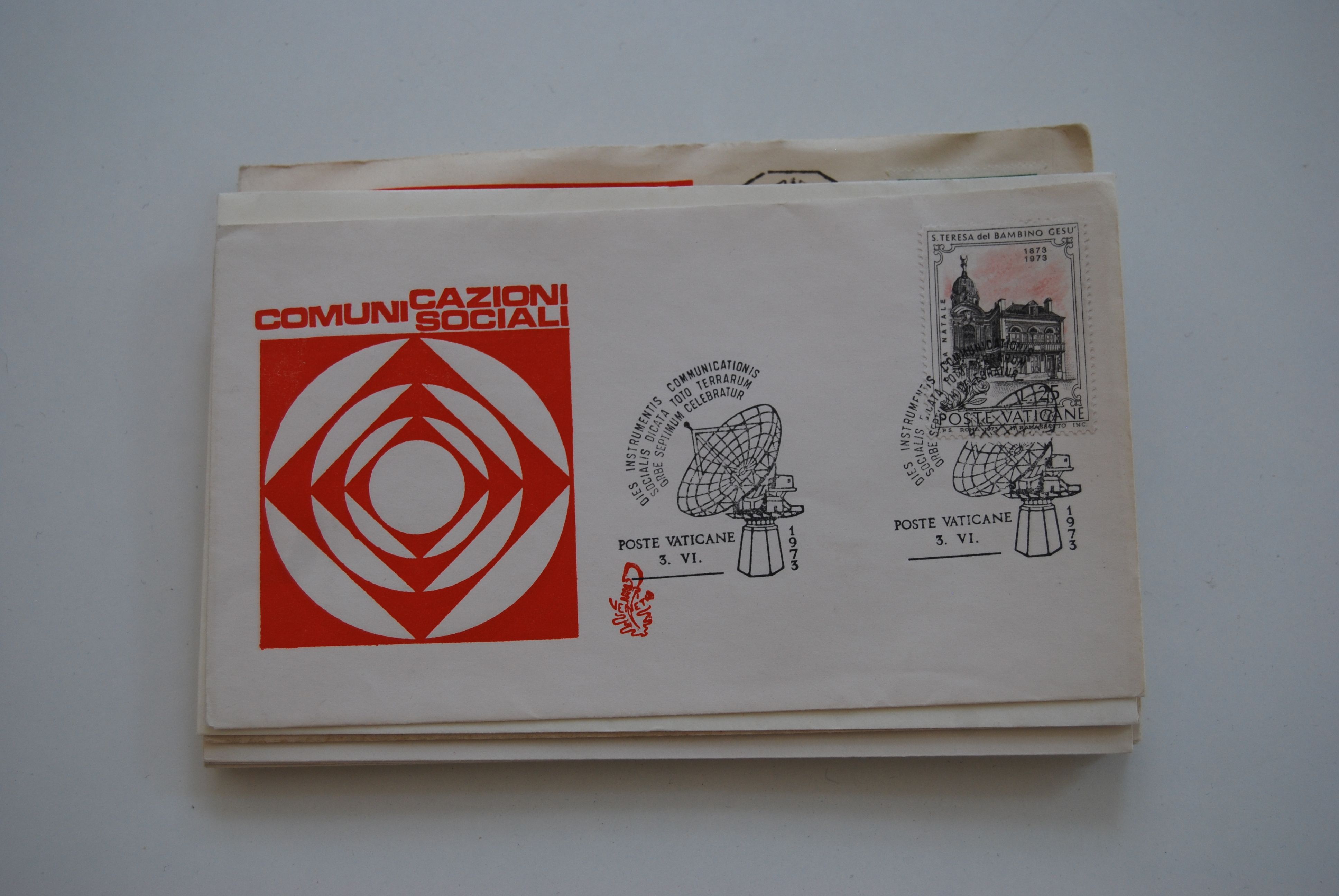
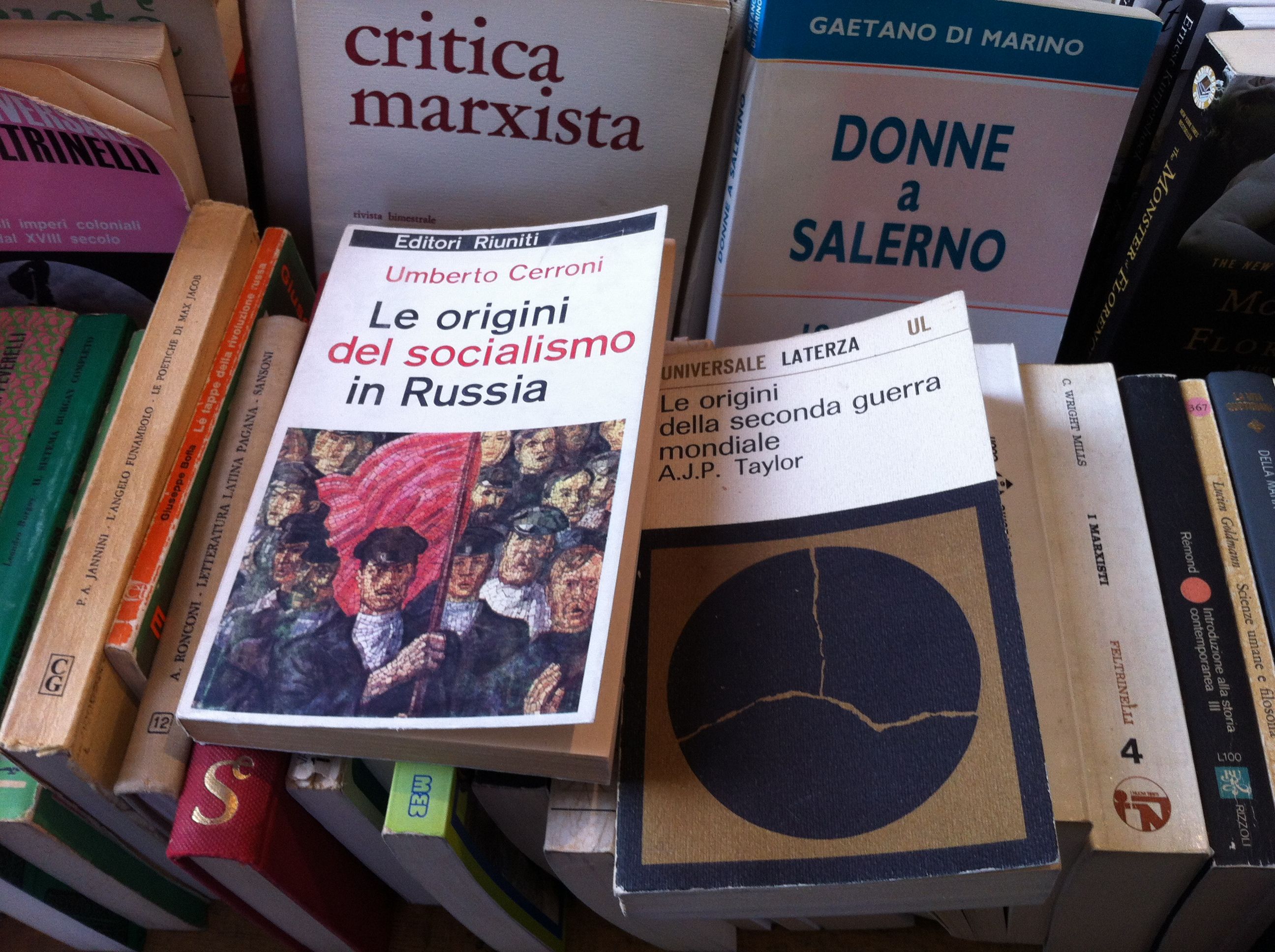

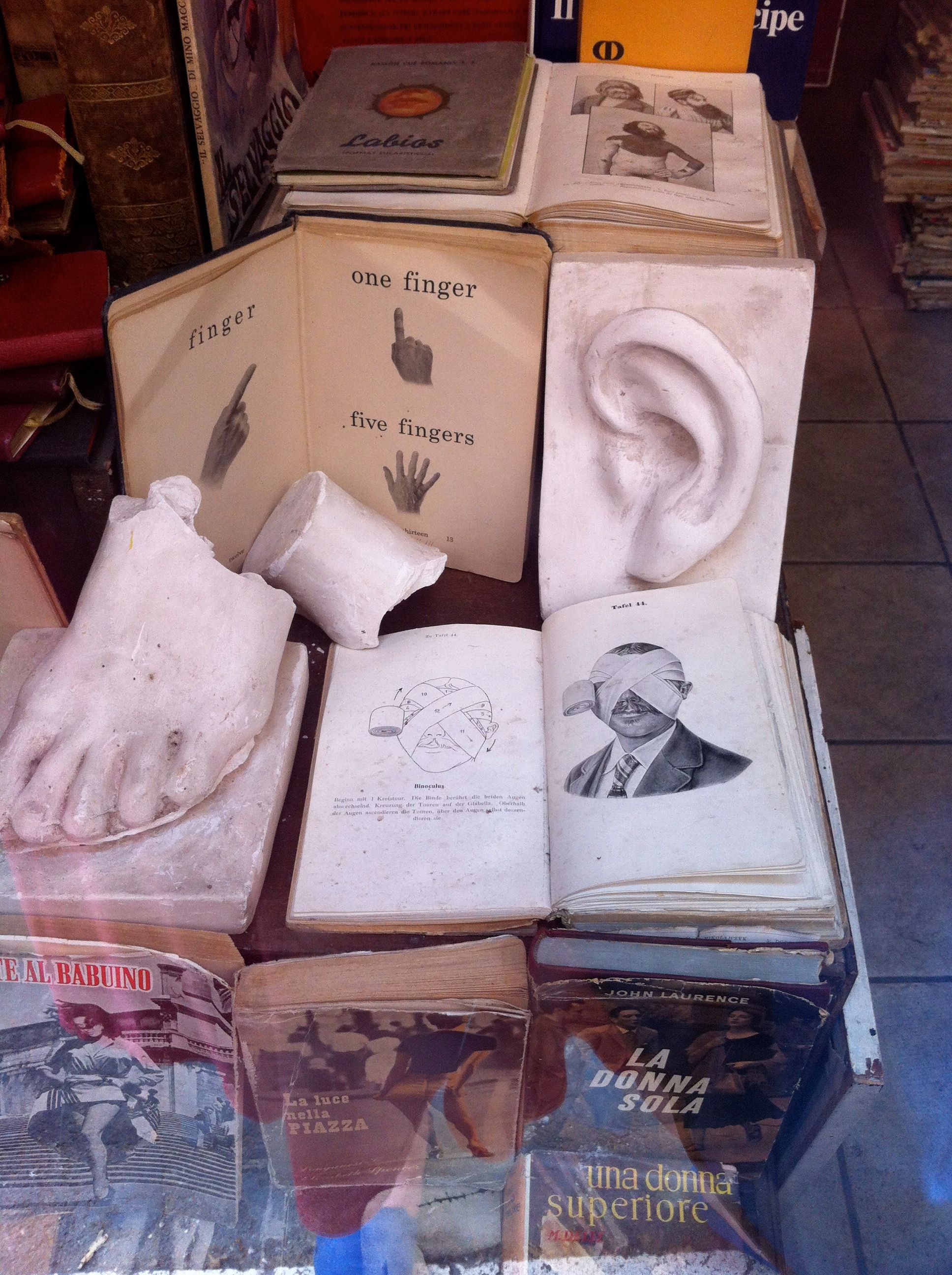
- Dec 2, 2020
Peninsular Dwelling
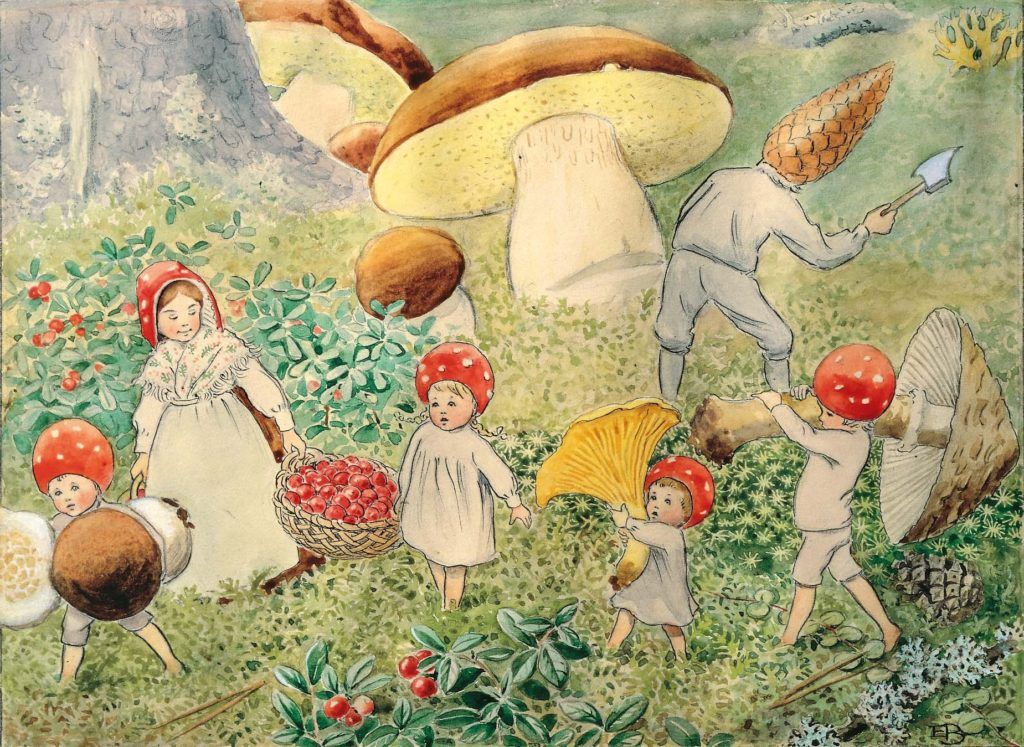
It’s been roughly two months since we moved to a house by the sea. The house is from the fifties and is situated at Nesodden, a both green and rocky peninsula reached by ferry in the Oslofjord archipelago. We live in an oak forest with curious squirrels and vast amounts of birds, as the land is part of a bird reservoir area.
Read the whole thing ↓I grew up right next to a beautiful park with massive chestnut trees, always collecting these golden brown smooth nuggets come fall when I was a kid. Now, my daughter will collect her own treasures, in form of oak nuts with their characteristic little hats. I’ve always thought about Elsa Beskow, the Swedish author and illustrator, when seeing those nuts.
We bought the house during the first wave of the pandemic this spring, but we had thought about it for two years. My gaze always ventured towards Nesodden when looking at listings, this somewhat secretive place that is neither country, nor city, but a perfect combination of the two. Nature within immediate reach — and the city center a mere 20-minute ferry commute away.
I was afraid of being afraid of the dark when I moved here, as I have a pretty vivid imagination. And I’ve been thinking that it’ll come soon, the creeping fear, when winter arrives. Then I remember it’s December already and we’re rapidly approaching Winter Equinox and the sun will linger with us a few minutes longer every day after that. It’s not going to get much darker than this. And I’m still not scared of the dark. I like the massive trees surrounding our house, the oak, the spruce, the pine, the maple, the birch, the roe wood, the juniper and the aspen trees.
Nesodden is nicknamed the crystal island. There are Wiccan gatherings in the woods and the moon is very important here, even for the least spiritual inhabitants — as it lays low over the peninsula, seemingly larger than usual. The move coincided with the building of this website. Maybe a bit meta to write about this, on the actual site. But it had me thinking a lot about identity and language. And what language I should write all this in.
Language is both excluding and including. Norwegian, a North Germanic language with just over 5 million people counting it as their mother tongue, is the private club of languages. It’s both clunky and smooth, a pitch-accent language with ridges, rolling R’s and sharp S’s. I absolutely love it. But it has its weaknesses, the main being the lack of synonyms, especially compared to English. Norwegian is, in many ways, austere in that sense — nodding towards a near past were Norway didn’t have oil, but was actually a nation mainly surviving on farming, forestry and fish.
English is obviously not my first language. But like a well-worn quilted jacket I happily put on from time to time, I flex my muscles in English and feel my identity shift, just ever so slightly, especially after living in London for a bit. My English is stained and filled with beauty marks, but I enjoy its imperfect nature. I watched a Ted Ed video recently about the benefits of a so-called bilingual brain, where they talk about the obvious advantages of exercising your brain to stave off early signs of dementia etc. One thing that was quite interesting during the video was that the subtitles (which automatically started in English) switched to Norwegian half-way, the site having located my IP address.
I heard the term exophonic writer while living in London, something I was unfamiliar with. It basically means a writer writing in a different language than their mother-tongue and authors like Karen Blixen, Vladimir Nabokov and Chimamanda Ngozi Adichie (with no comparison whatsoever) also chose English over their native Danish, Russian and Yoruba. Adichie’s essay on Lagos in Esquire is a must-read by the way, speaking of languages and this abstract, sometimes difficult notion of home).
I enjoy writing this way, both in English and Norwegian, and especially here, on this site — where there is no deadline, no pressure apart from my own needs and wants, and no specific reader in mind. Perhaps I’ll even delve into the world of crystals soon and share some of my findings.
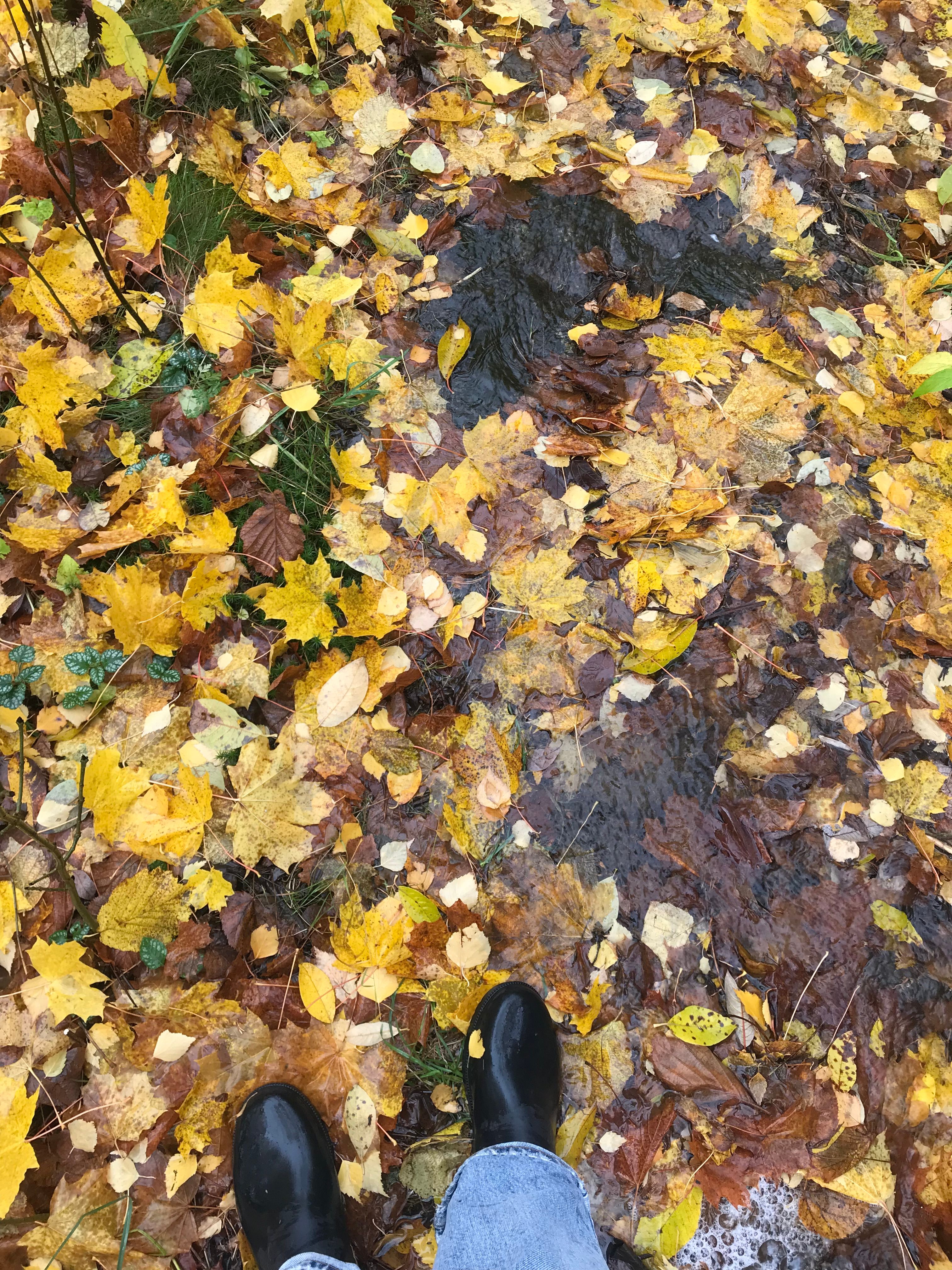
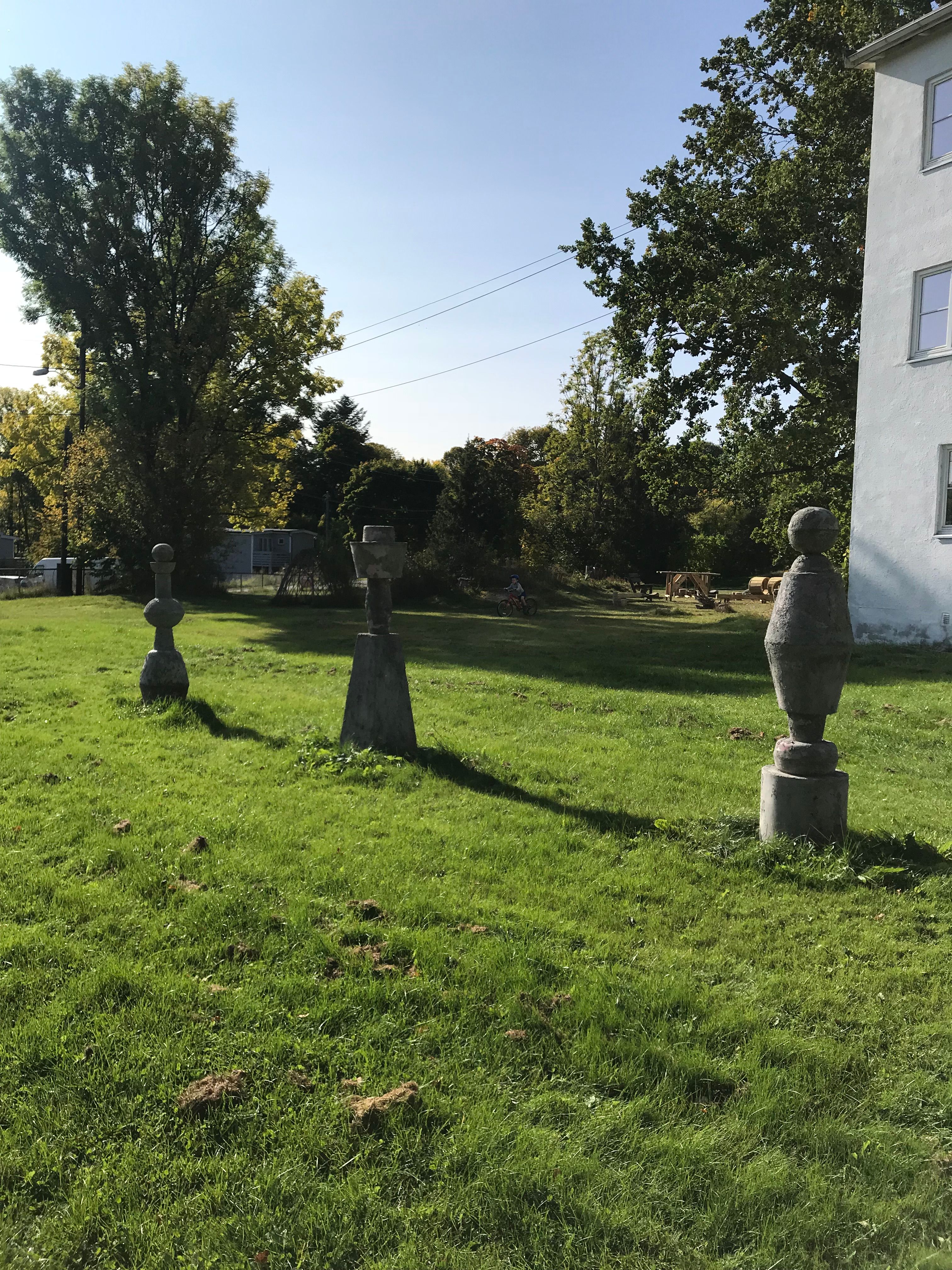
Wildlife Sculture Park, our next door neighbor 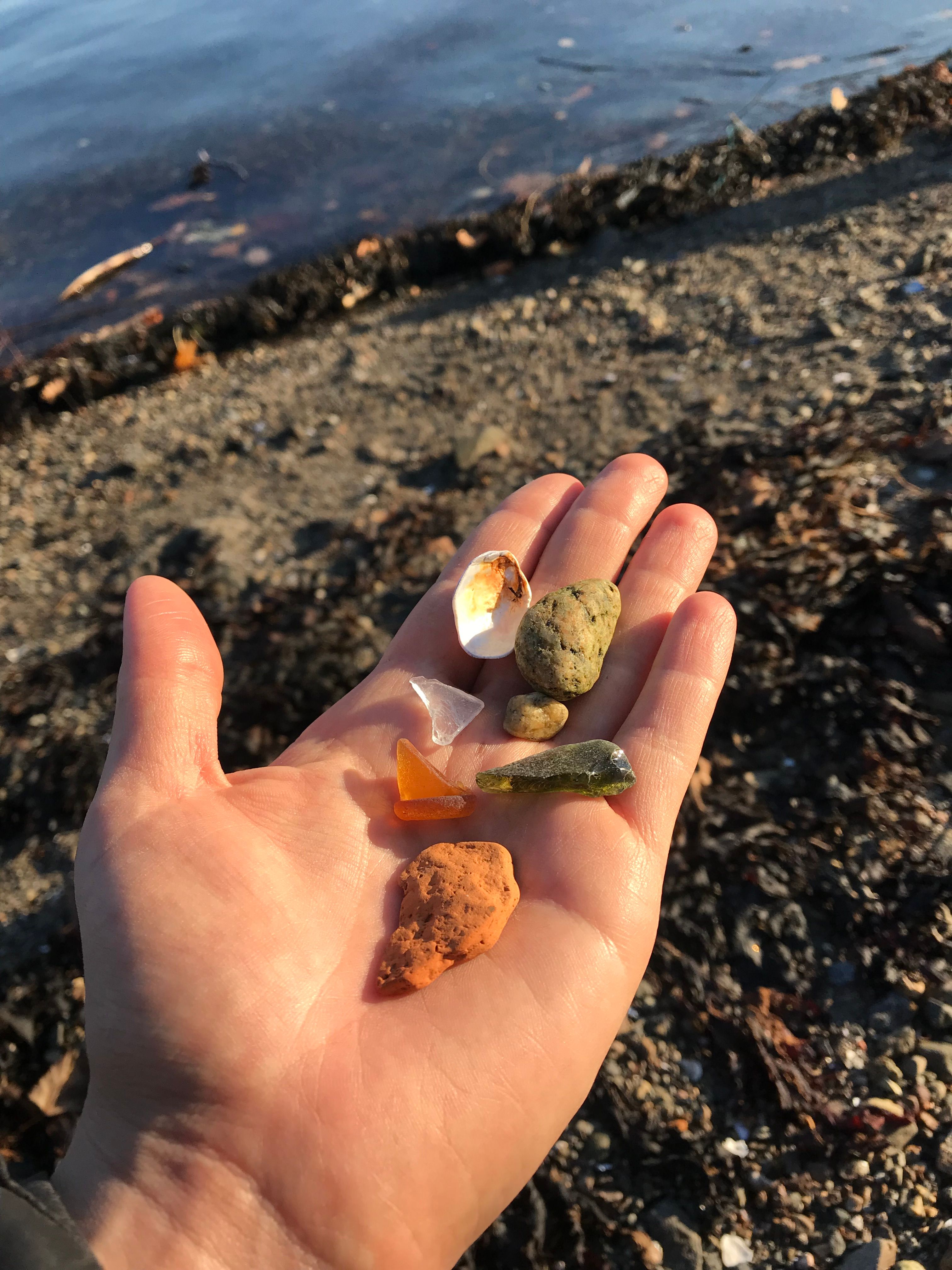
October beach trip 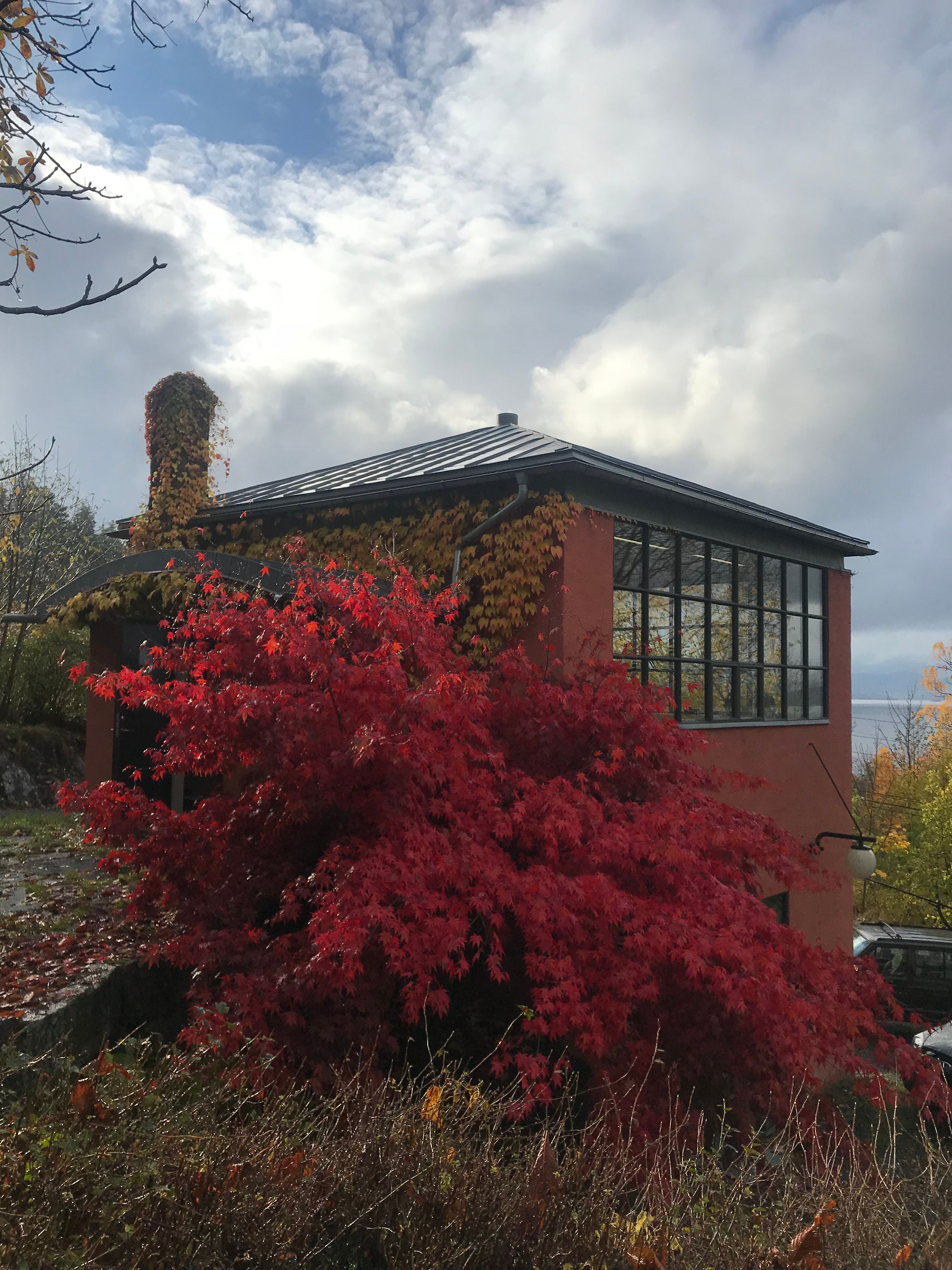
The beautiful studio of our architects, Sanden + Hodnekvam 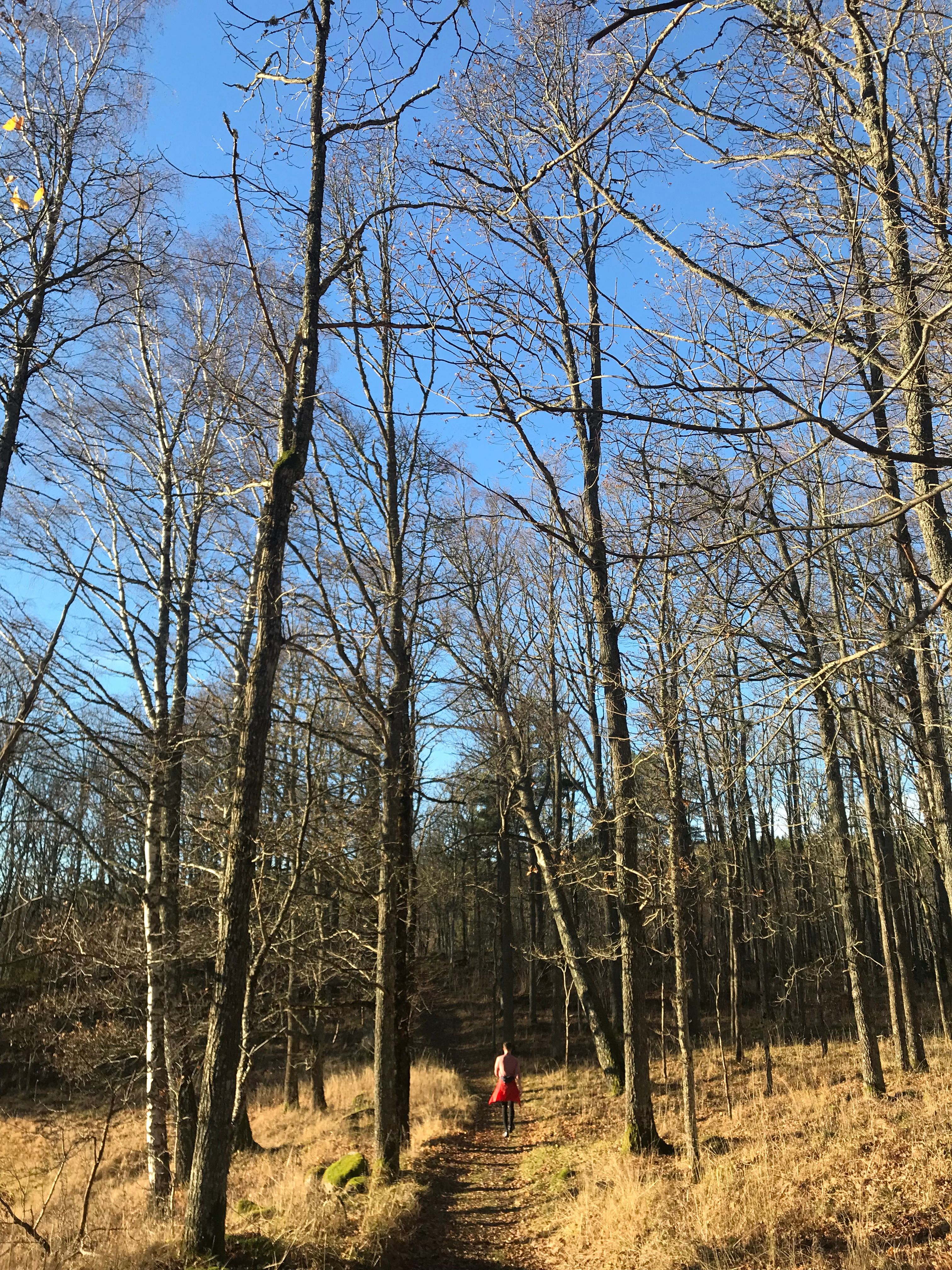
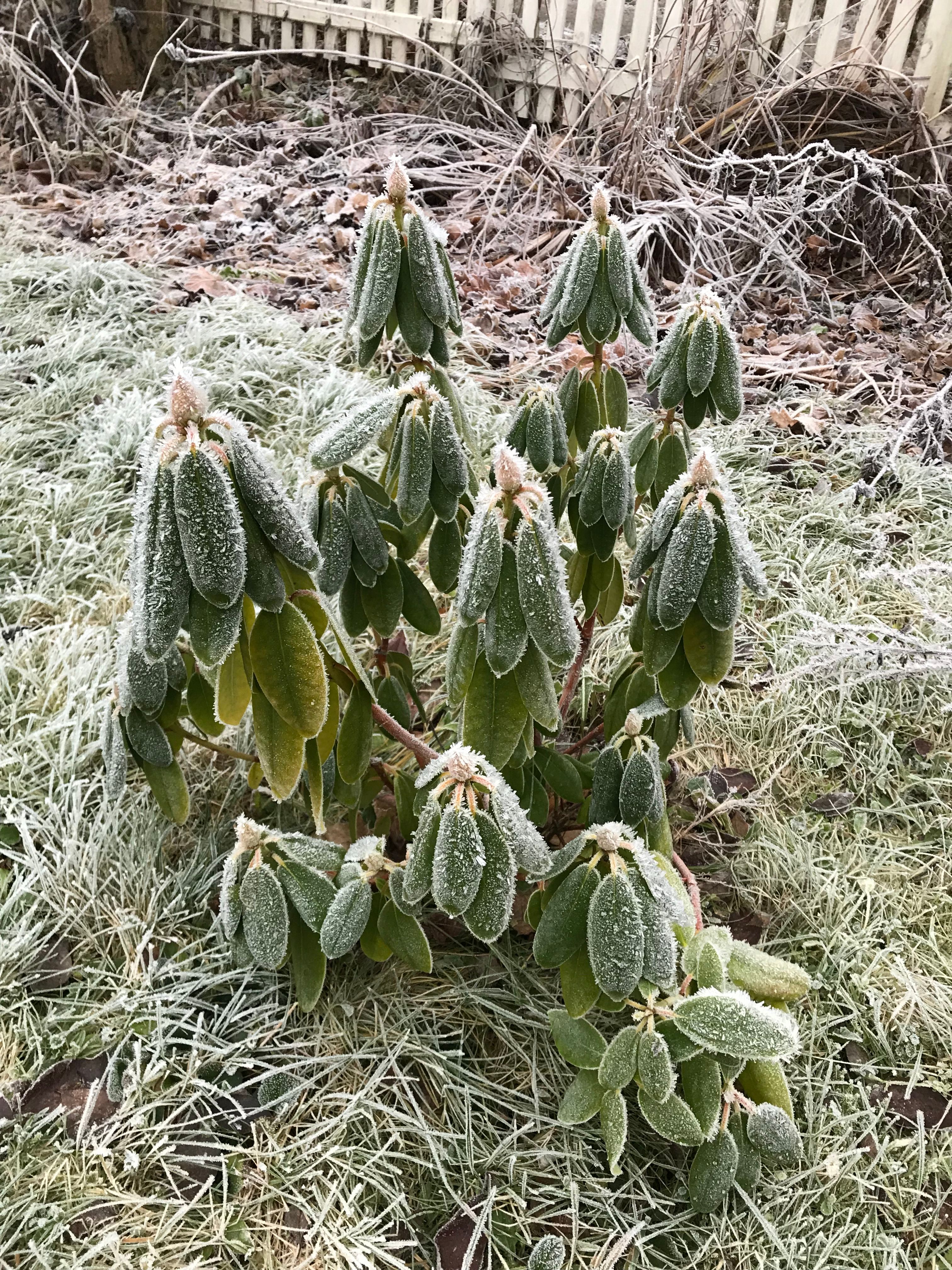
Iced Rhododendrons - Mar 30, 2020
Quarantine Reflections

📚📚📚 Oddly enough, and suddenly as always (it’s a silent lurker), Spring is here — and although life will eventually return to some kind of normal, for now it is somewhat dormant. Covid-19 has in many ways slowed the world down, while for some (like paramedics, doctors, registered nurses and grocery store employees) life has most definitely sped up, and become more acute, raw and surreal. We, the ones without jobs society has deemed critical, are the lucky ones, being spared. Everyday life is humming with a soft sheltered rhythm.
Read the whole thing ↓Some are struggling with this, and the loss of structure and order is not an easy feat. For my little family of three, with a girl of almost a year and half, life is not so quiet and still. But this has proved to be more rewarding than I first thought, as my initial reaction to the kindergarten closing for an indefinite amount of time was dread and despair — having just recently regained some sort of normality after parental leave. My daughter’s ignorance of the potential invisible threat outside is bliss — and that’s also infectious. Her smiles are infectious, her tumbling, bubbly laugh. Her wonder, her curiosity, her longing for comfort and cuddles. Her whining, well, perhaps that too. But it’s her curiosity that I am mostly intrigued by.
Books are strange and secretive objects. One obvious reason is that they only reveal their spine to casual onlookers. The cover and content is for the curious reader, picking out selected titles with nimble fingers. We recently moved all our books into the bookshelves again, after a period of exile on our mezzanine, as our daughter wouldn’t stop picking them out, examining them roughly (i.e. eating them). So this weekend we were again reintroduced to titles we hadn’t seen in awhile, and for me, it was like revisiting old friends.
For one, I got to reconnect with «Oryx & Crake», Margaret Atwood’s inimitable speculative fiction book of 2003. The thematic content of the book (not really a spoiler, but a pandemic is guest-starring) does coincide with the current affairs of today.
Overpopulation, gene-splicing and the ramifications of human consumption and unchallenged capitalism are addressed in smart and extremely humorous language. Oryx & Crake is part one of the MaddAddam trilogy, and although I’ve read Oryx & Crake numerous times, I’vet yet to complete the whole series more than once. This will be my time.
I also found a few books while moving into my new studio (!) that to me defines certain periods in my life: The selected works of renowned graphic designer and illustrator Olle Eksell (which I bought when I was first learning InDesign, struggling dearly with all the features in Adobe, dreaming of better days while perusing his pages of whimsical, naïve characters) and a publication of semi-erotic lithographs by Danish artist Alexander Tovborg, purchased at New York Art Book Fair in 2014, where I first decided that I wanted to start my own design practice.
I wouldn’t describe myself as a luddite. I can relish in digital thingamajigs, apps and whatnot, but I always buy books. I like paper things. I don’t own a Kindle, and I have one singular audiobook (Philip Pullmans’s «The Secret Commonwealth», a gargantuan tome deemed a bit too heavy schlepping around while strolling my sleeping daughter). Paper is such a tactile element, and I have no doubt that the sensory touch of flipping through a publication can awaken memories. .
I’ve seen several photographer friends post pictures of their favorite photography books recently, and I thought this could be extended further. With the libraries closed (mind, bookstores are still open in Norway for the time being), perhaps we can shift our gaze towards the books we already have in our possession — and challenge ourselves to be curious about things we’ve once deemed fascinating enough to bring home, into our lives and everyday rhythms. 📘📘📘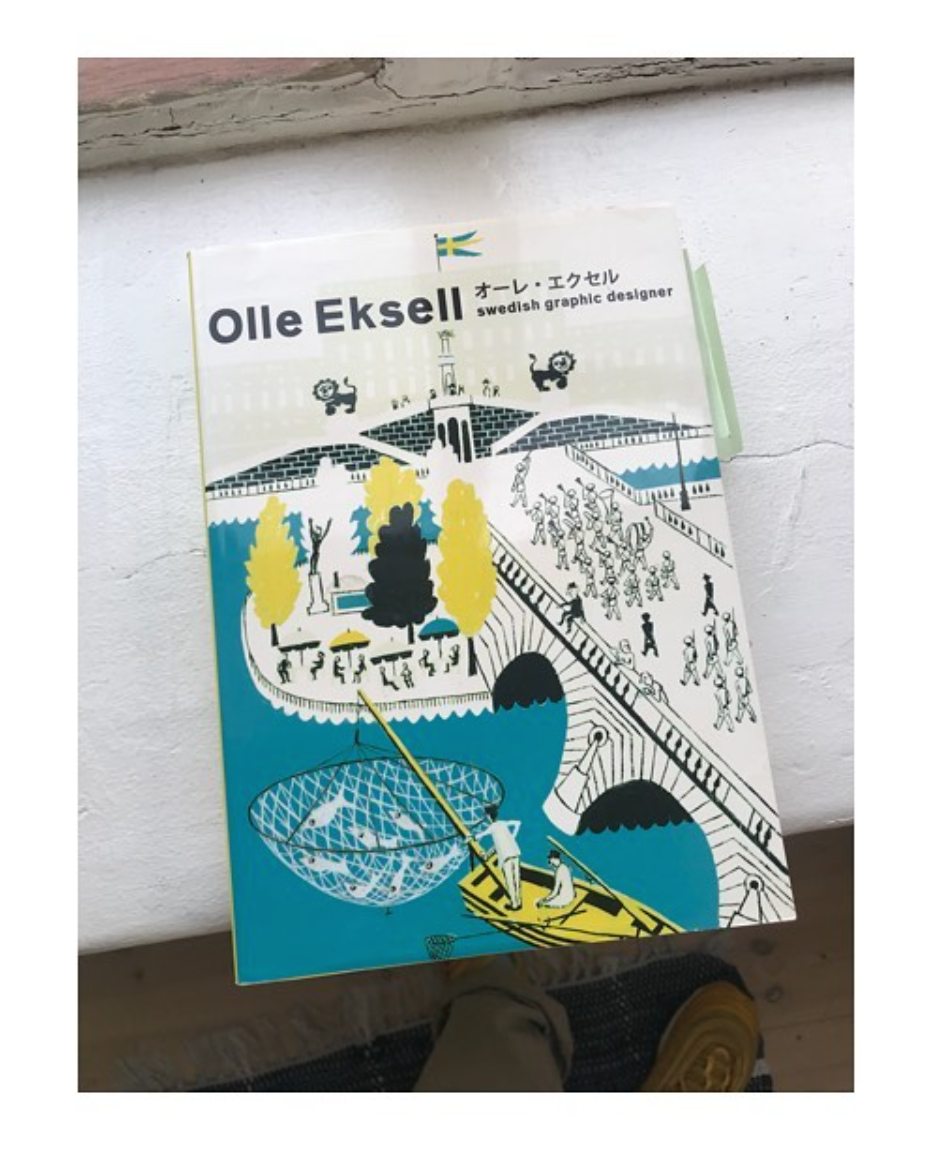
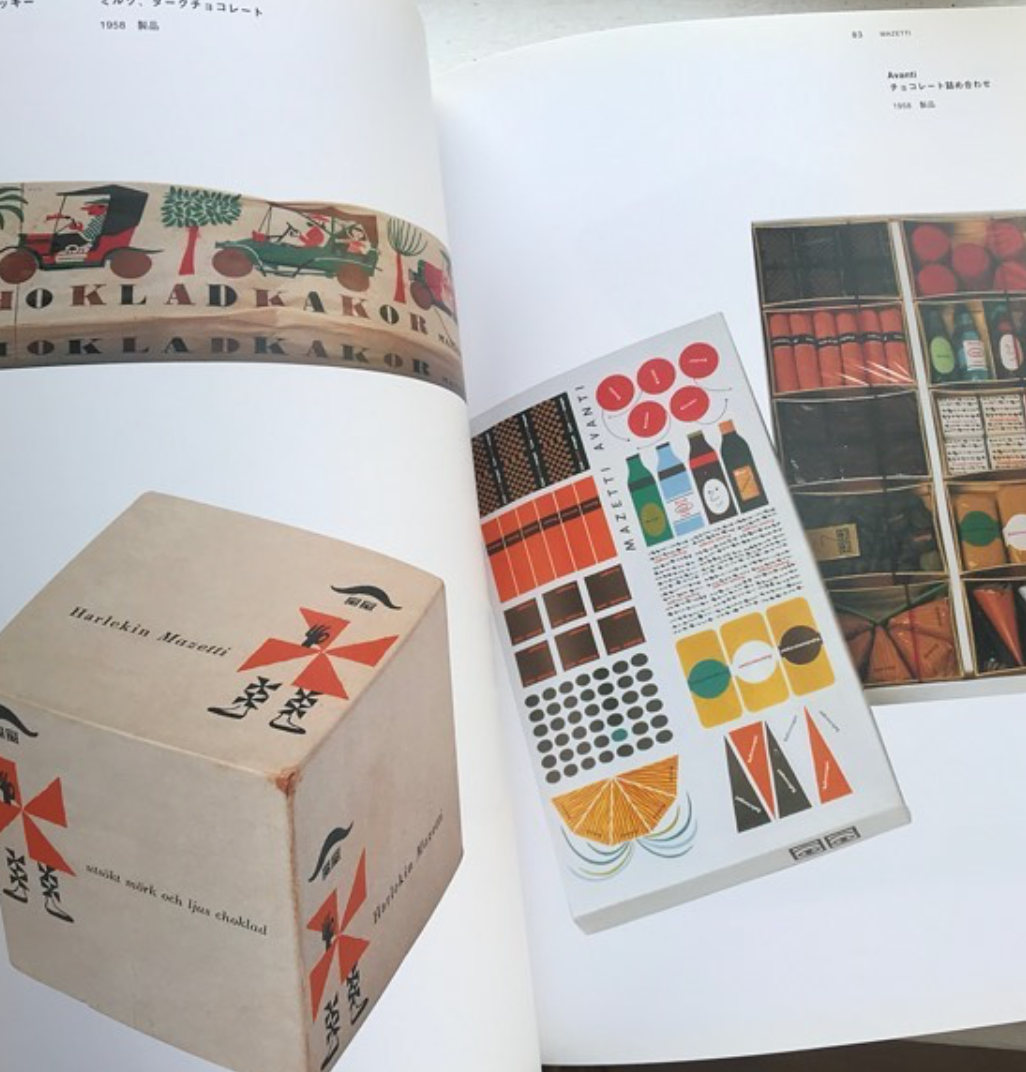
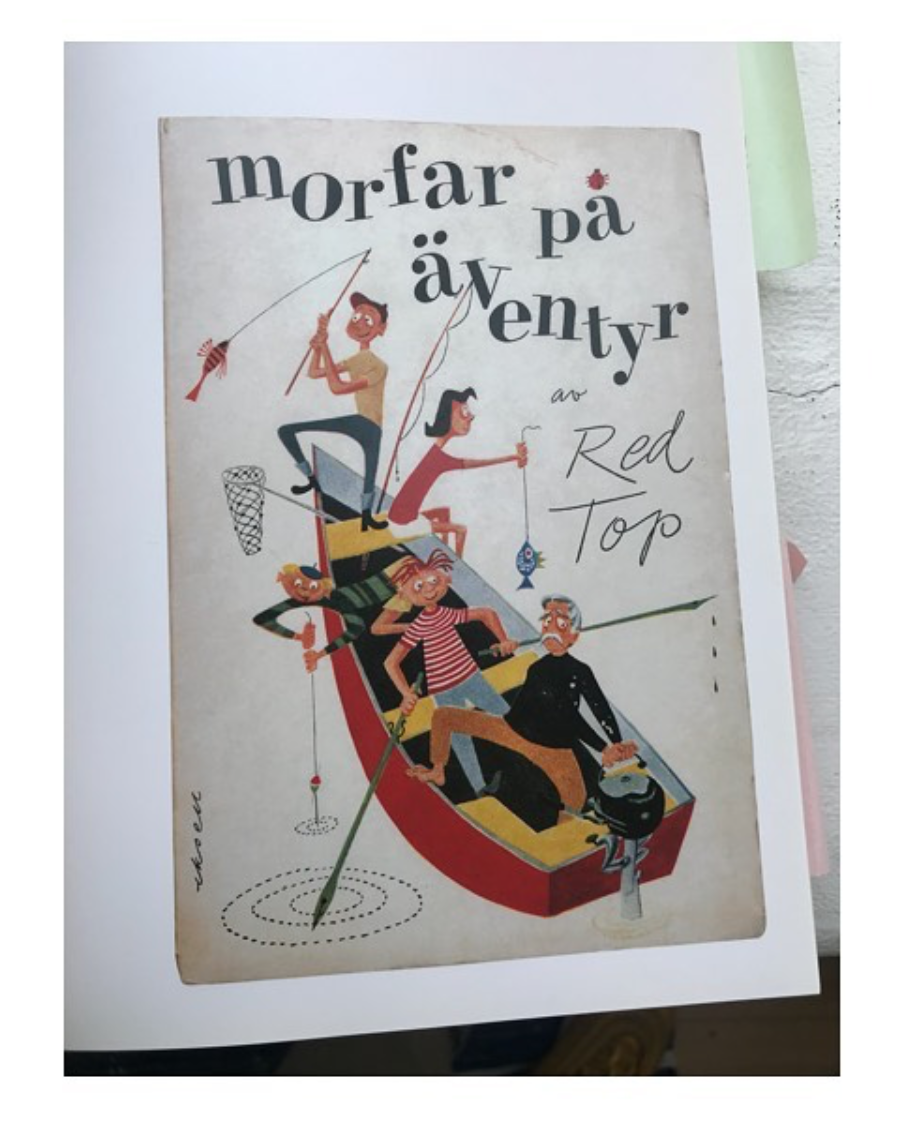
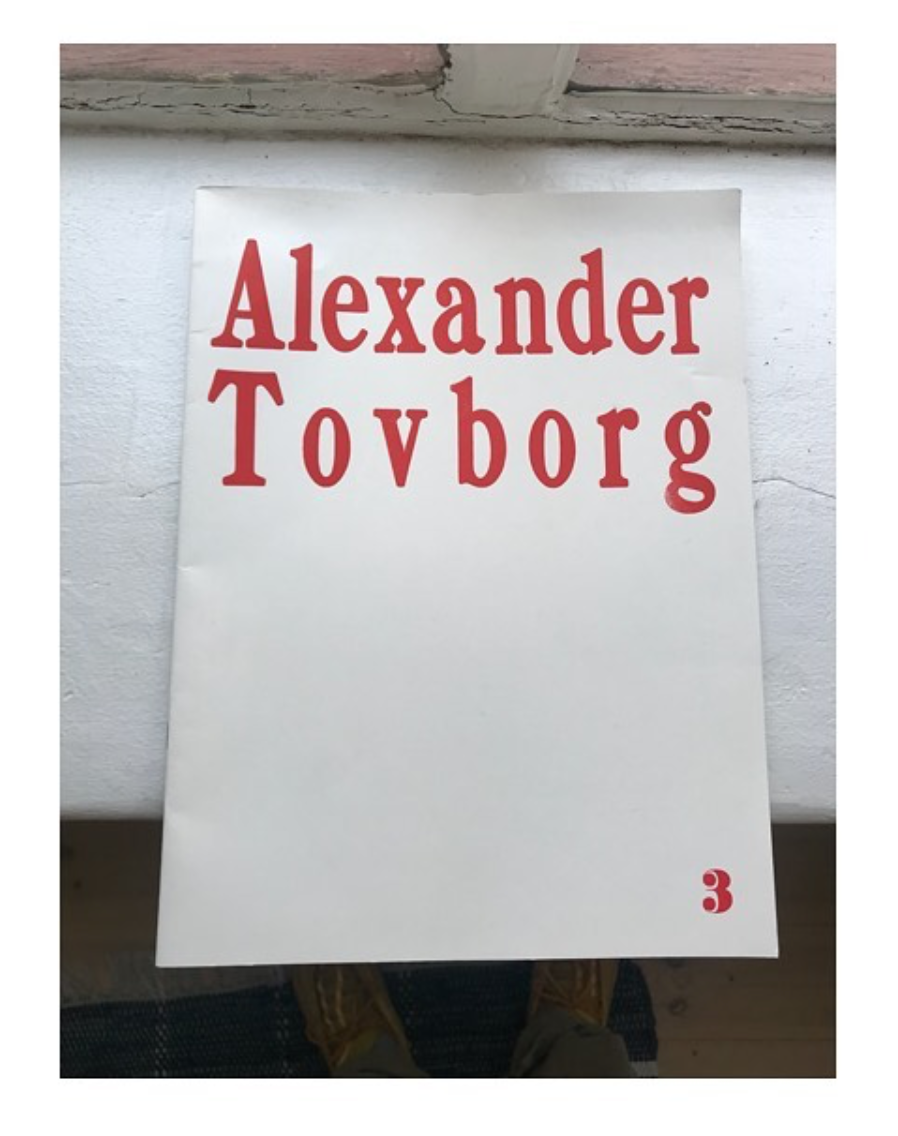
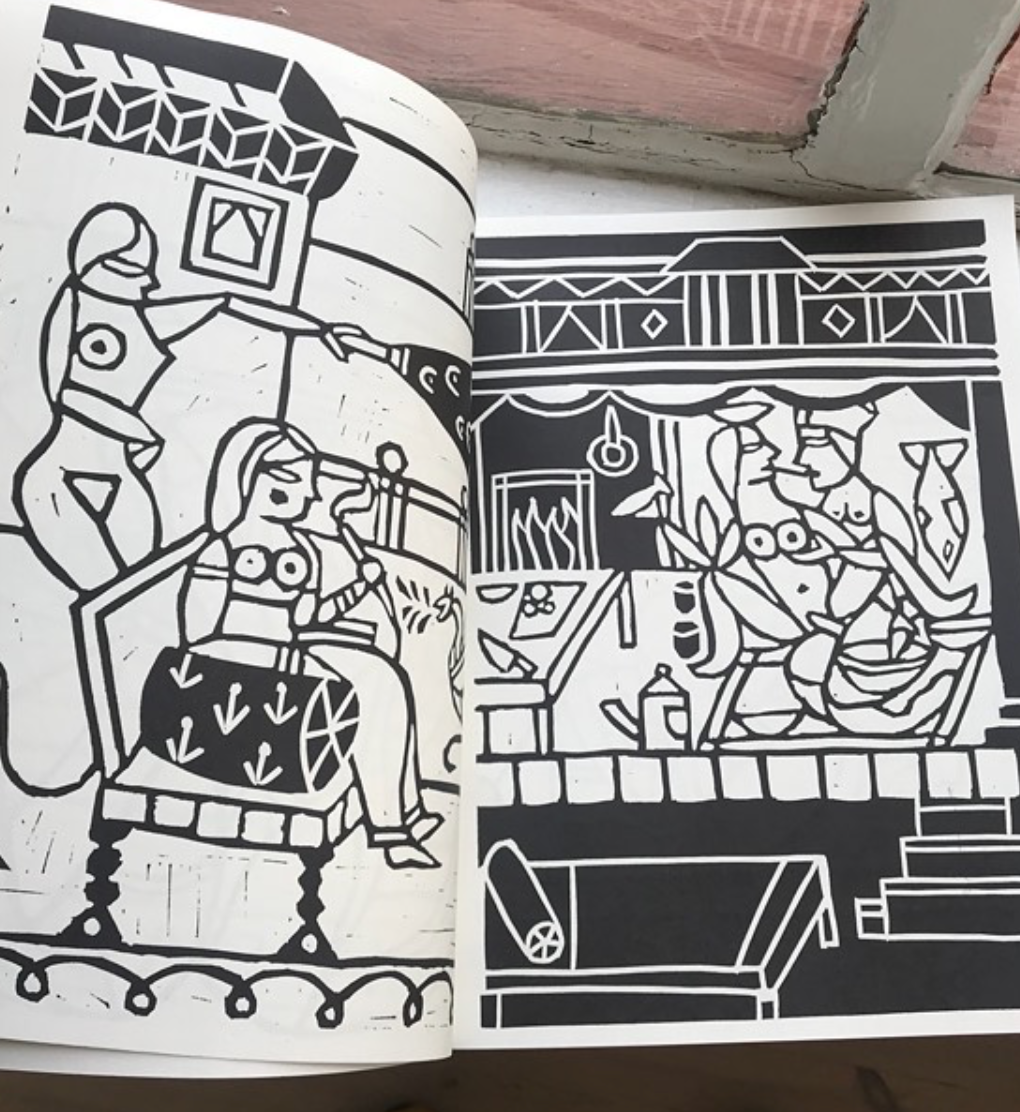

- Dec 19, 2019
A Molded Life
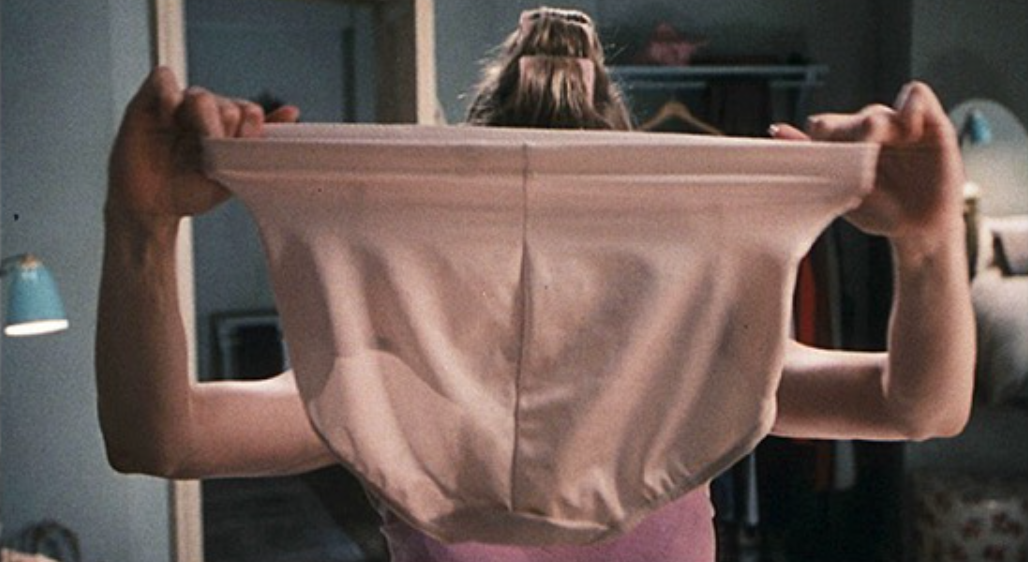
🔸🔶🔸 As we’re in the thick (no pun indeed) of the most jolly season of the year, with parties aplenty I feel the need to address shapewear. Shapewear, you might say, what’s that? Well, if you remember one infamous movie character by the name of Bridget Jones you might also remember an equally infamous scene where Jones attempts tucking herself into a pair of spandex tightening undergarments to appear, I don’t know, bump and lump free, for Mr. Daniel Cleaver. As with most things associated with Bridget Jones, this also goes somewhat to shit.
Read the whole thing ↓Deemed both empowering and antifeminist, shapewear are undergarments that predominantly women stuff themselves into in order to «smooth things out». Having about zero fancy dresses I have not felt the tight hard hug of spandex shapewear close to my skin, but some brands are definitely working the apparent need for these flexy textile bits.
Spanx by Sara Blakely is more or less synonymous with shapewear, after having cut the feet out of her control-top pantyhose to avoid pantylines in white pants — and subsequently showing her before/after to the buyer in the ladies room at Neiman Marcus. Actual story. She’s now a billionaire.
Kim Kardashian recently launched Skims Solutionwear, but faced some controversy after initially trying to trademark the brand as Kimono, i.e. attempting to trademark Japan’s traditional costume. Japan got involved, there was a weird non-apology from Kim on Instagram, but not really, and hey, we have Skims. Sanam Yar had a great piece about shapewear in New York Times this past October, where she wrote that by dubbing her line Solutionwear, Kim had perhaps unwittingly framed «women’s bodies as a problem». And that’s just the thing.
In one of the Skims ads Kim posted online she says a lot of people were complimenting her on how good she looked post-baby: «and I would say, that’s three pairs of shapewear, that’s not me».
The Solution Short from Skims made me lose a little bit of faith in humanity. The world is quite literally burning/drowning and we make... a spandex short with one leg, so that you can wear high slits 😳 The short is not reversible, so if you’re a slit-loving lady and don dresses with both right and left slits, you’ll have to get both 🤓
Skims have also launched a so-called «waist trainer», designed to cinch your waist, like a corset — something physicians say might very well hurt your internal organs for life if used enough. Some users have admitted to sleeping with the product.
Heist, a brand I’ve purchased two very high-quality pantyhose from, also dipped their toes into the shapewear waters this year and plastered the London tube with ads spelling out «Shapewear is anti-feminist, right» and have recently adopted this tagline “We want to build the most liberating underwear brand in the world.” But I think Heist and I might have different definitions of the word liberating.
Don’t get me wrong, I get the need for shapewear. I get the need for shapewear for people who feel uncomfortable not fitting into normative standards in a skinny-oriented big-bootie focussed world. But I don’t get shapewear as a “necessity”. I fall on the slimmer side of the spectrum, but after having a kid and the appearance of Heist shapewear and Skims, I’ve started thinking, maybe I also need this?
But in the spirit of the holidays, paired with my undying love of food and comfort, I’ve decided — no, definitely not 💬
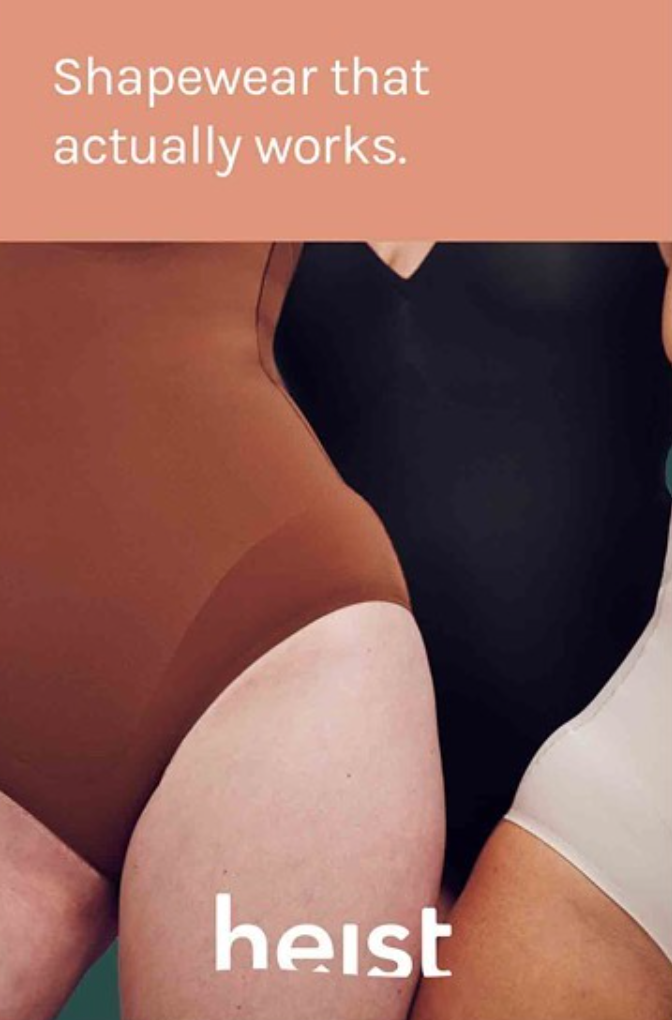
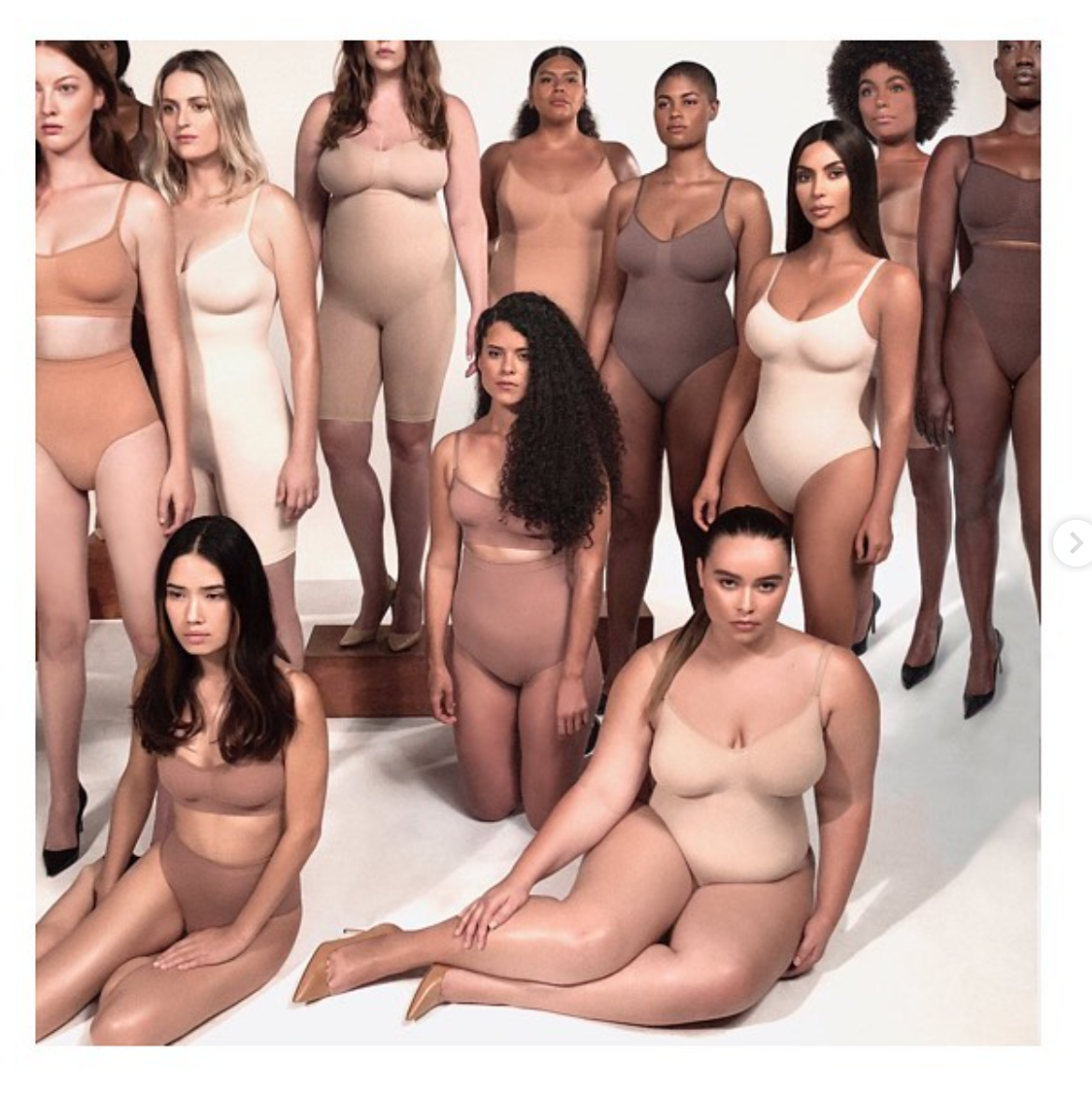
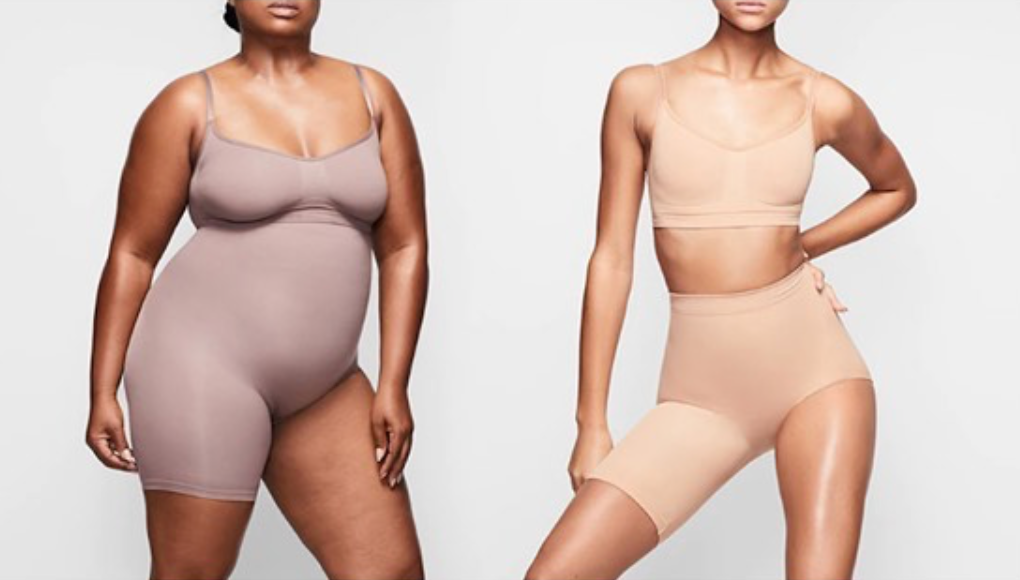

- Sep 23, 2019
Living in a Box
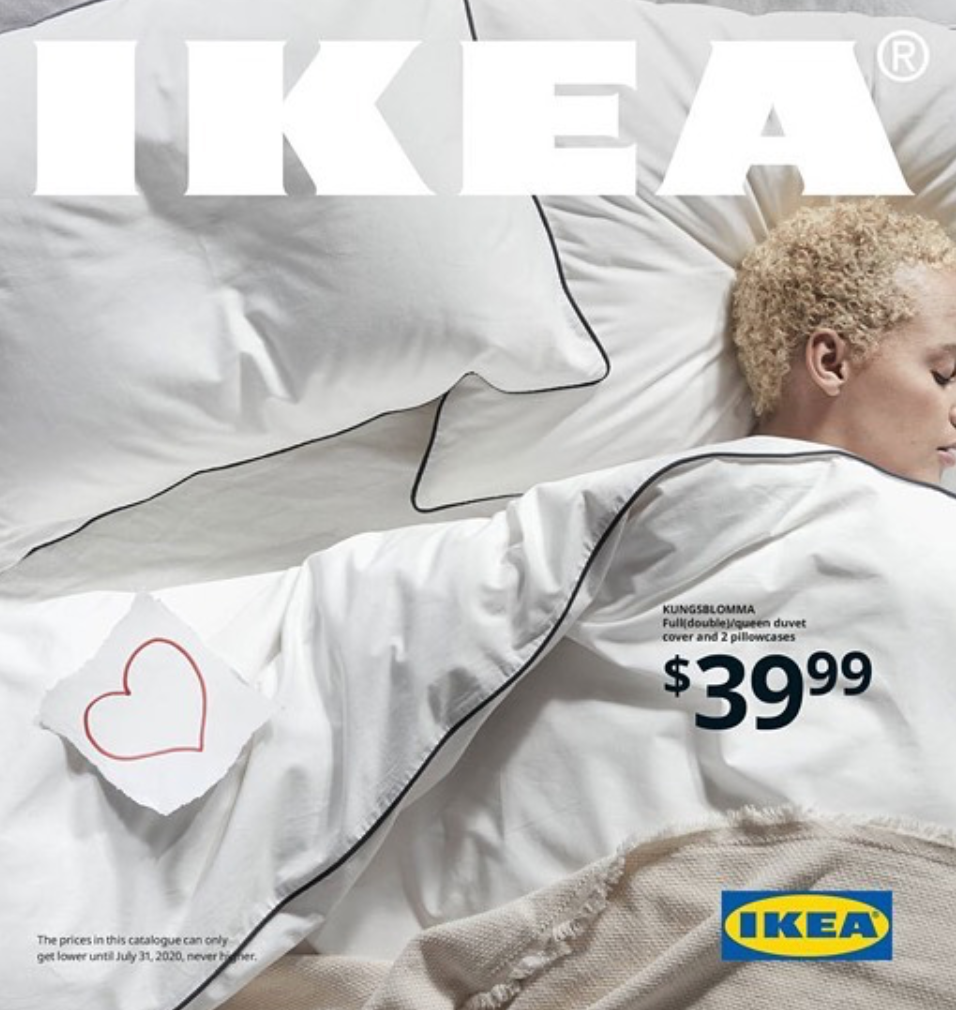
🍏🍏🍏 I really loved my Billy. Shelf, that is. Unfortunately his life ended after an attempted move, due to faulty assembly. It was truly a sad day.
Read the whole thing ↓My fascination with Ikea began at an early age. At one point my mother actually asked Ikea directly — on my behalf — about the color code of a very specific acidic green room at the warehouse. I had fallen head over heals for this tart apple crunchy space and my mother must have found it refreshing that I didn’t request anything pink. It lasted for about two years, before my MUJI phase surpassed Ikea and my room was painted chalky zen white (more on that in a later post) and Ikko Tanaka was everything.
But I digress, as Ikea was in many ways my first encounter with interior design and my mother let me dream and play and put things on wish lists, my Billy shelf included. When the yearly Ikea catalogue arrived in the mail I was ECSTATIC. I smelled the pages, fresh from the printer (incredulously enough, it still has a the same exact smell, albeit with a new font, Google Noto!) and dog-eared the items I so desperately wanted to have in my room, although it was already crammed to the rim with thingamajigs.
I’ve noticed Ikea on other fronts recently, as they opened their greenest outpost to date in Greenwich, London, billed as «the world’s most sustainable Ikea store», focussing on «user interaction through workshops and activities» (such as free-for-all yoga and meditation). It has a Learning Lab where you can book courses on how to «reduce, re-use and recycle». They’ve also recently invested in two massive solar farms and are completely rethinking their business model to include leasing of furniture in a circular model (as the majority of the company’s emission come fra raw virgin materials). I just don’t know what to make of this. Ikea is the place you go to buy a door knob (JUST THE ONE, PLEASE), and end up with ten (due to their clever way of managing their warehouse and placing «indispensable» items like neon colored napkins and Art Deco dishwashing brushes by the cash registers).
Fast Company has written a lot of really interesting content about Ikea lately, especially on how Ikea is struggling—and have to deal with massive restructuring as they’re set to slash 7500 jobs. They’ve been unable to keep up with the post-Amazon world of click-and-buy-two-day-delivery, and are now battling with their future identity.
As both a consumer, and designer, I feel confused when dealing with giants like Ikea. They have the money to put on a slick coat of acid green paint and appear eco friendly, but how are they actually changing things when the Billy, my once trustworthy companion is still in production, in its similar rickety-rackety state? 🍏🍏🍏

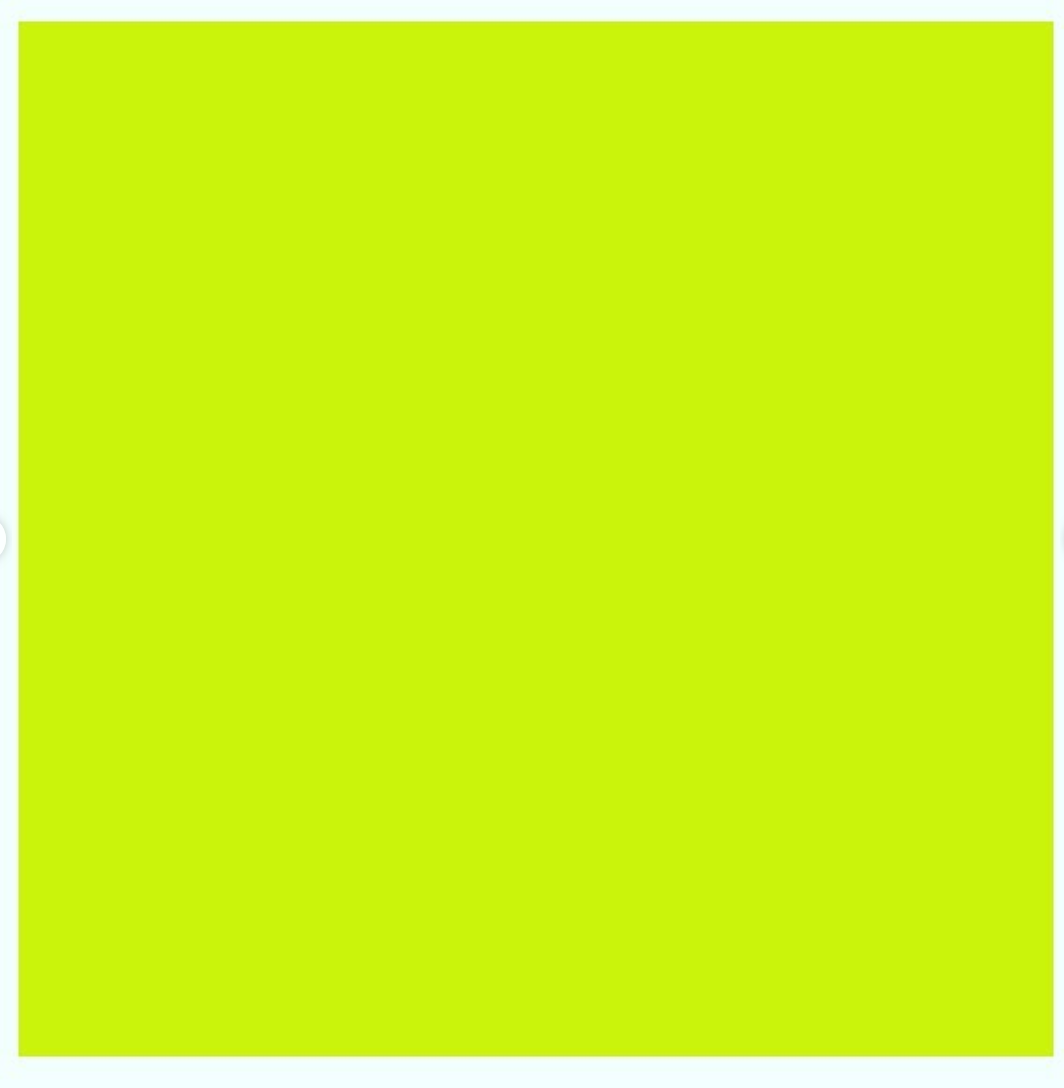
The color of my teenage angsty bedroom 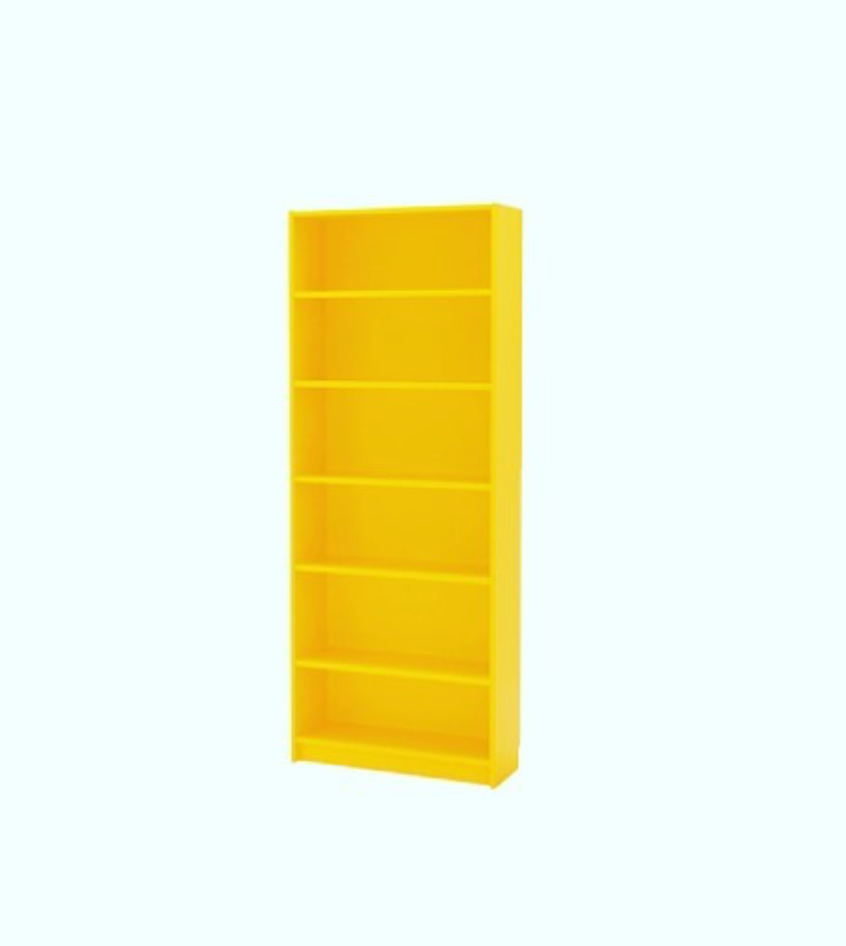
- Jul 29, 2019
Darkchild '99
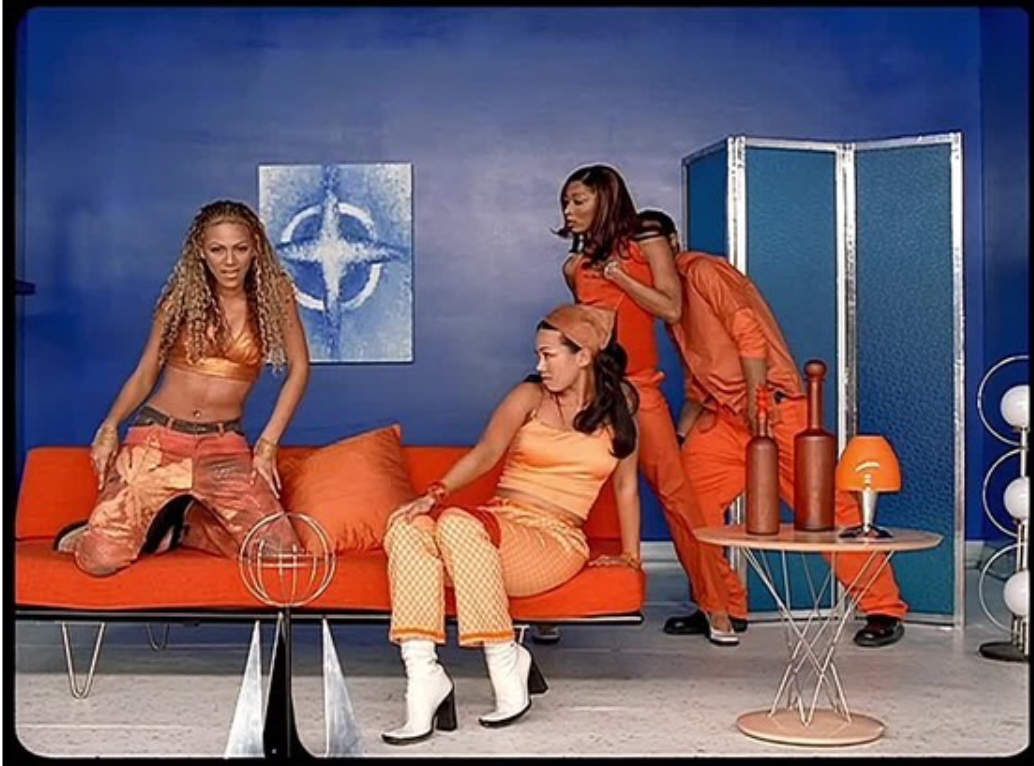
🐵🙈🙉🙊 I need to take a small pause/siesta/intermission in my quest into the perilous waters of swimming (see the last post in turquoise), because — HOLD UP — Destiny’s Child’s infamous «The Writings on the Wall» turned 20 (!) this weekend. This, of course, reminds me of my age 😑
Read the whole thing ↓I was a scrawny pre-teen in 1999 and I remember I had such a fixation on the music video for “Say my Name” it border-lined obsession (I was literally plastered to ZTV, Norway’s anemic version of MTV, for a good two months, relishing in all of its visual delights). It miiight perhaps be one of the first cues for me pursuing design. I watched the video again now and gosh darn dammit, it stills holds up to this day. Not only is it because this Darkchild (Rodney Jerkins) produced ANTHEM has one of the sauciest beats ever produced, but also… the scenography! (The different «apartments» the girls hang out/sing/accuse men of being assholes in are 1. Smooth terracotta 🔶 2. Fiery crimson 🔺2. Yves Klein blue 🔹and 4. White/silver (chic)) ⚪️ — the outfits! (Probably all designed by mama Knowles herself; the floral embroidered denim, metallic tube tops and leather pants galore) — the hair! (Beyoncé is sporting a slick backed blond curly coif I tried very hard to emulate for years, but for obvious reasons failed miserably at, oh and Kelly’s hair is cerulean) — the random interior decorator knickknacks! (Eames chair + peculiar vases, truly riveting and bizarre paintings).
I am not going to go into the legal issues that started with this Joseph Kahn directed video, which feature the voices of two newly booted Destiny’s Children (LeToya and LaTavia), but the presence of Michelle Williams and Farrah Franklin (random girl, she got booted too, rather quickly) — because the sheer visual pleasure mutes all conflict; distracts you from the fact that Beyoncé sings more or less the entire song and takes you to a pleasant place celebrating all things monochrome and modulation 🛍🛍🛍
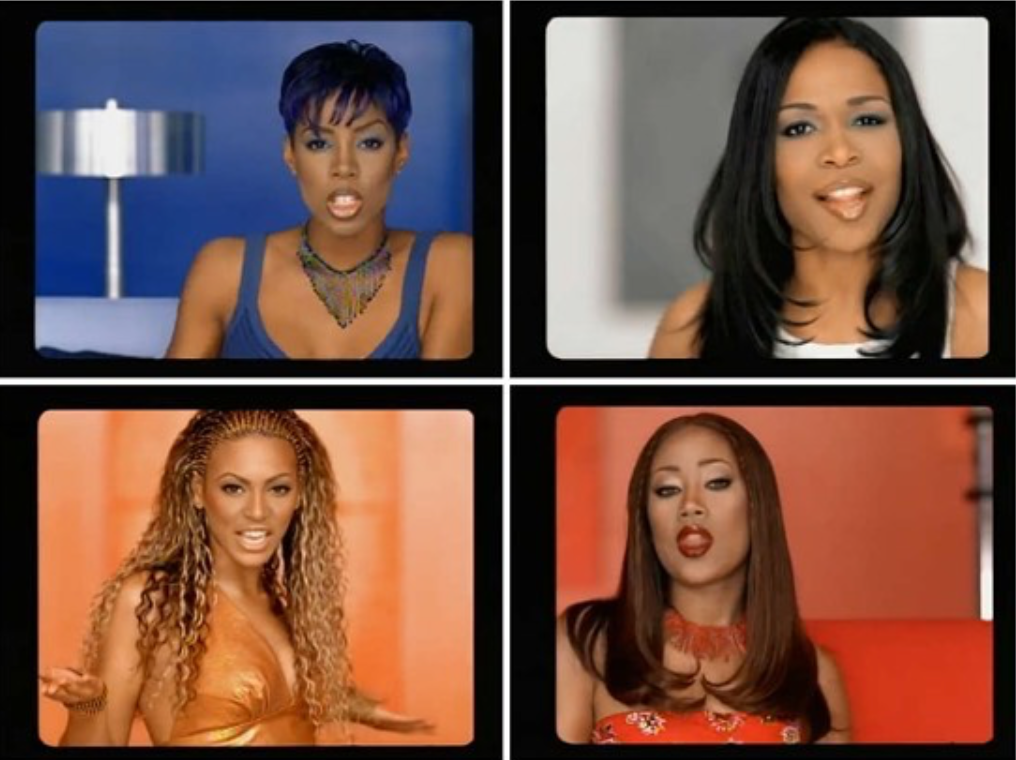
- Jul 15, 2019
What I talk about when I talk about swimming

I learned to swim at 27. But I’m not talking about swimming as in keeping my body afloat for the first time, mastering the movement of holding my head bobbing over water, pushing and thrusting with my feet—and subsequently not drowning. My older sister learned me that (like she did with most things, bike riding and mischief included) at six at this alpine ski resort pool in the middle of Norway. I was a stick figure girl and very short for my age.
Read the whole thing ↓I remember the pool being completely incased in glass and that the snow was eerily bright outside. It was equally as claustrophobic as it was beautiful and I mastered a few weak strokes before my sister yelled out in glee.
I have few other memories from the affair itself, apart from obviously not being afraid of drowning ever again—and that I found a nice book about birds in the gift shop of the resort that I convinced my mom we should buy for my grandmother, because she liked birds. My mother silently complied. And I could swim. Or at least I thought I could. Because a few years back I got an urge to learn how to swim properly. I’m talking about actually mastering water and working with it, not against it. And then I realized that learning to swim, again, is indeed a fight for your life.
It’s quite crazy, but the first cave paintings depicting the act of swimming dates back 10,000 years and were found in the Cave of Swimmers, near Wadi Sura in southwestern Egypt.
The kind of frog swimming or dog paddle most of humans do today is a rather primitive way of moving through water. We call it breaststroke, but it’s not an actual breaststroke either (search for competitive breaststroke on YouTube and YOU’LL KNOW WHAT I MEAN), as proper breaststroke is done halfway under water, your whole body submerged as you stretch out as an arrow and take a full stroke, before bobbing your head quickly up for air.
In terms of efficiency, the front crawl—where your head is submerged at all times, moving sideways for air as your arms stretch over your head, plunging through the water and pulling you forward like a windmill, feet in a mermaid kick position like a fish—is far superior, but that’s not the only reason why I wanted to learn this movement. I found breaststroke clunky, and it felt unnatural in some way treading water in a semi-upright position. If your local swimming pool has one of those «blue eyes» I recommend you watch swimmers from below, you’ll easily separate the frogs from the fish.
I had my first front crawl swimming lessons with eight other adults in the university pool in Oslo. Three were three awkward looking men who wanted to try triathlon (SHOCKER), the other five were women. We were a big splashy mess and quickly entered survival mode. I literally ate, chew and spat chlorine for the next few weeks. I don’t know how many ounces of water I mush have swallowed, but I remembered feeling bloated and light-headed after every session, unsure if I would ever get the rhythm of breathing and coordination of hands and feet down. I felt like I was literally drowning at all times, and we all had moments of sheer desperation: doing a full stop mid-pool, heads up, gasping for air, arms flailing.
And the smell, the smell of chlorine, it followed me everywhere, even though I scrubbed my skin red after every practice.


